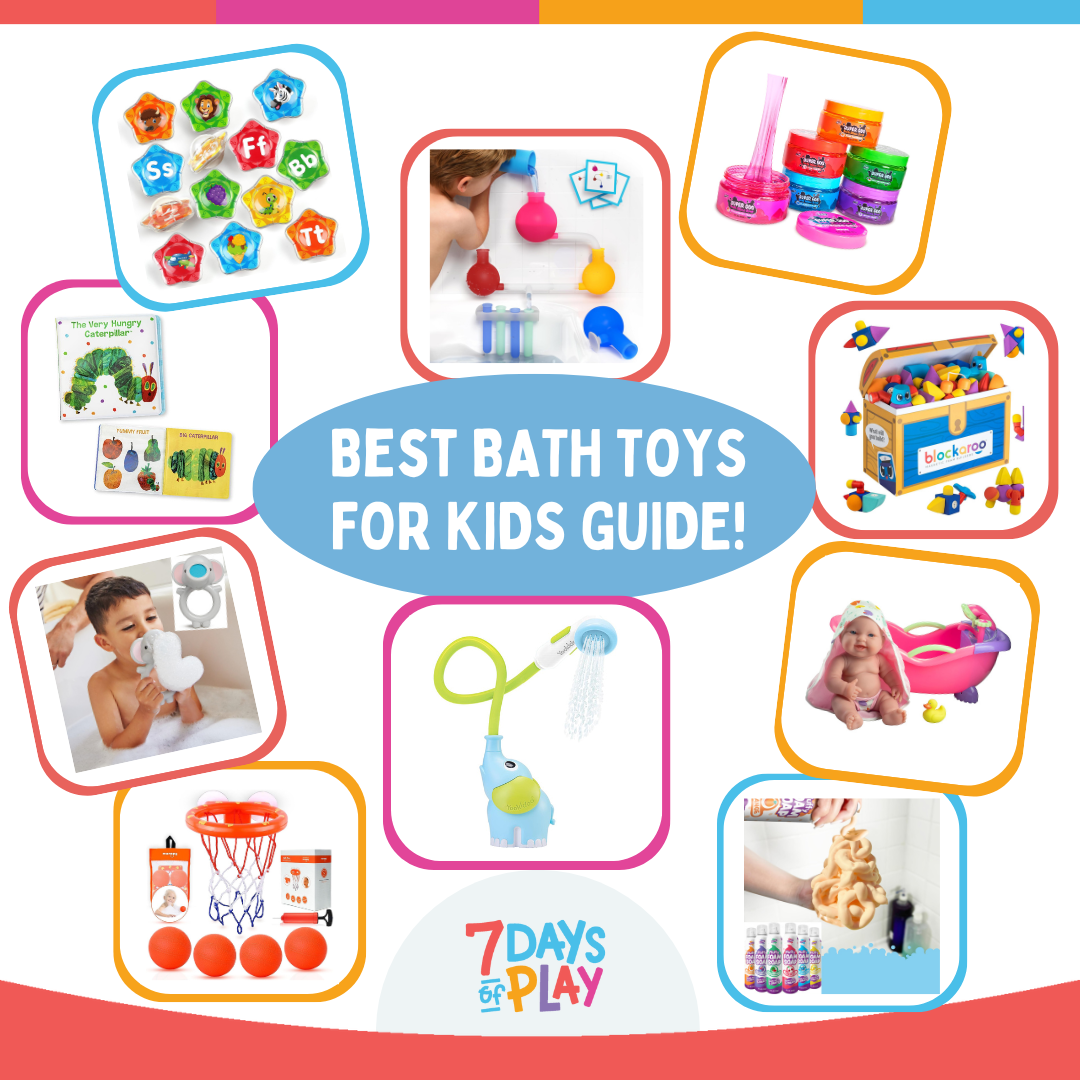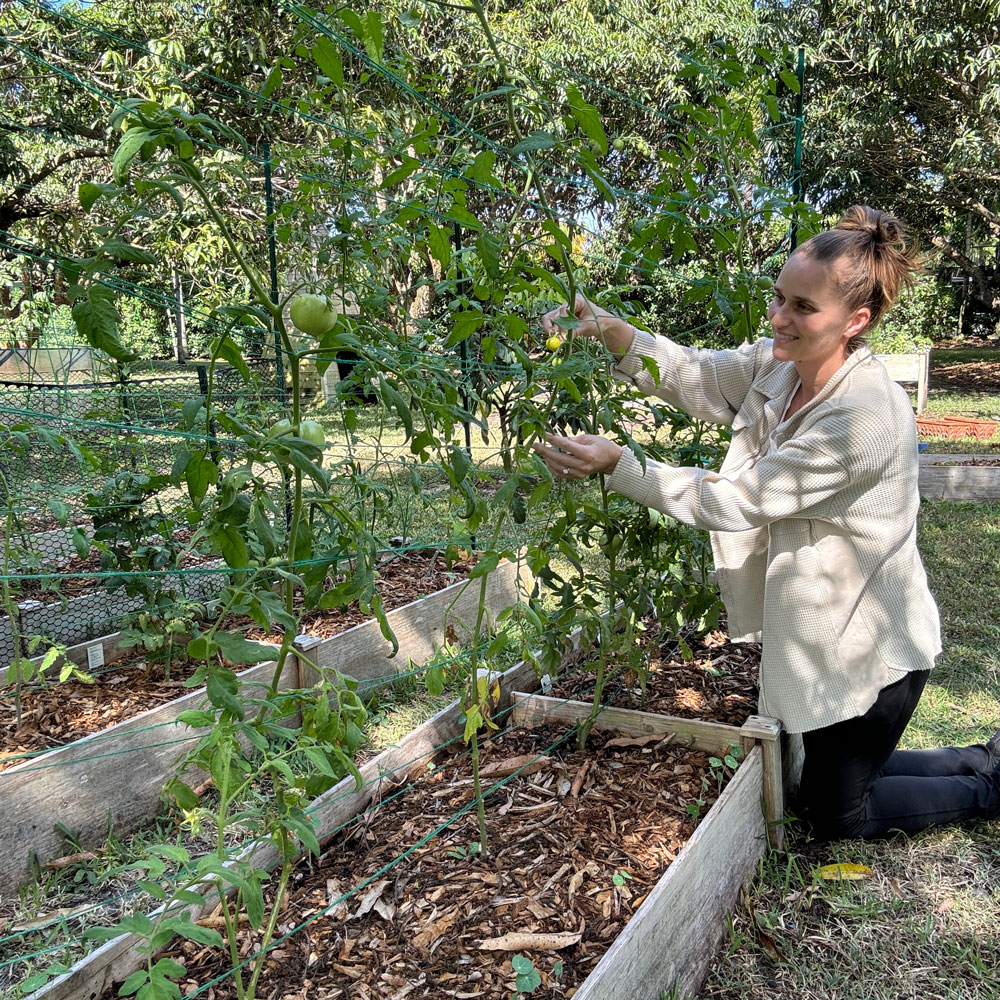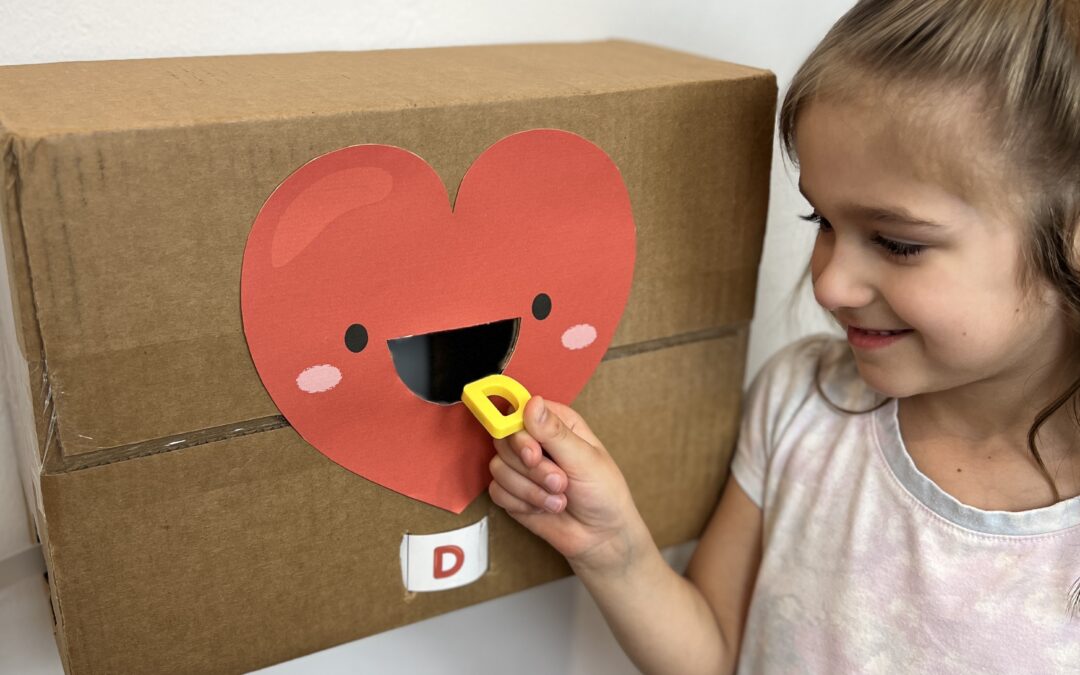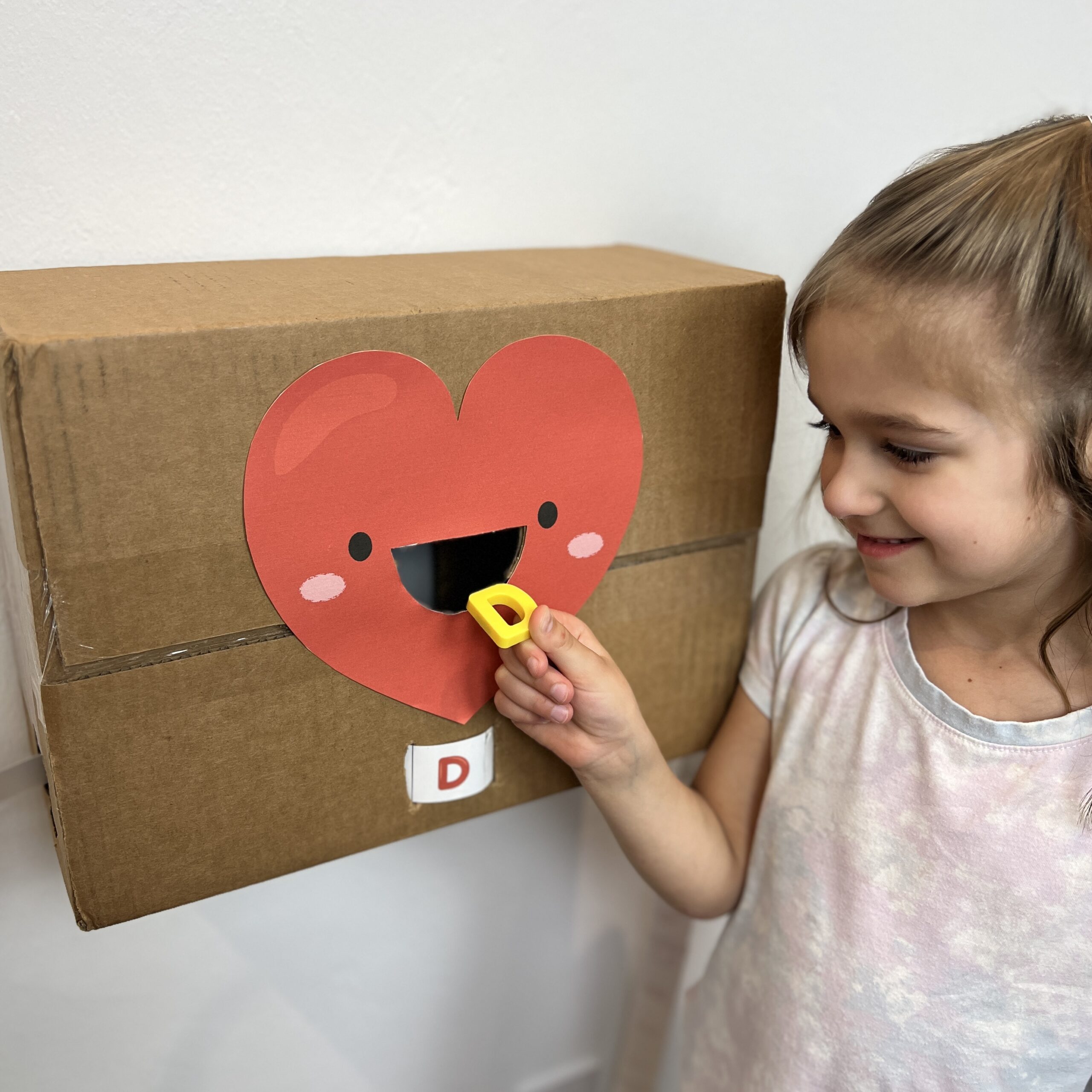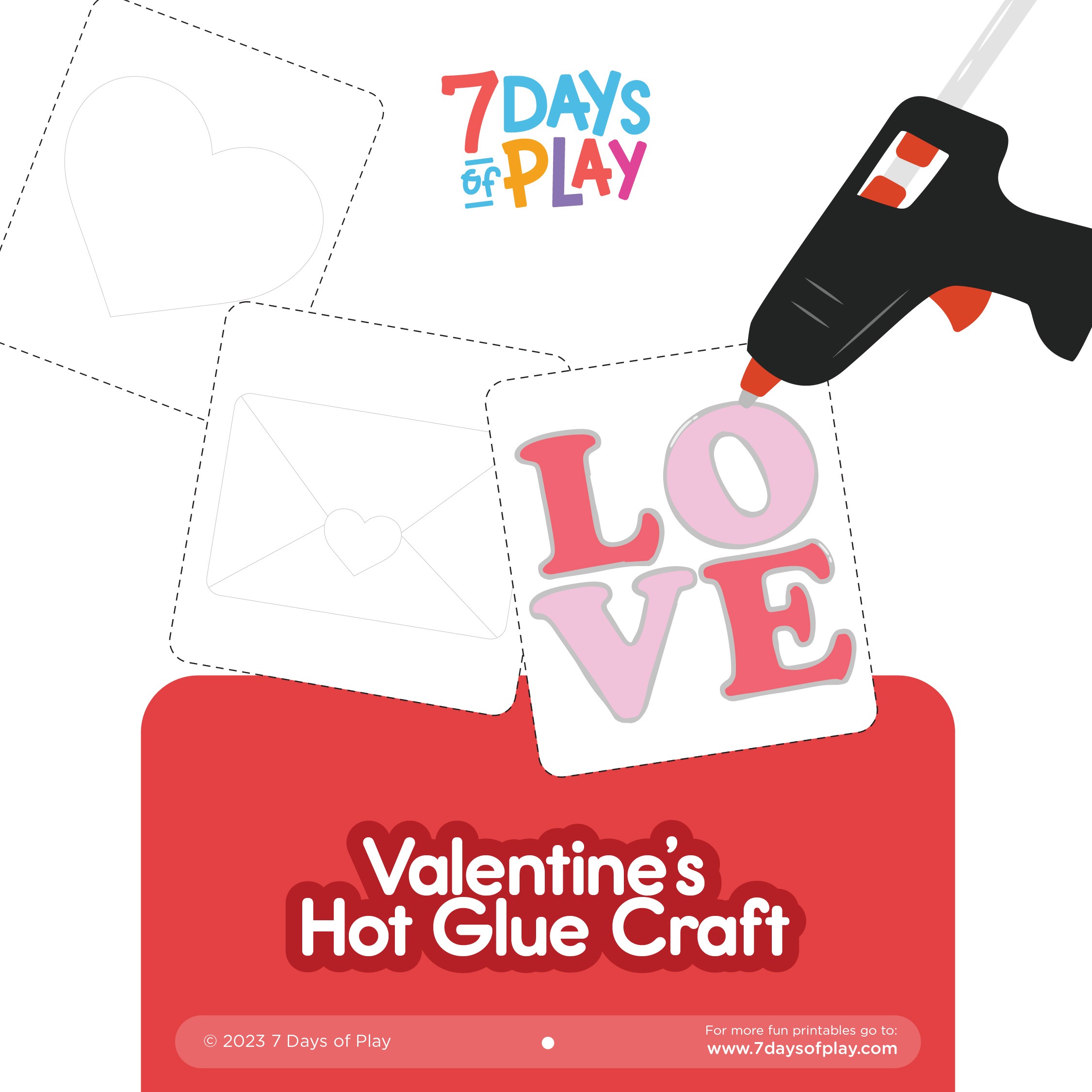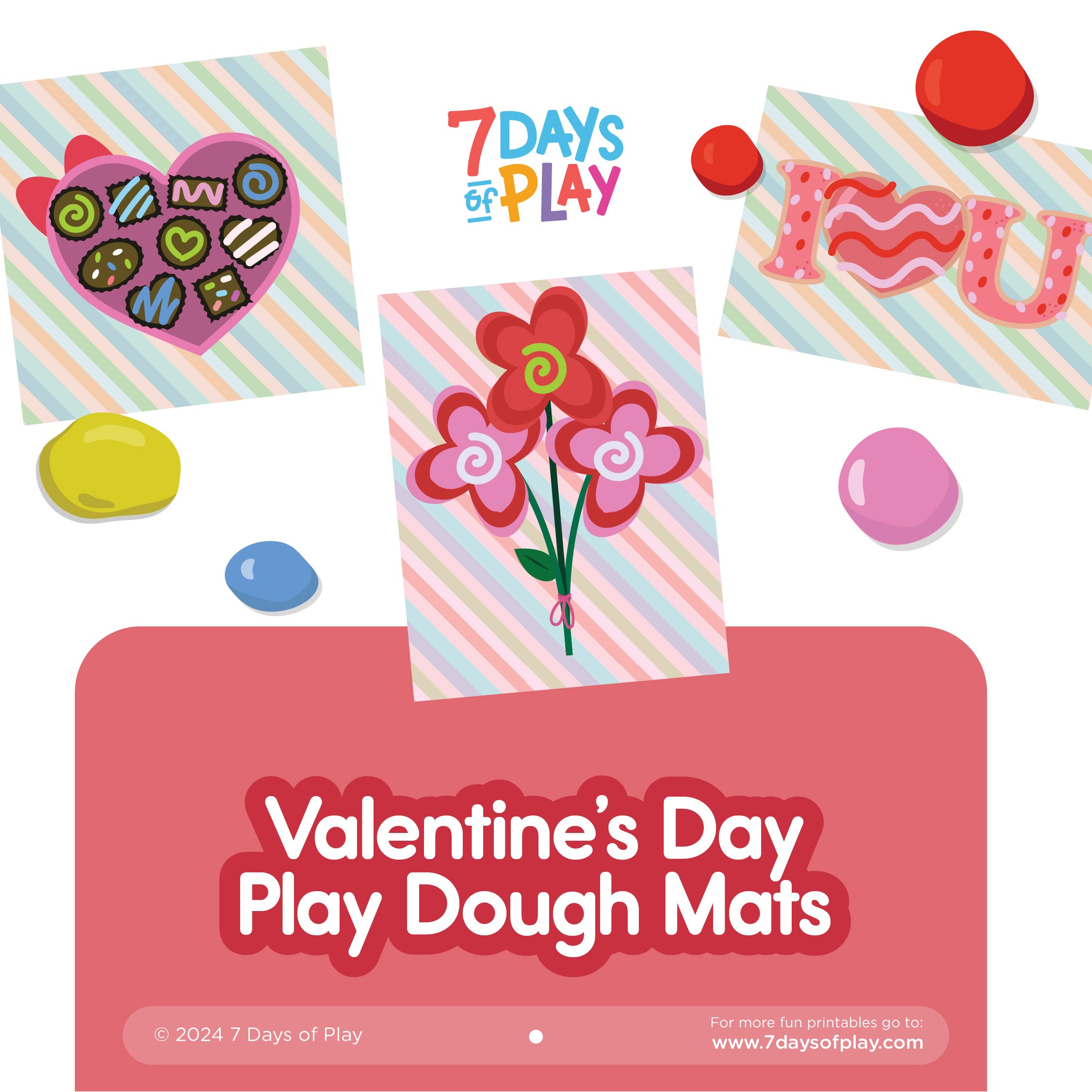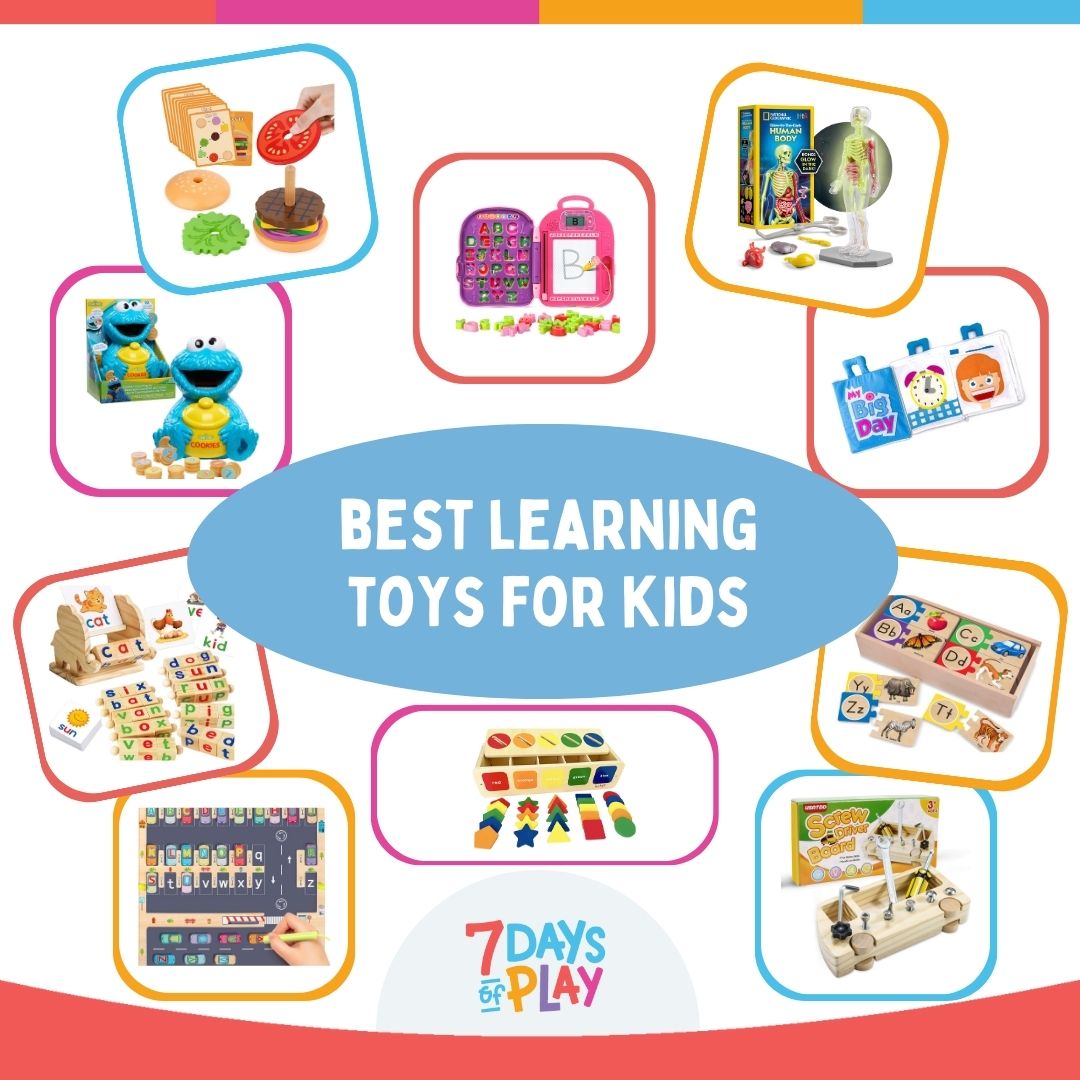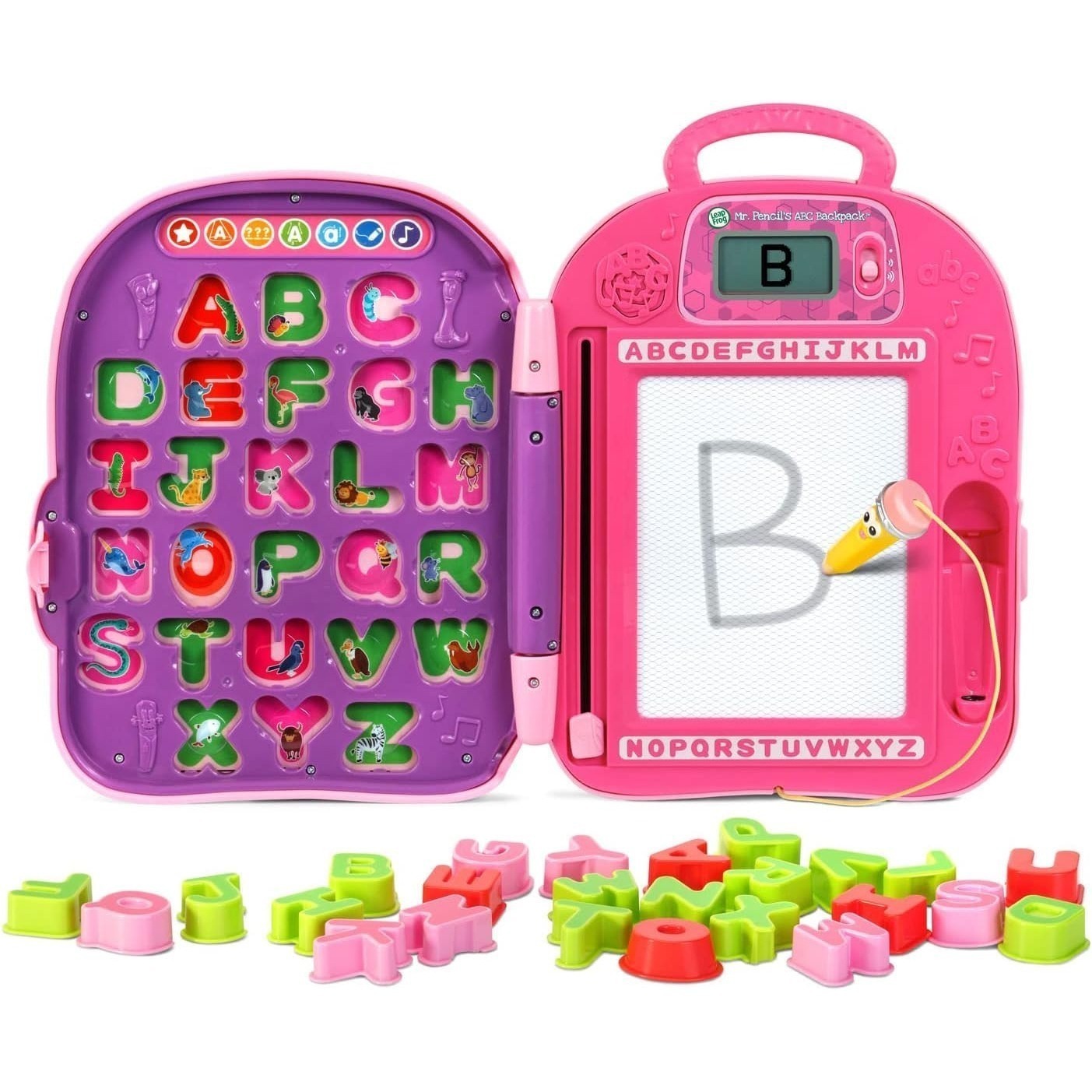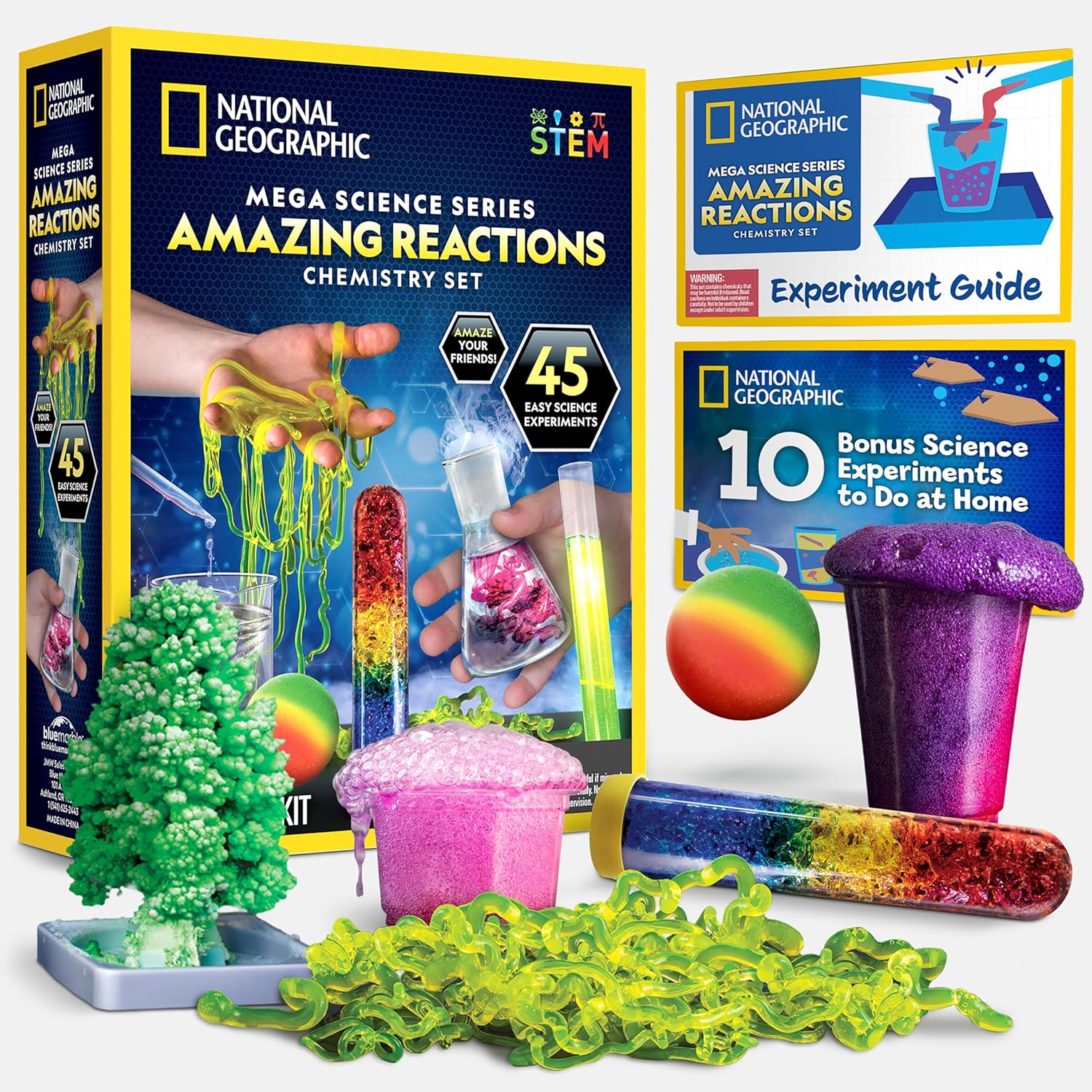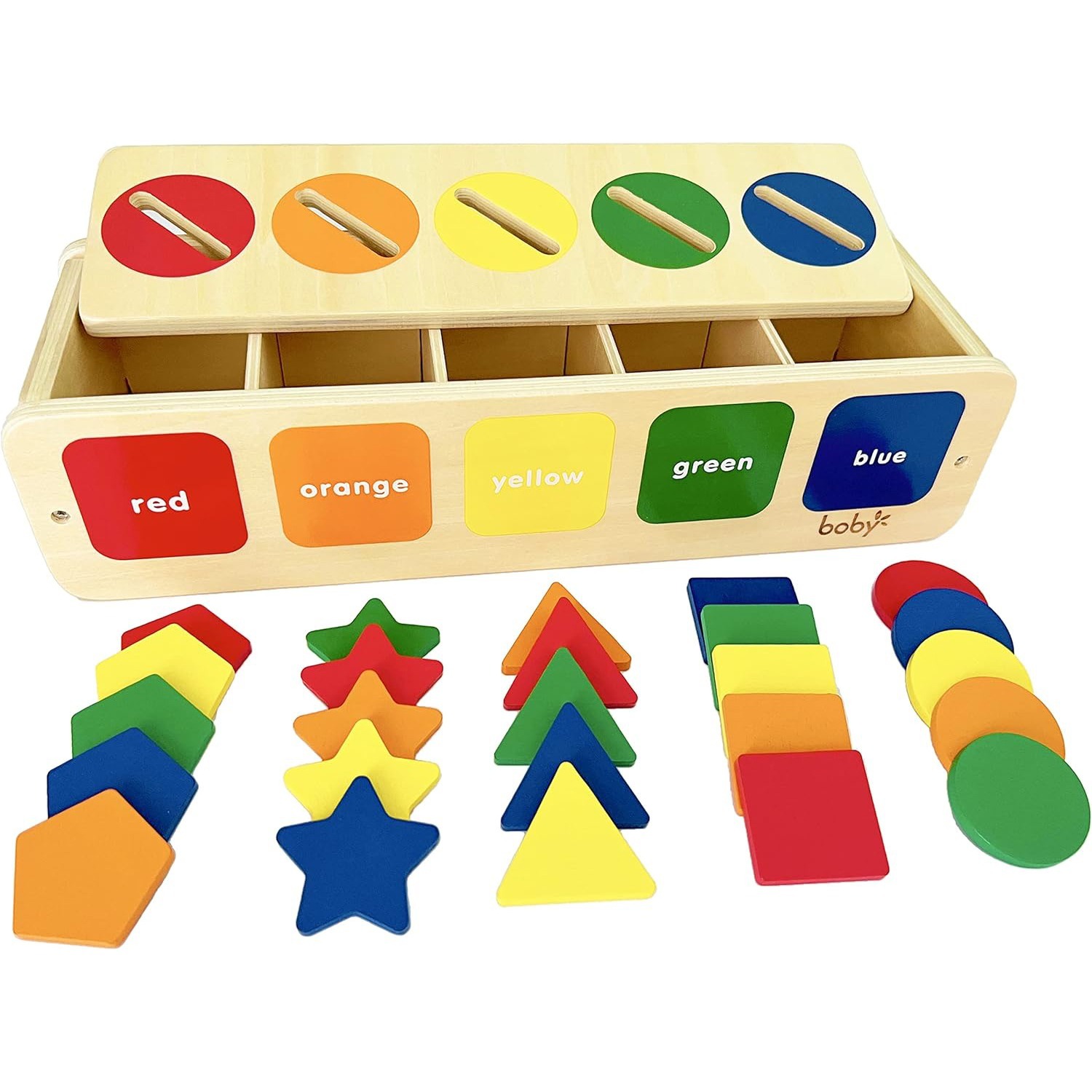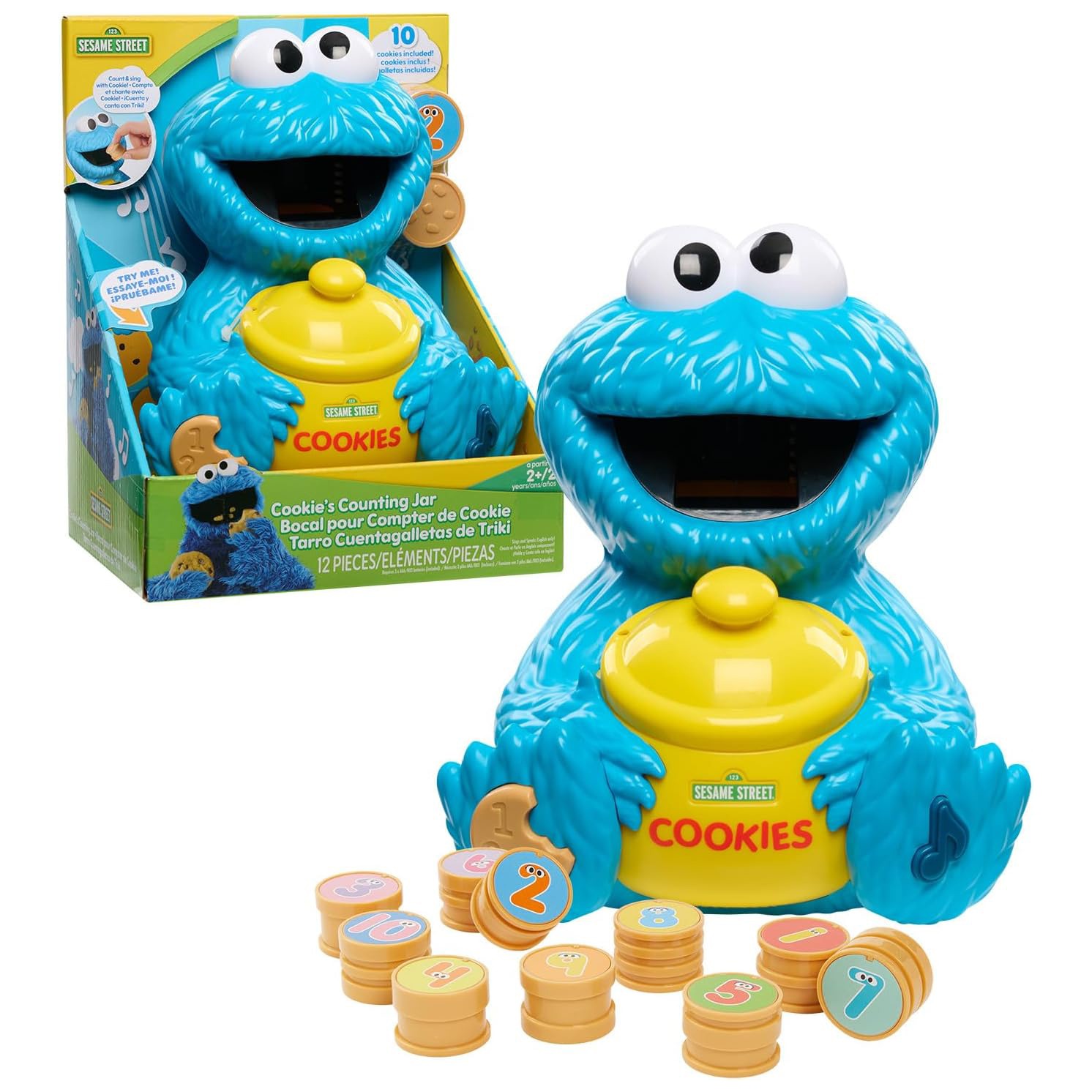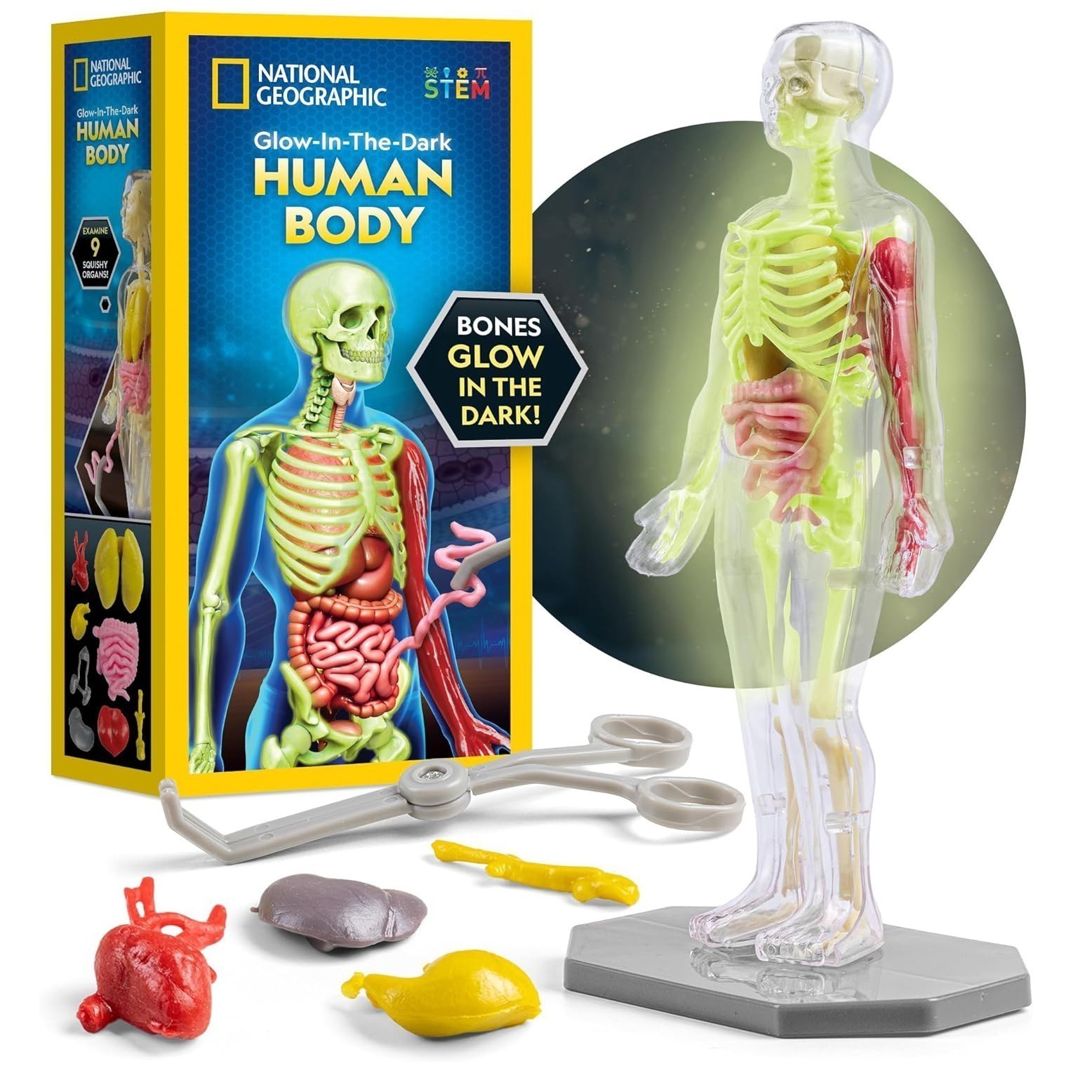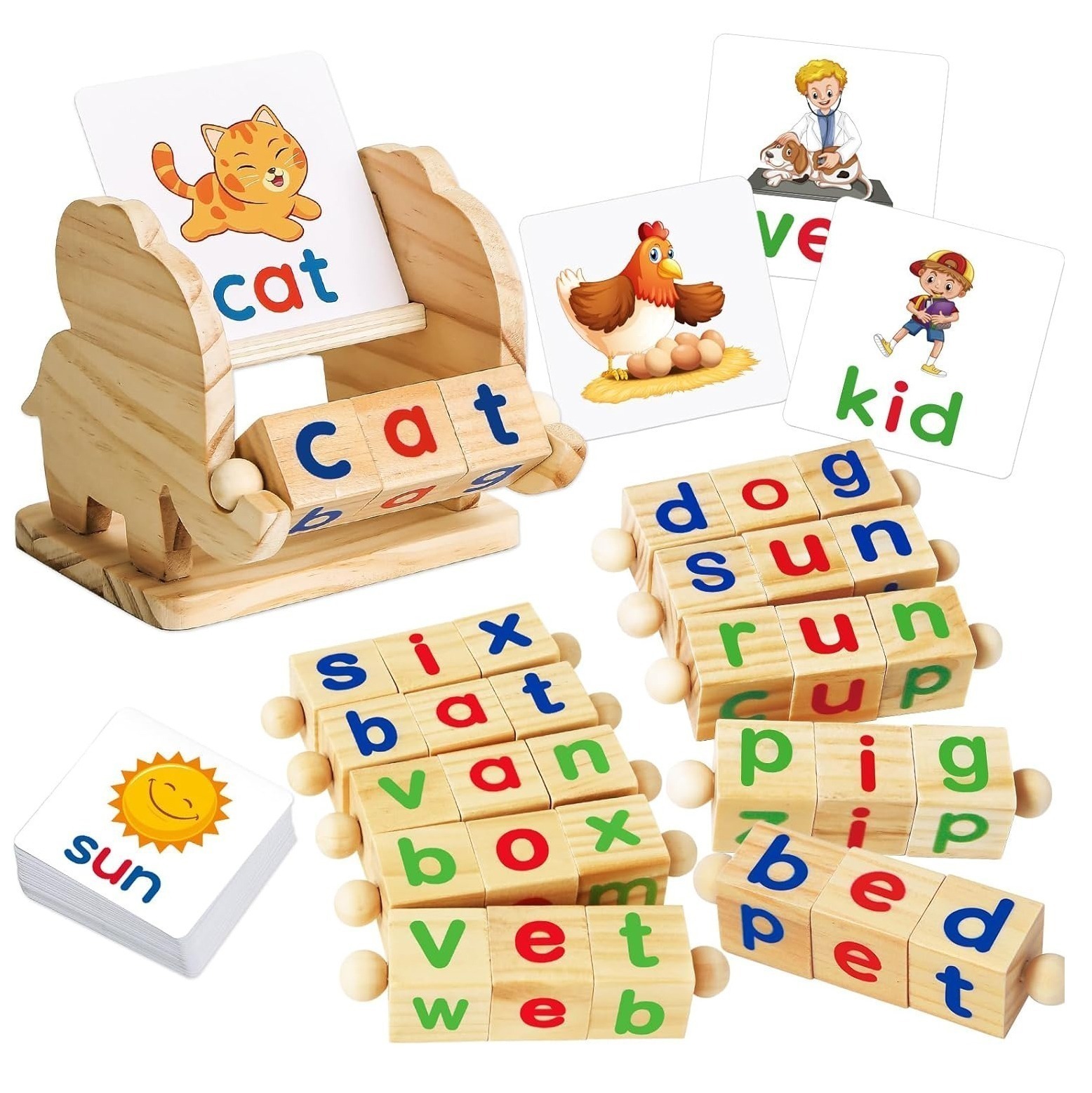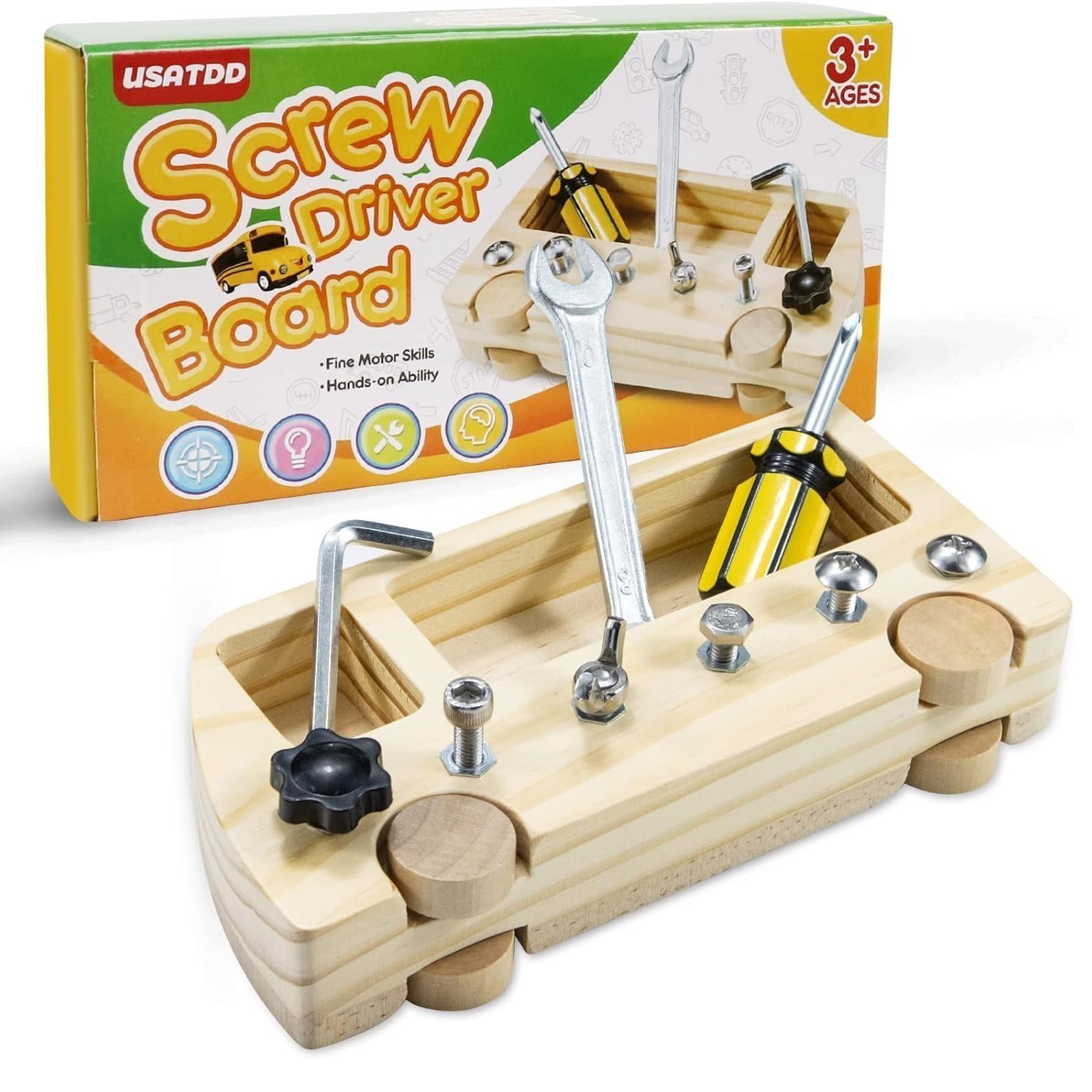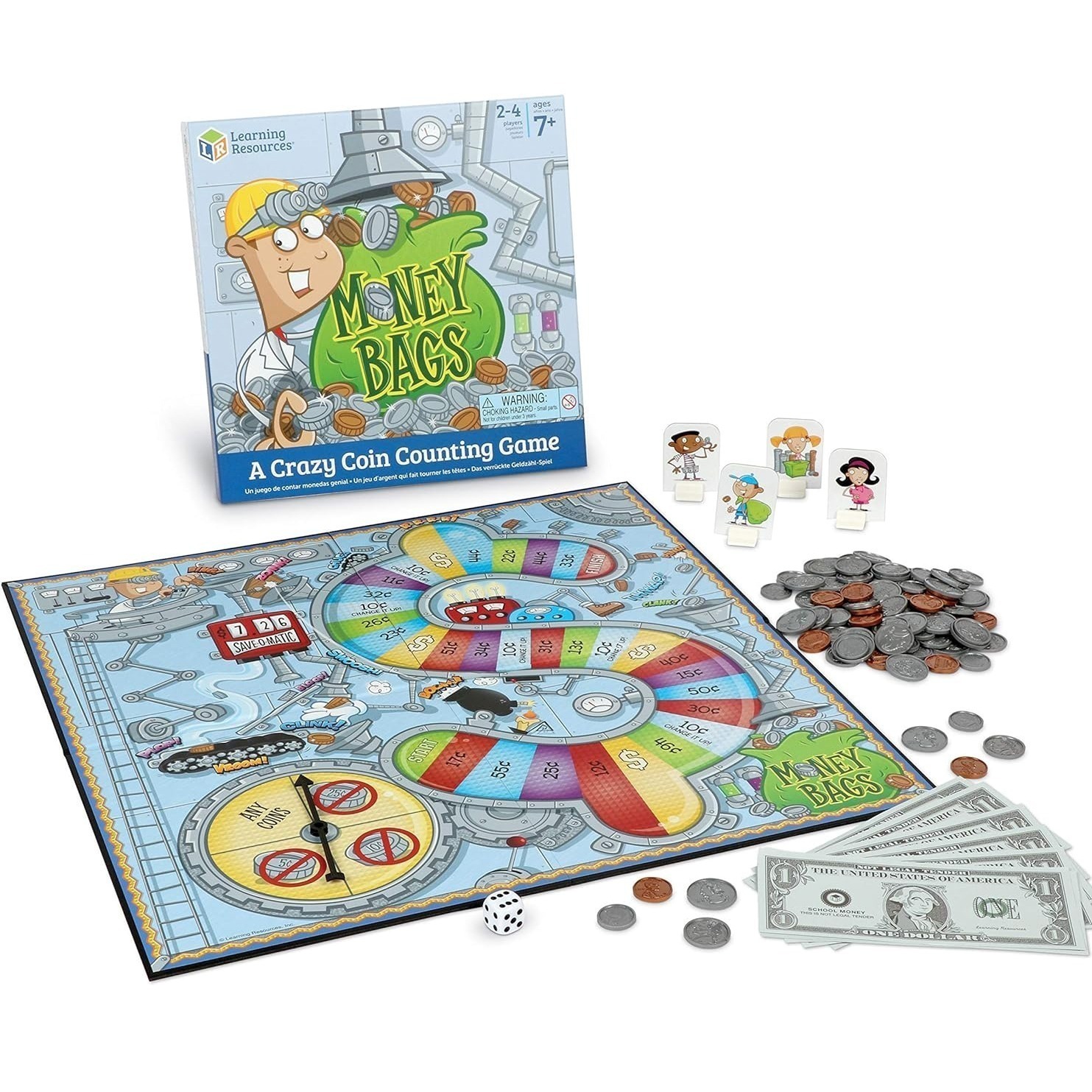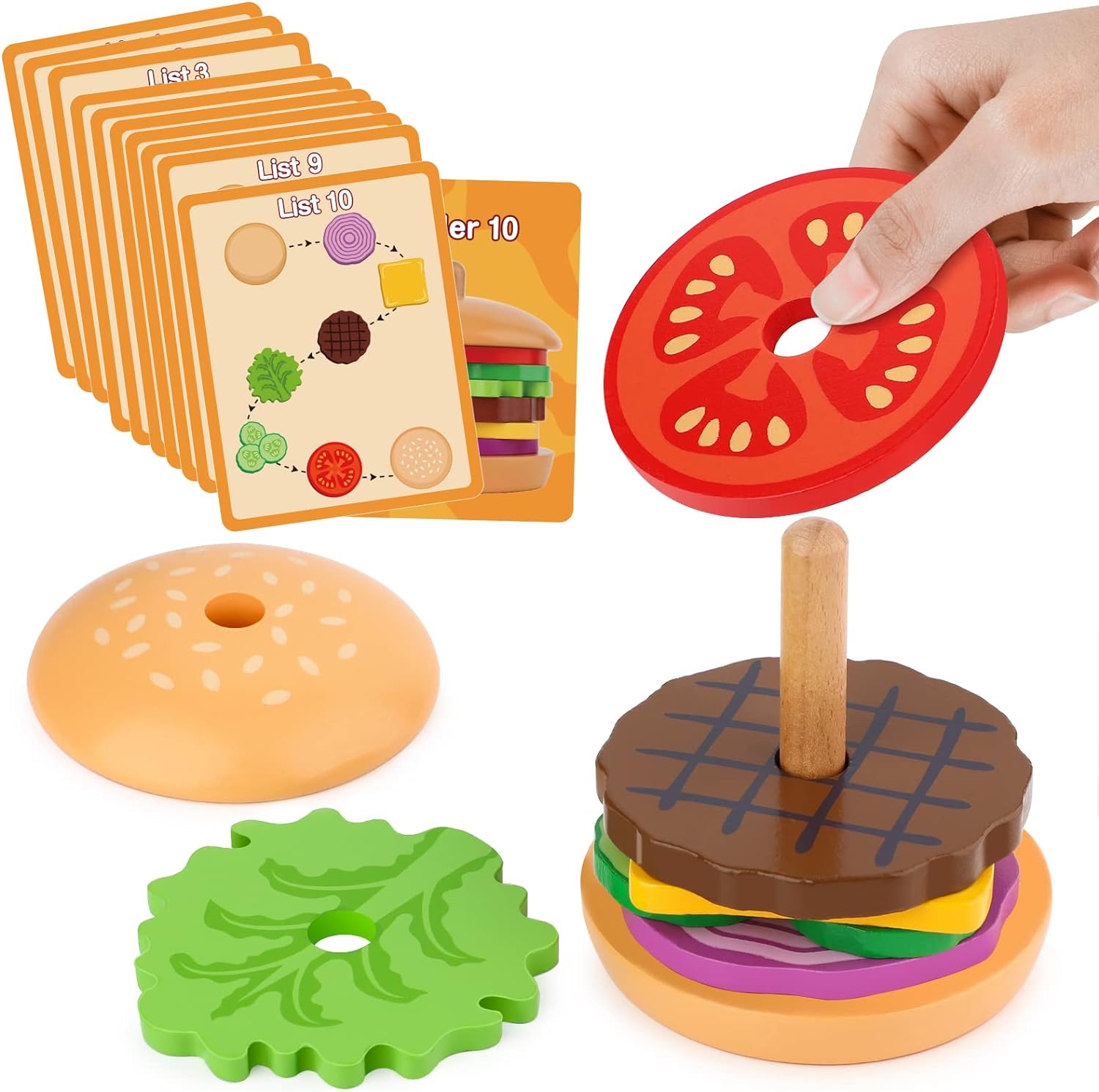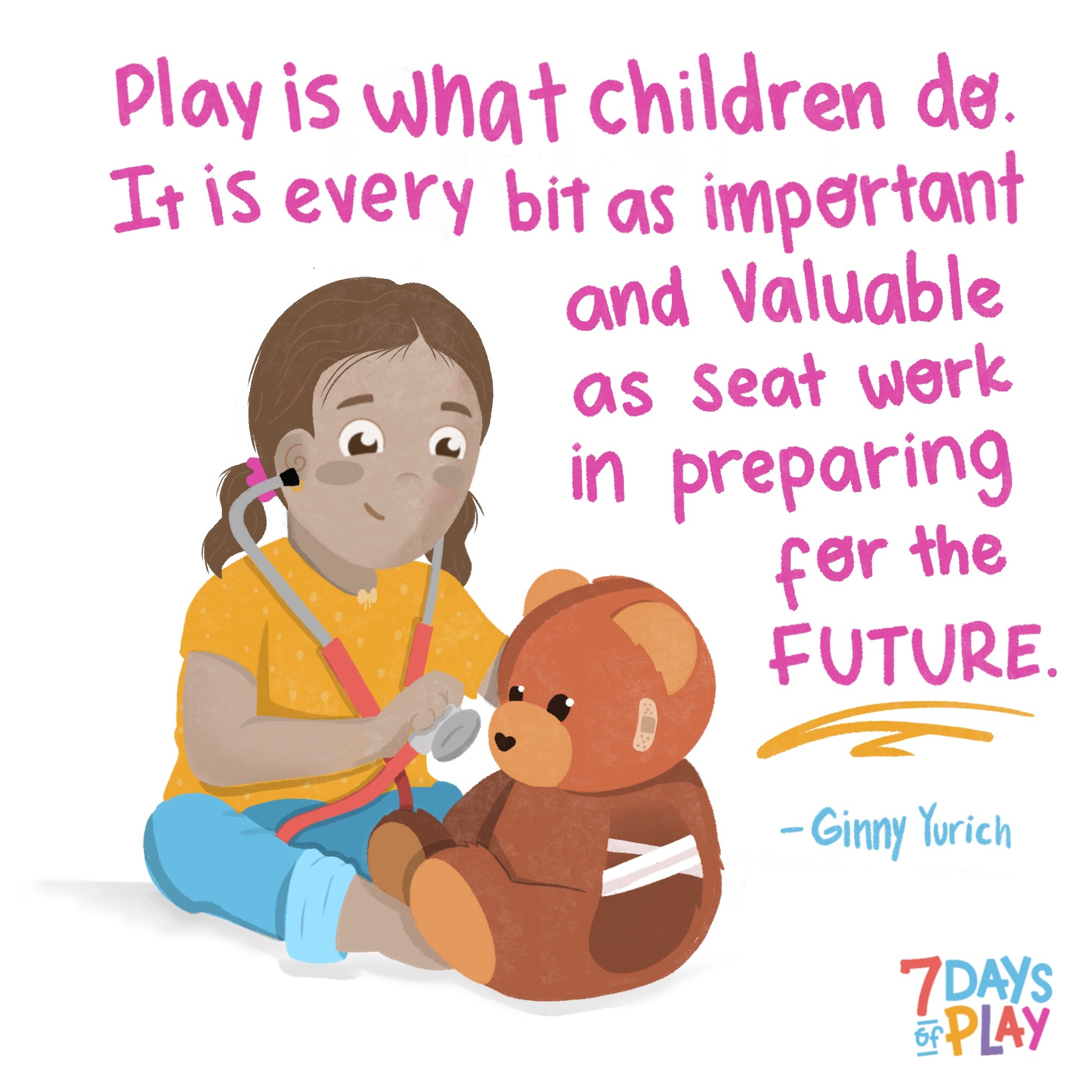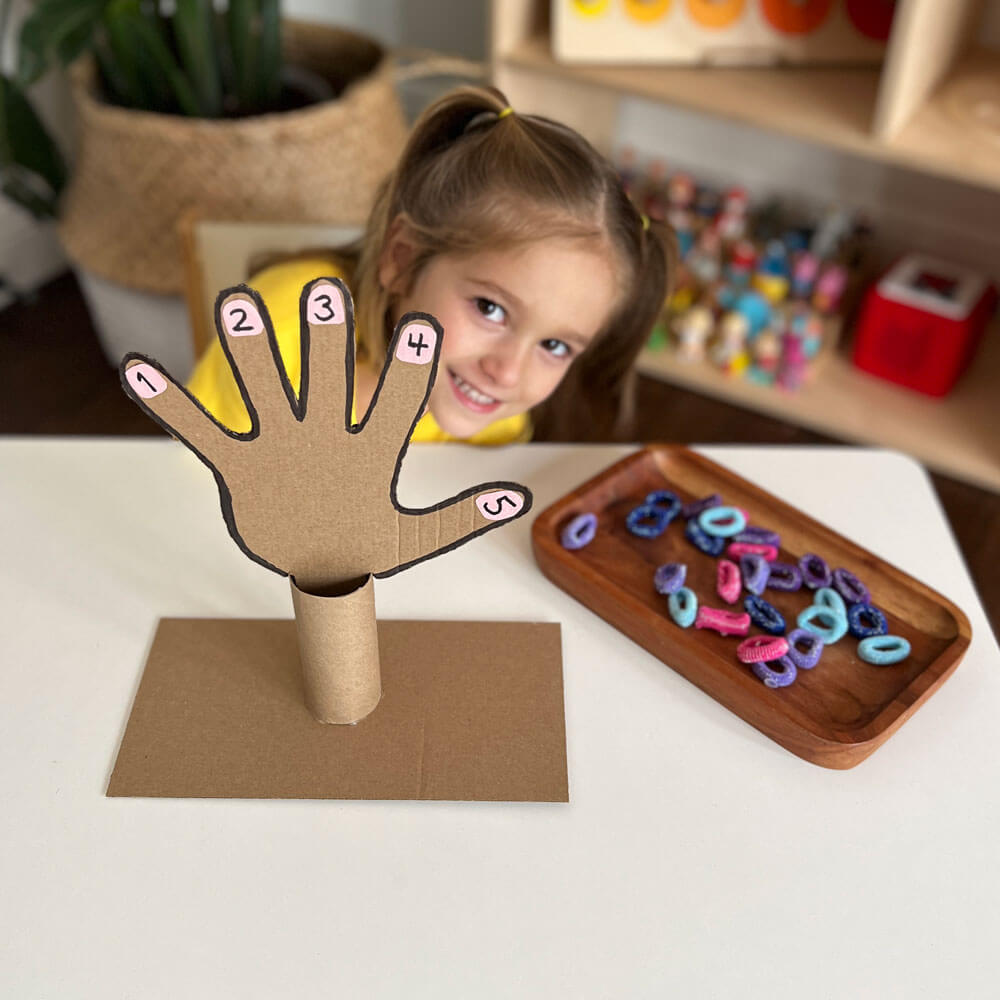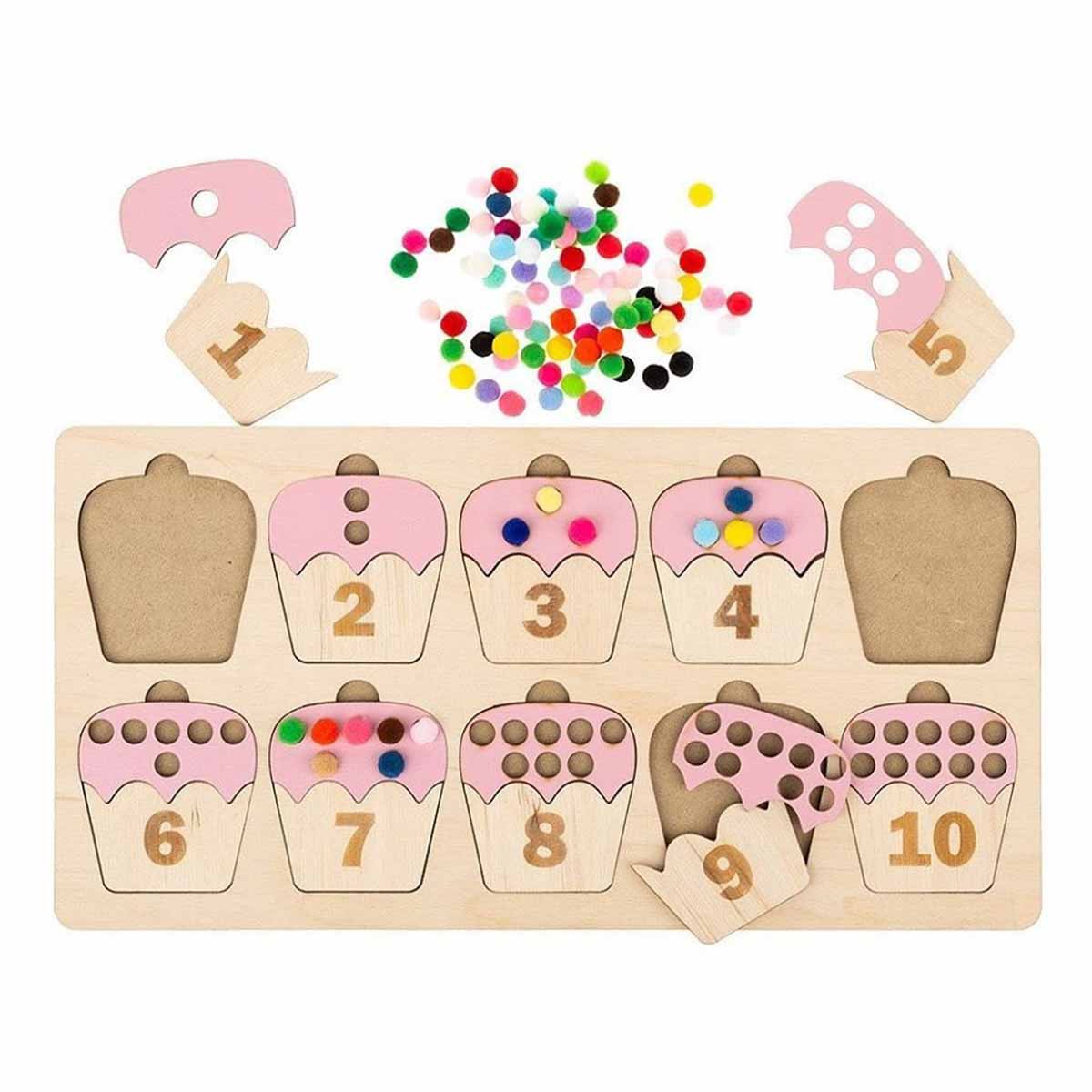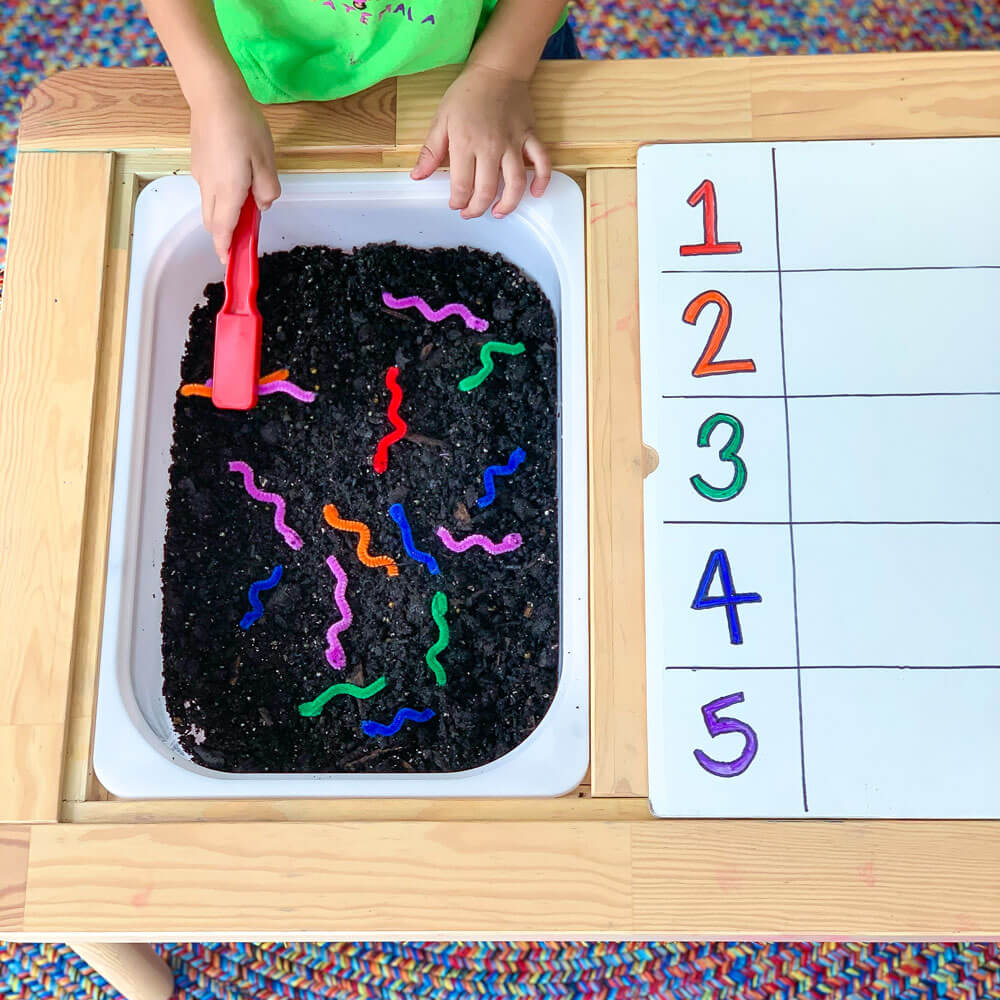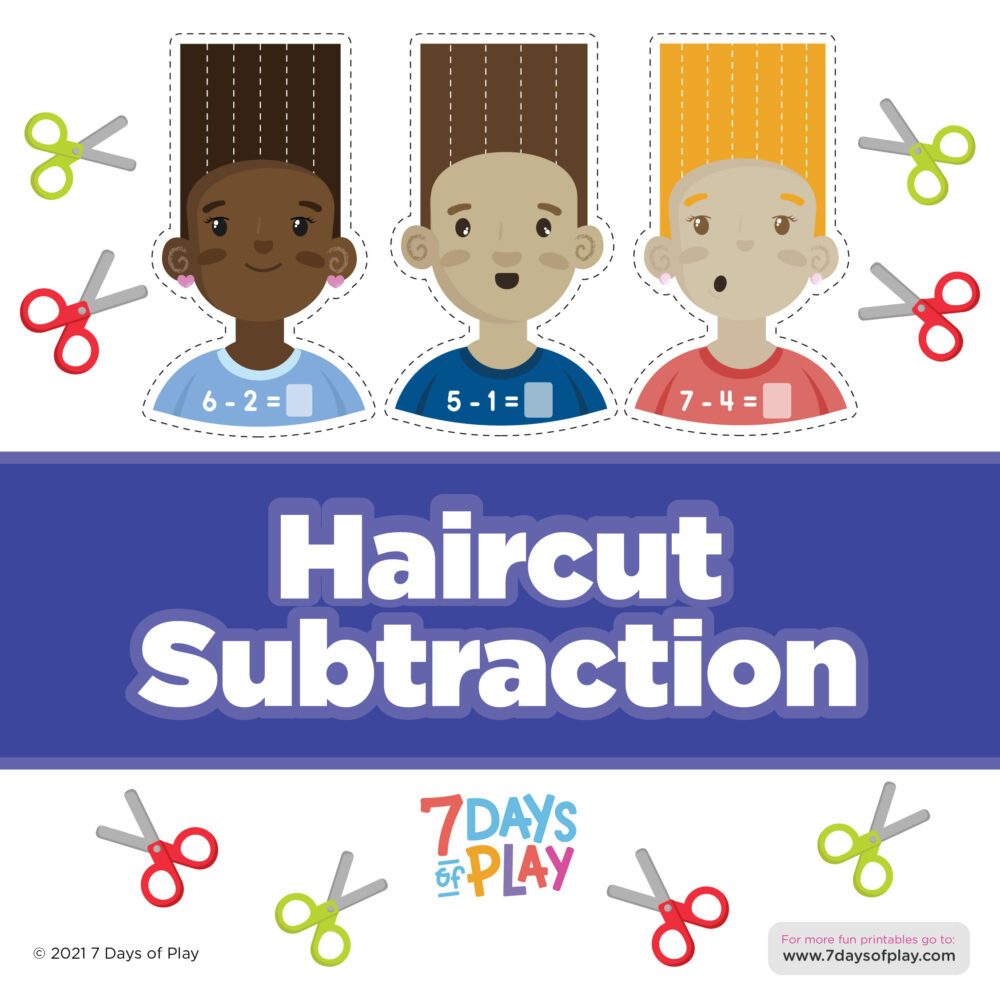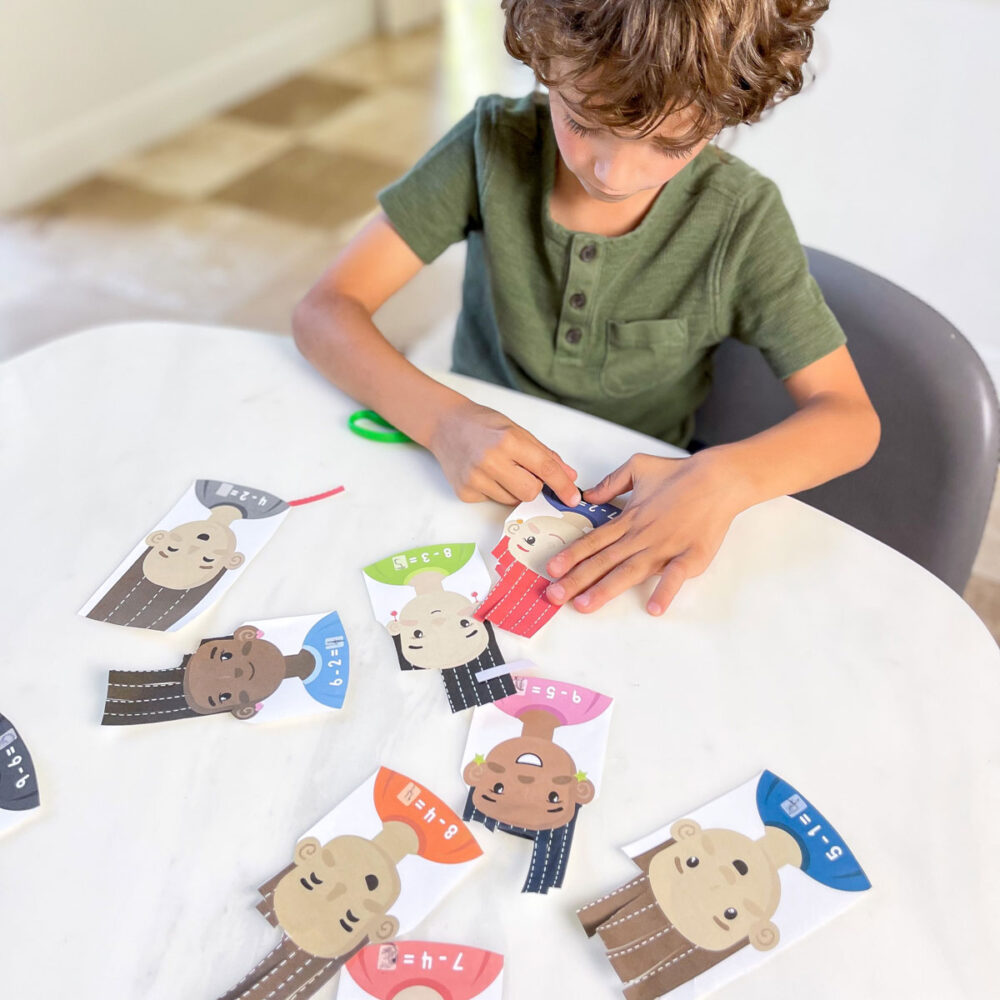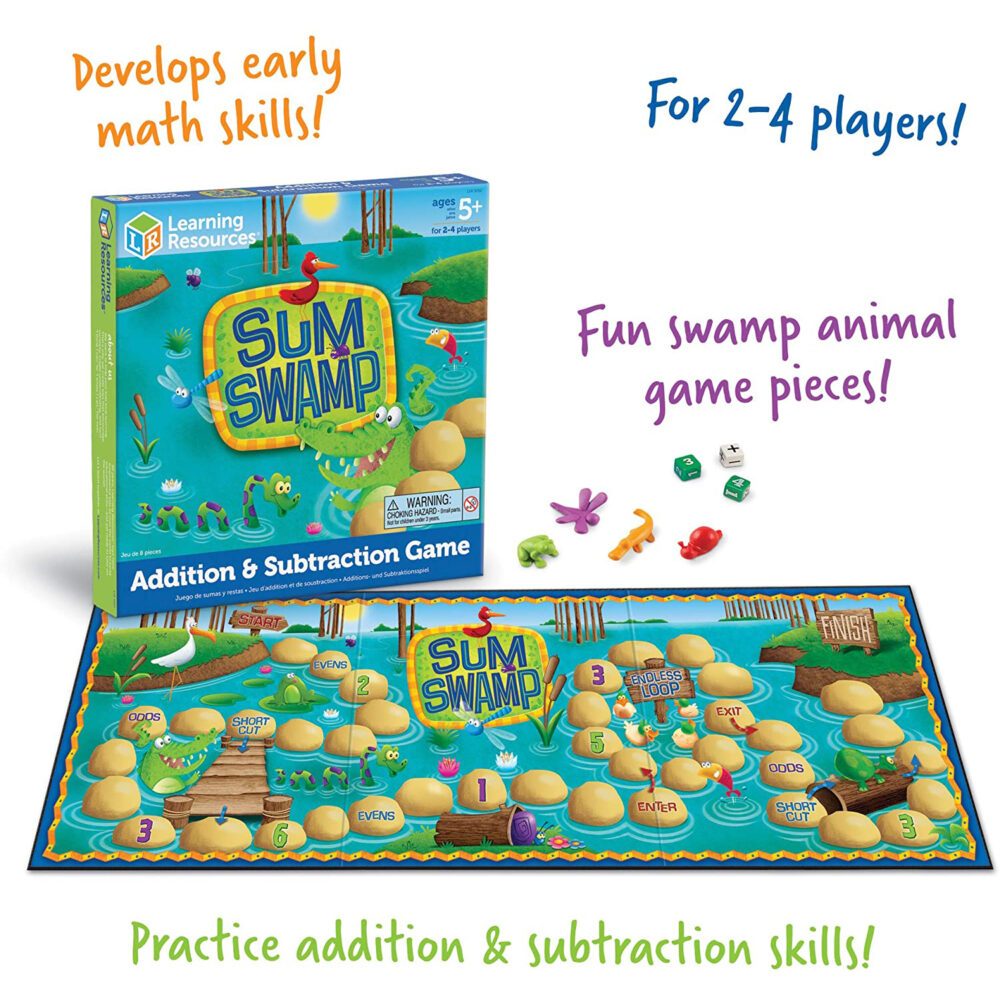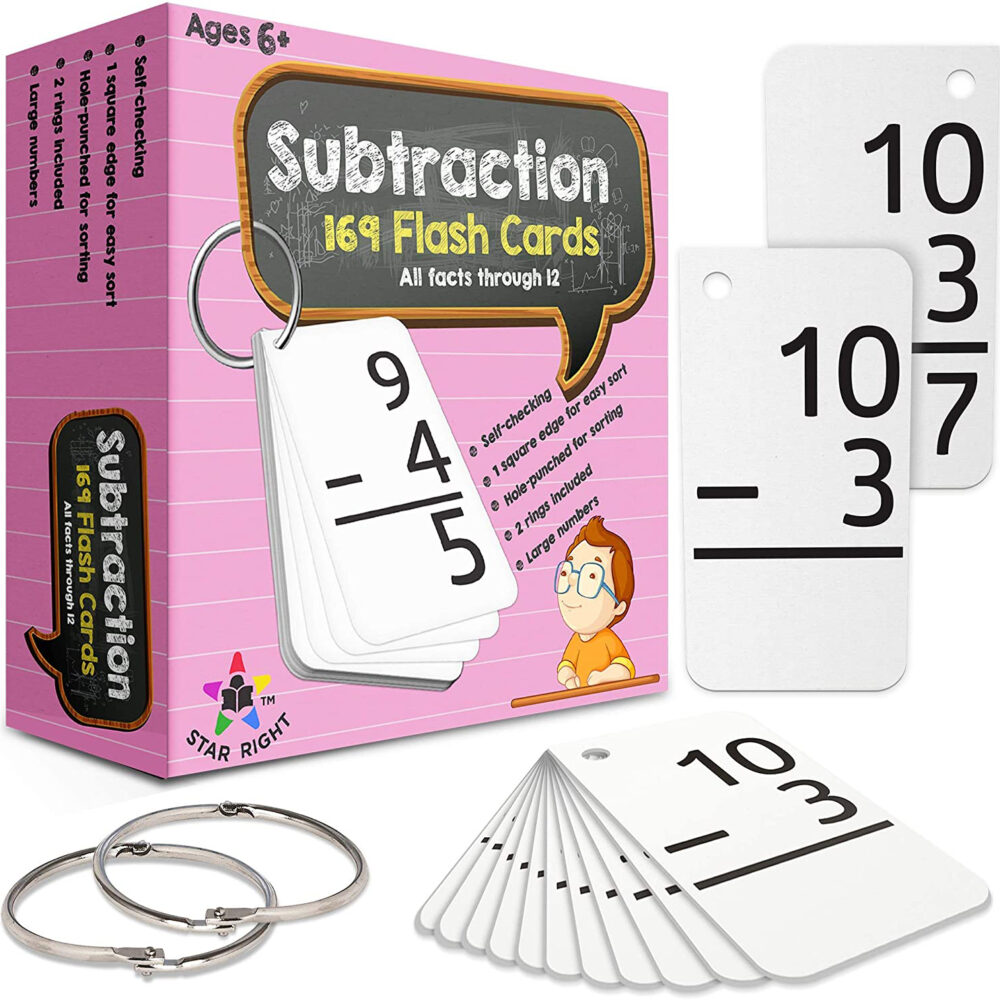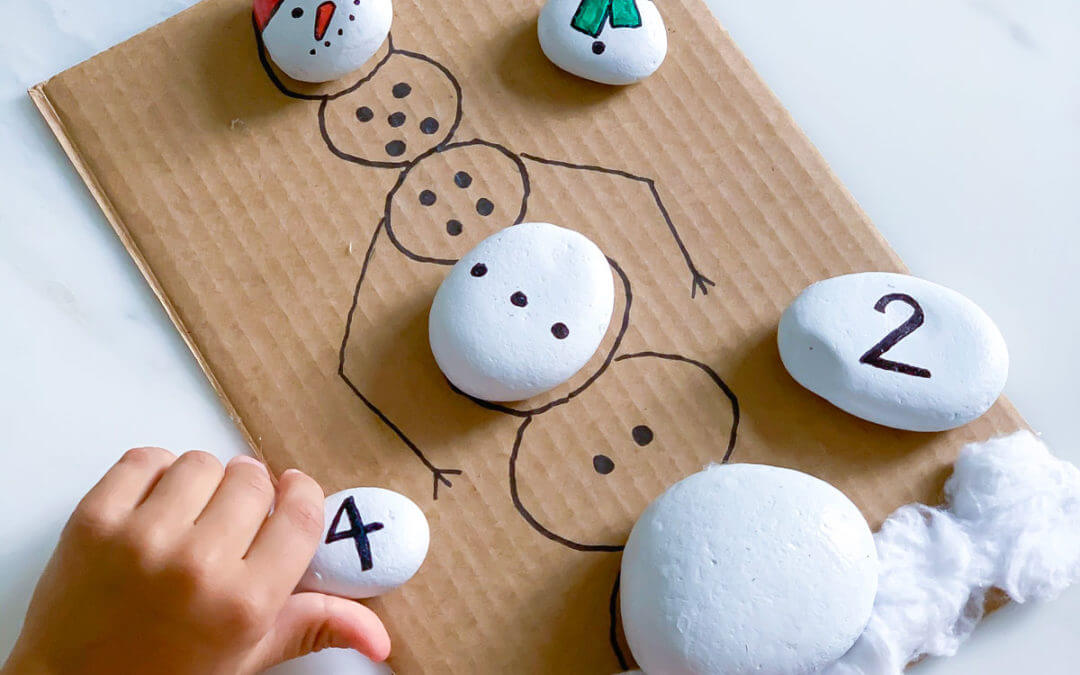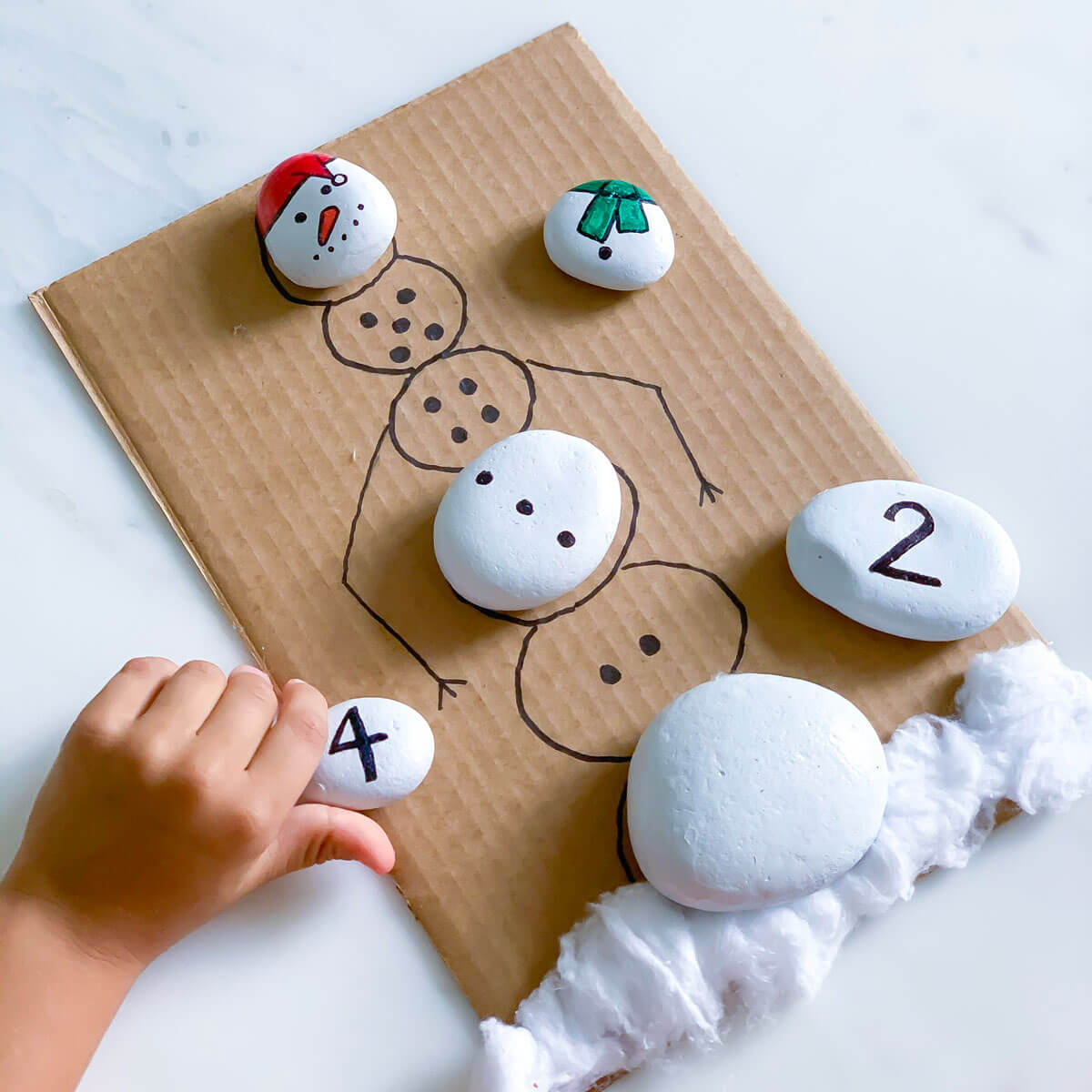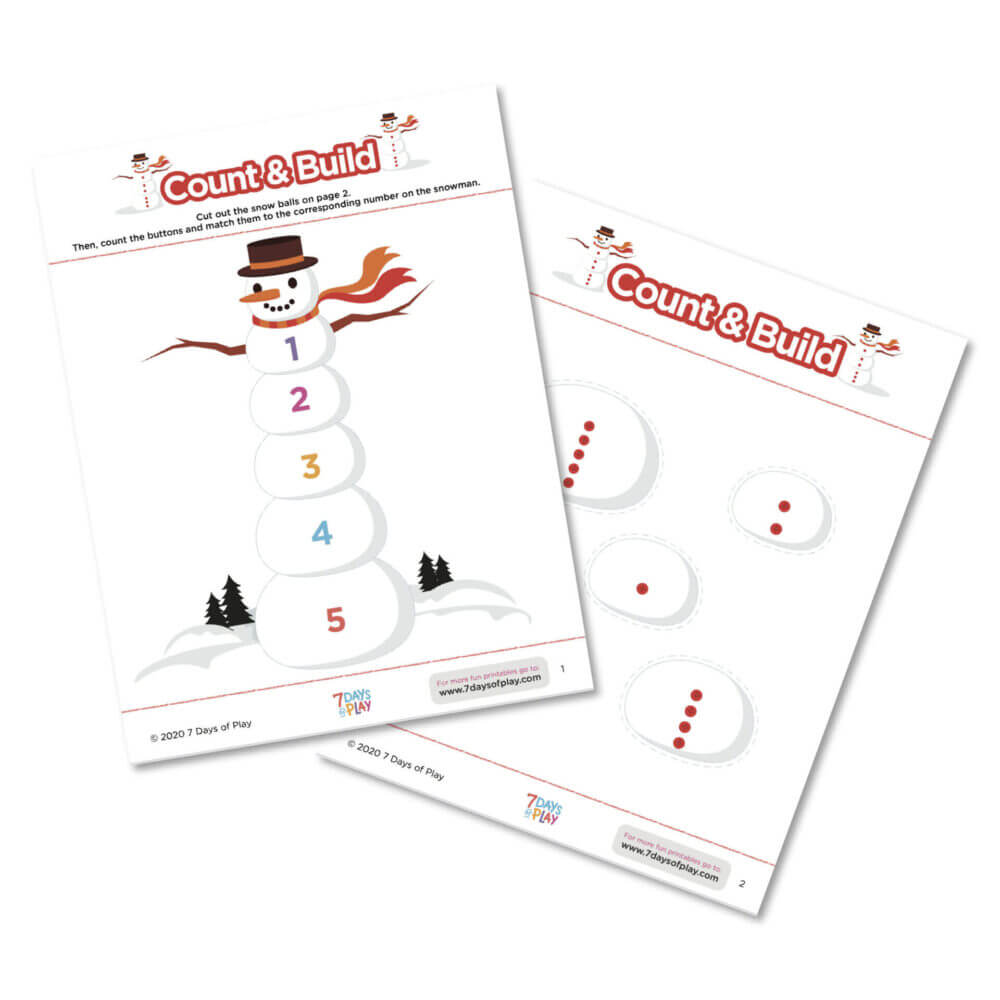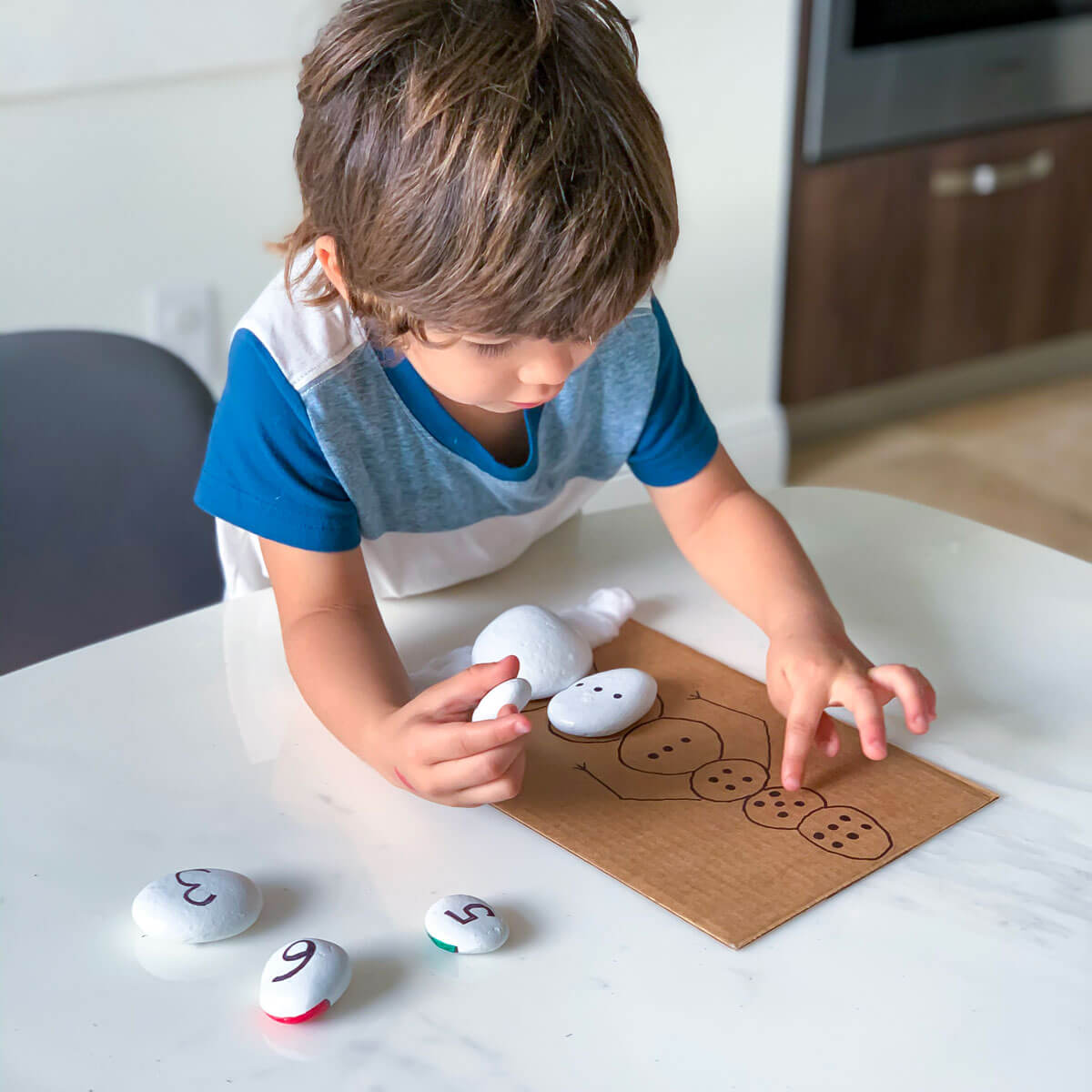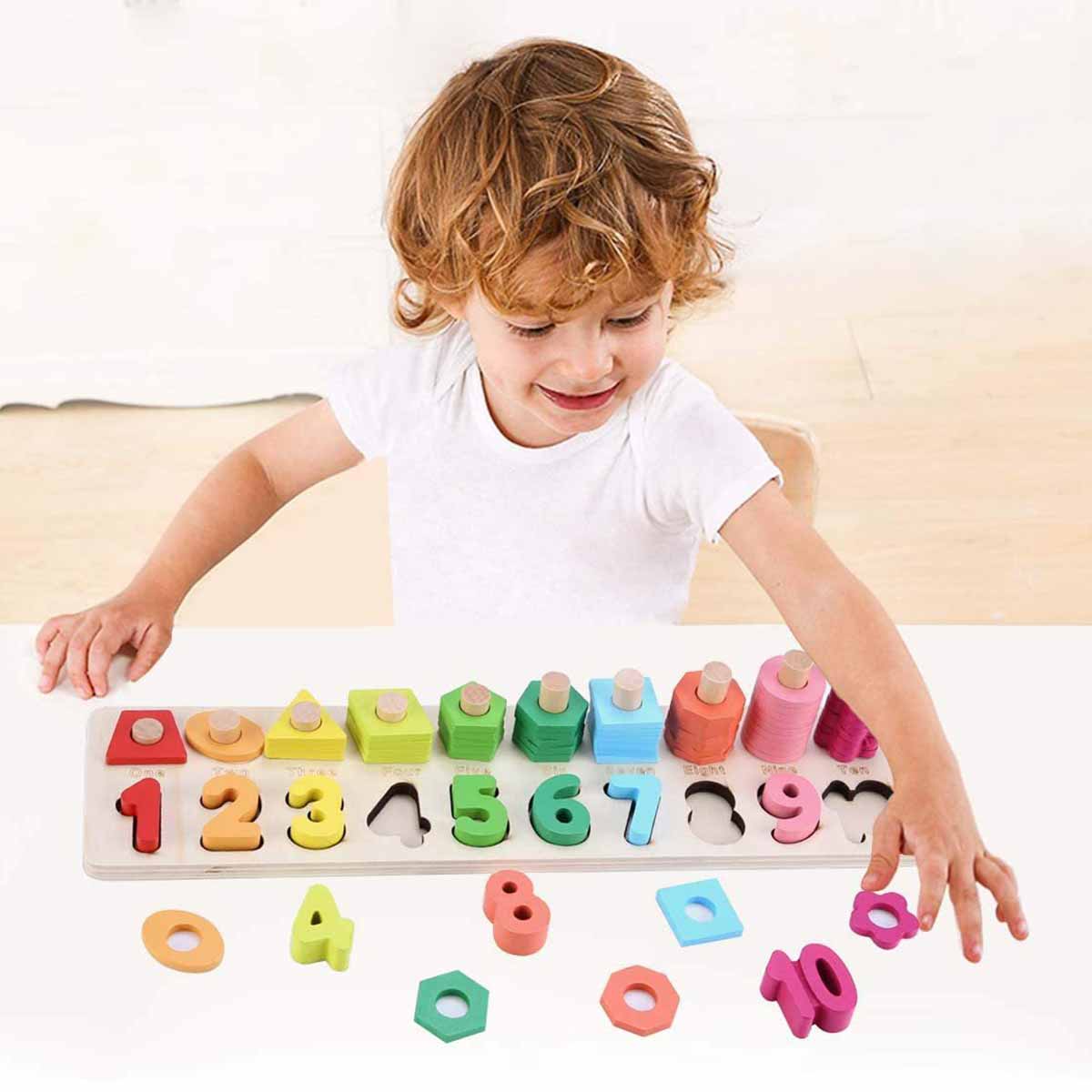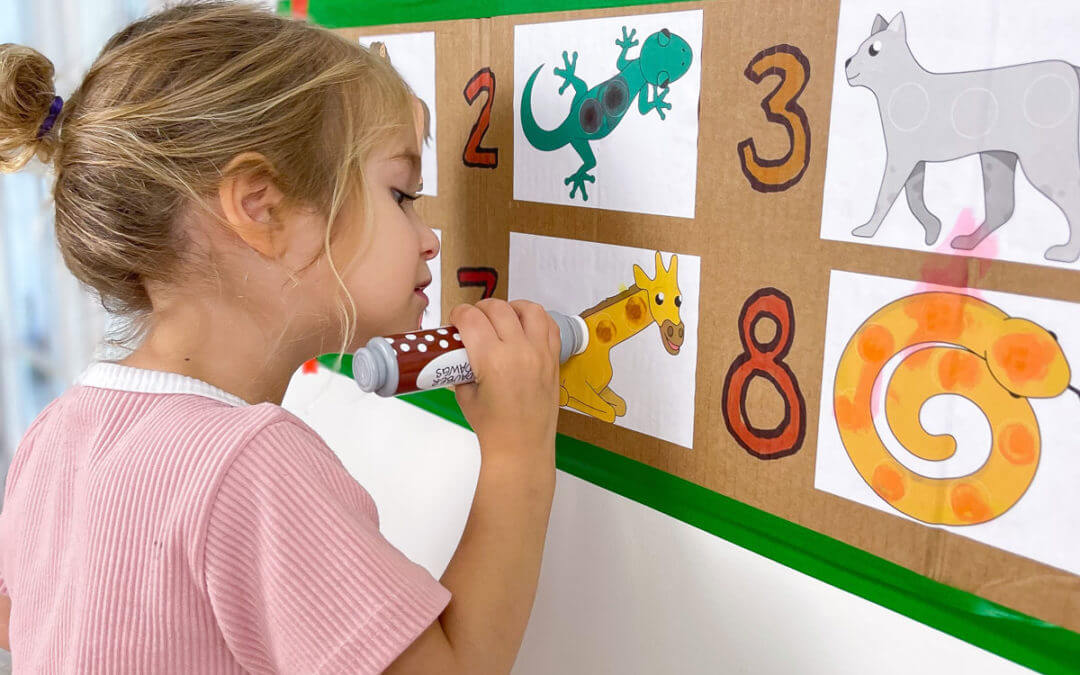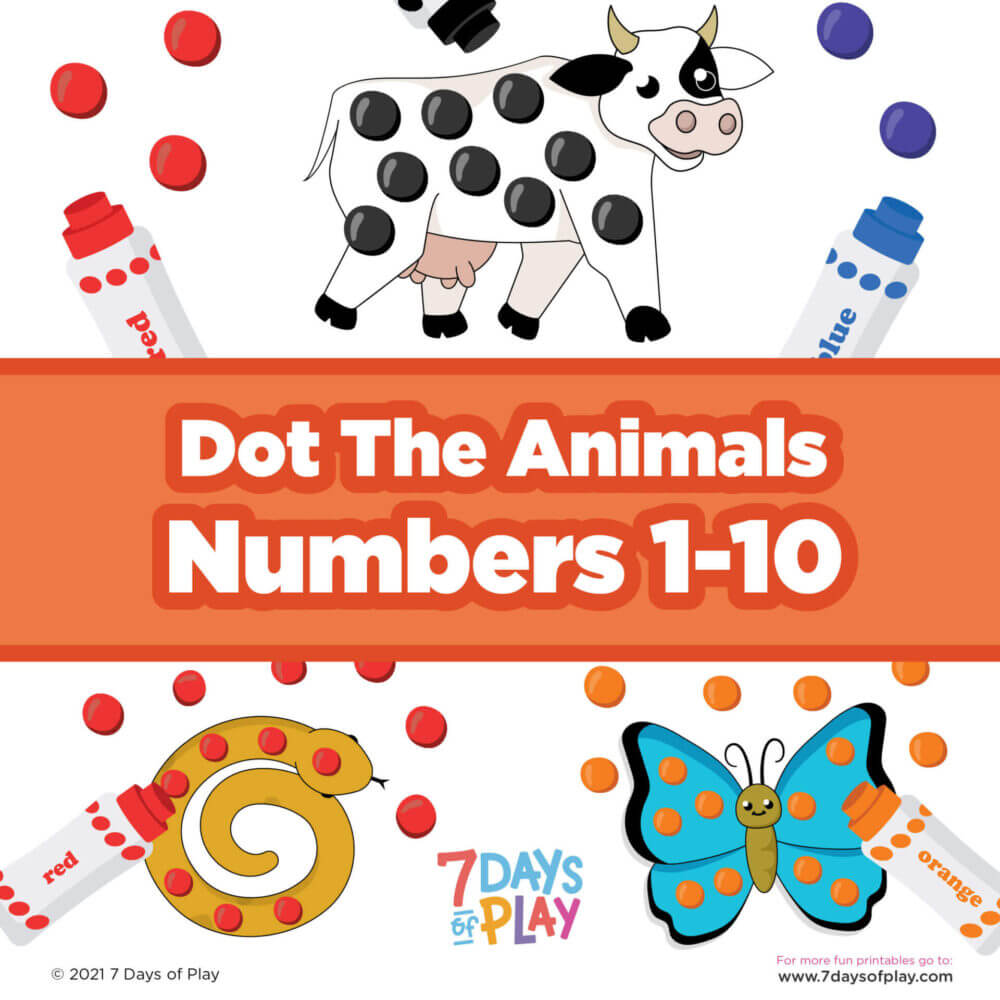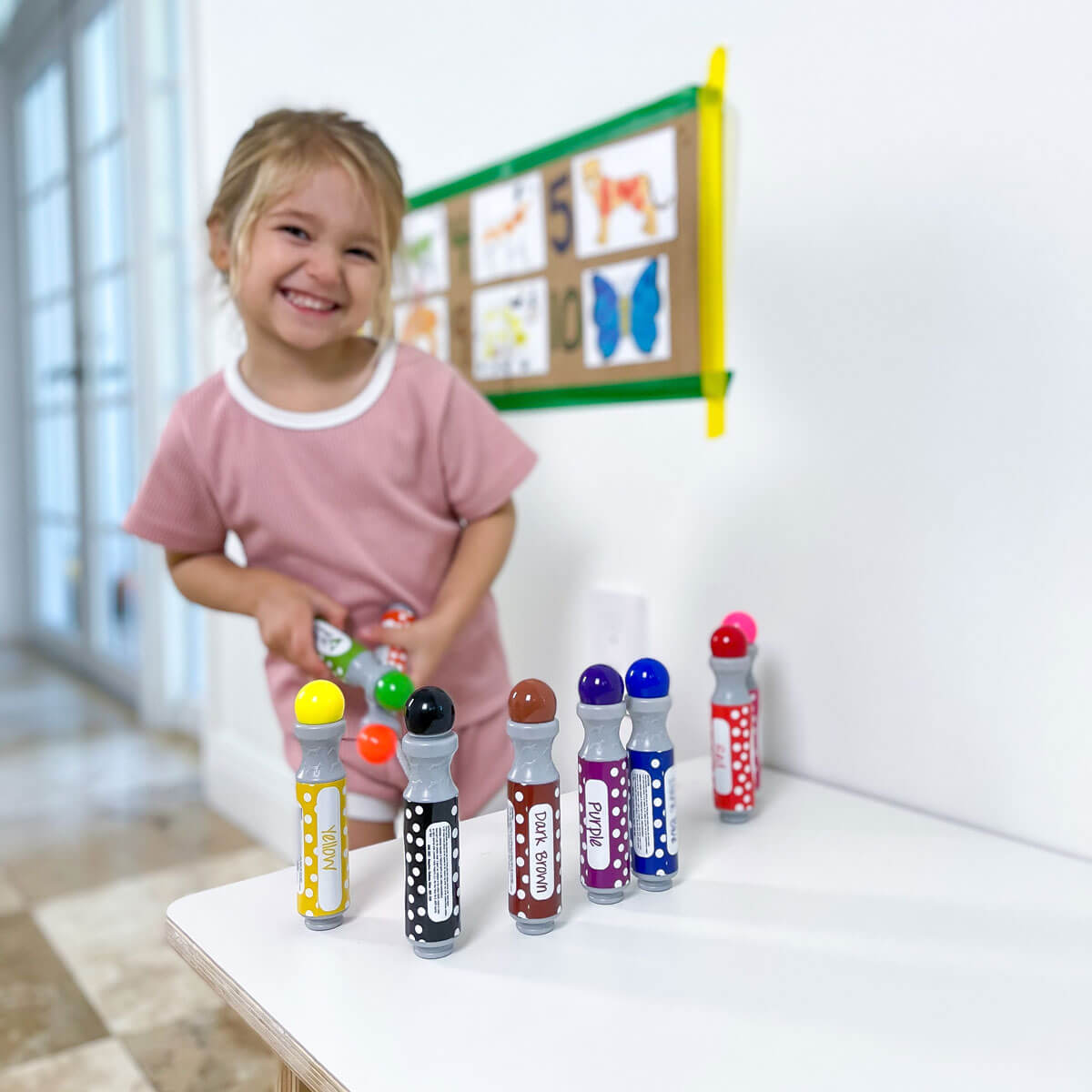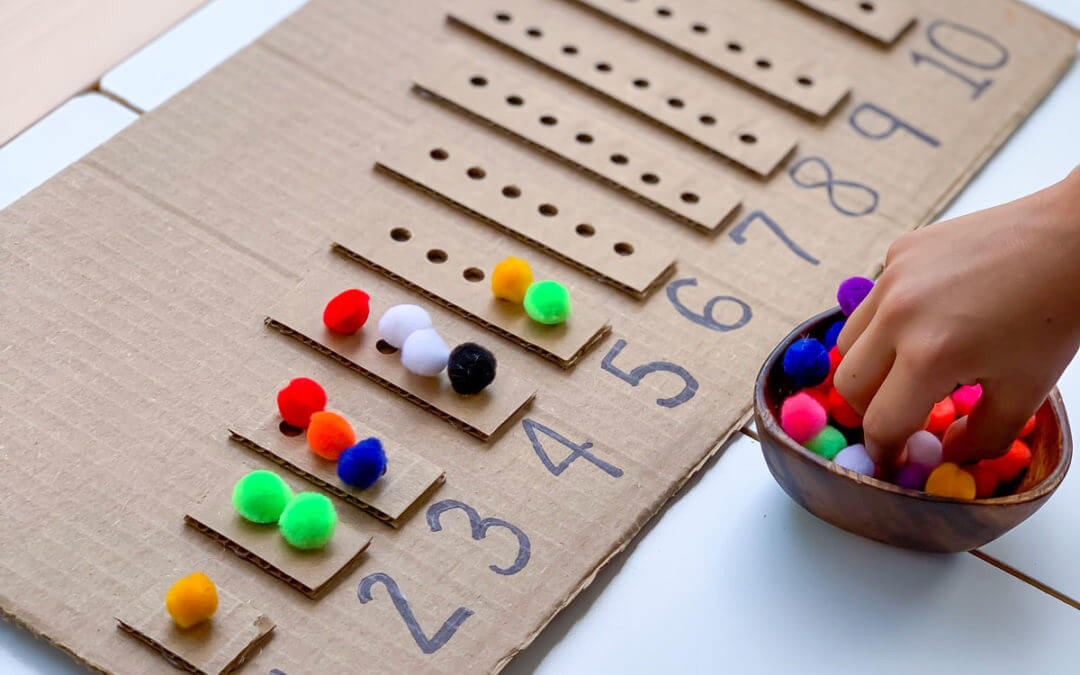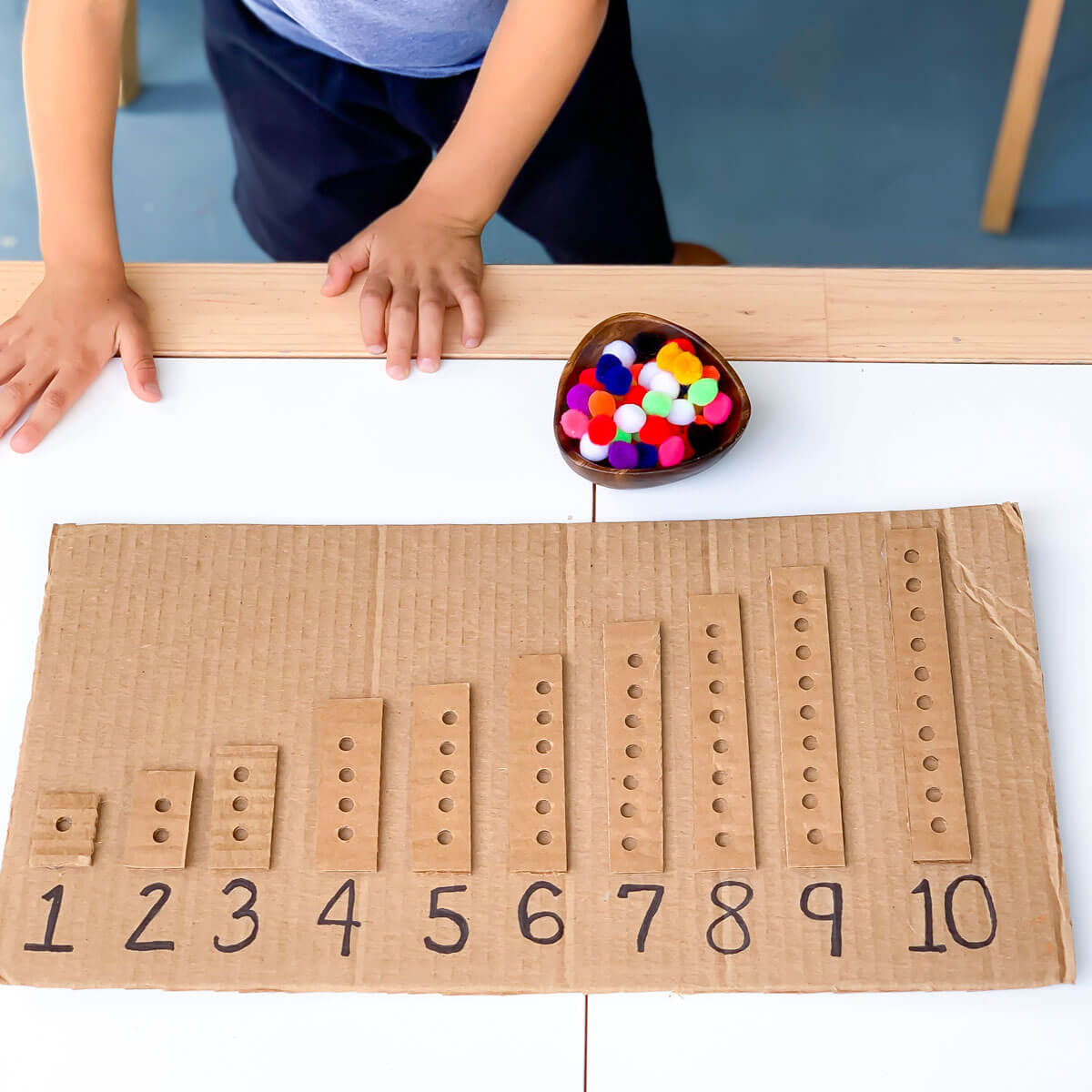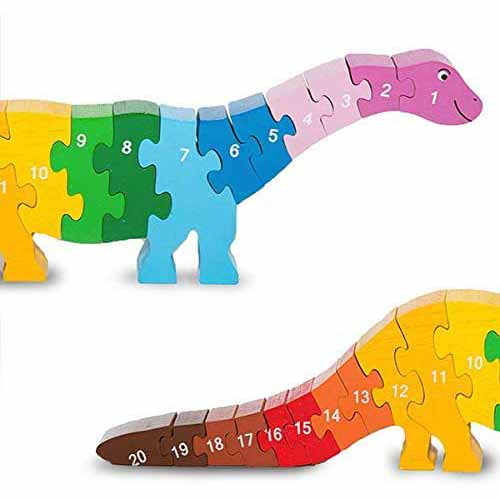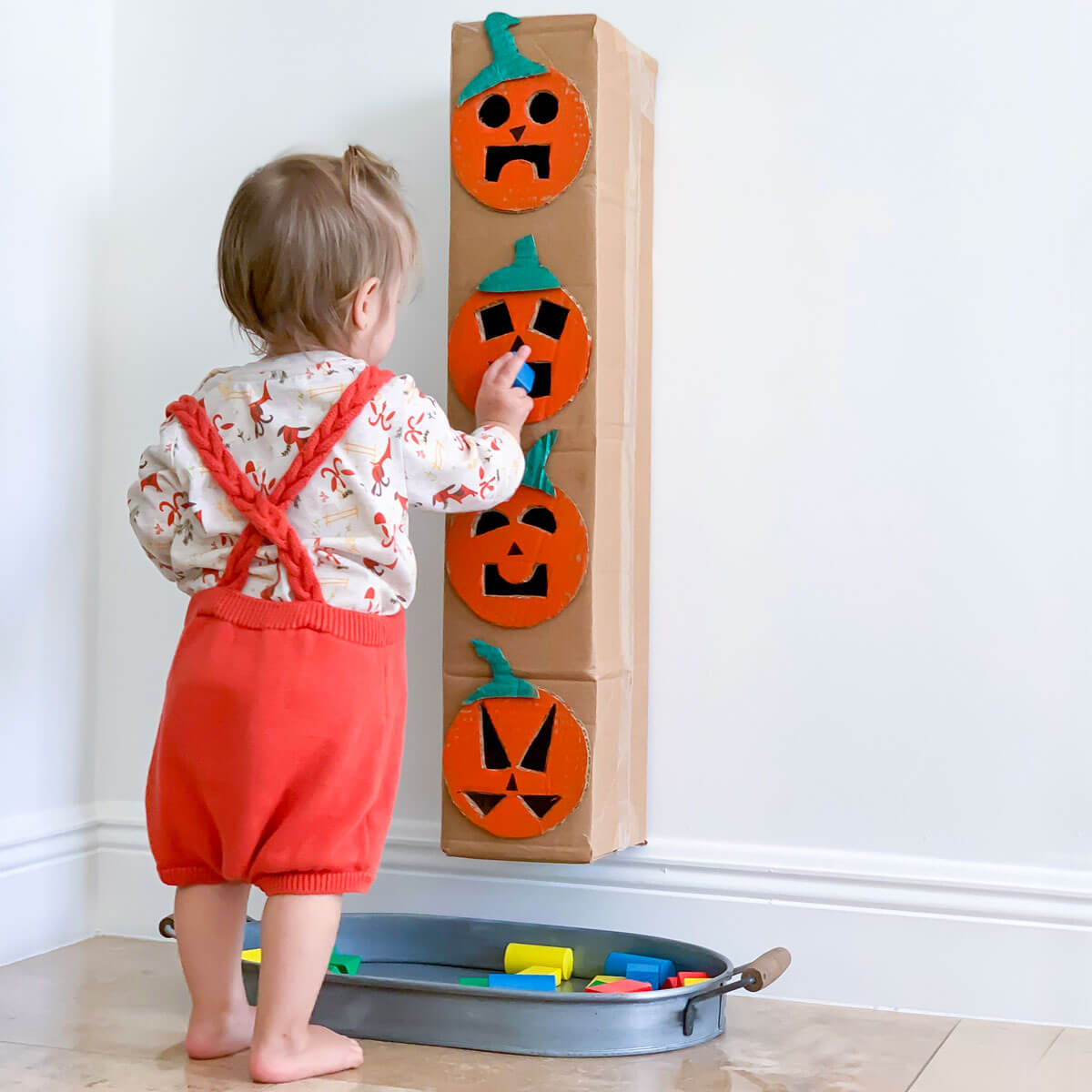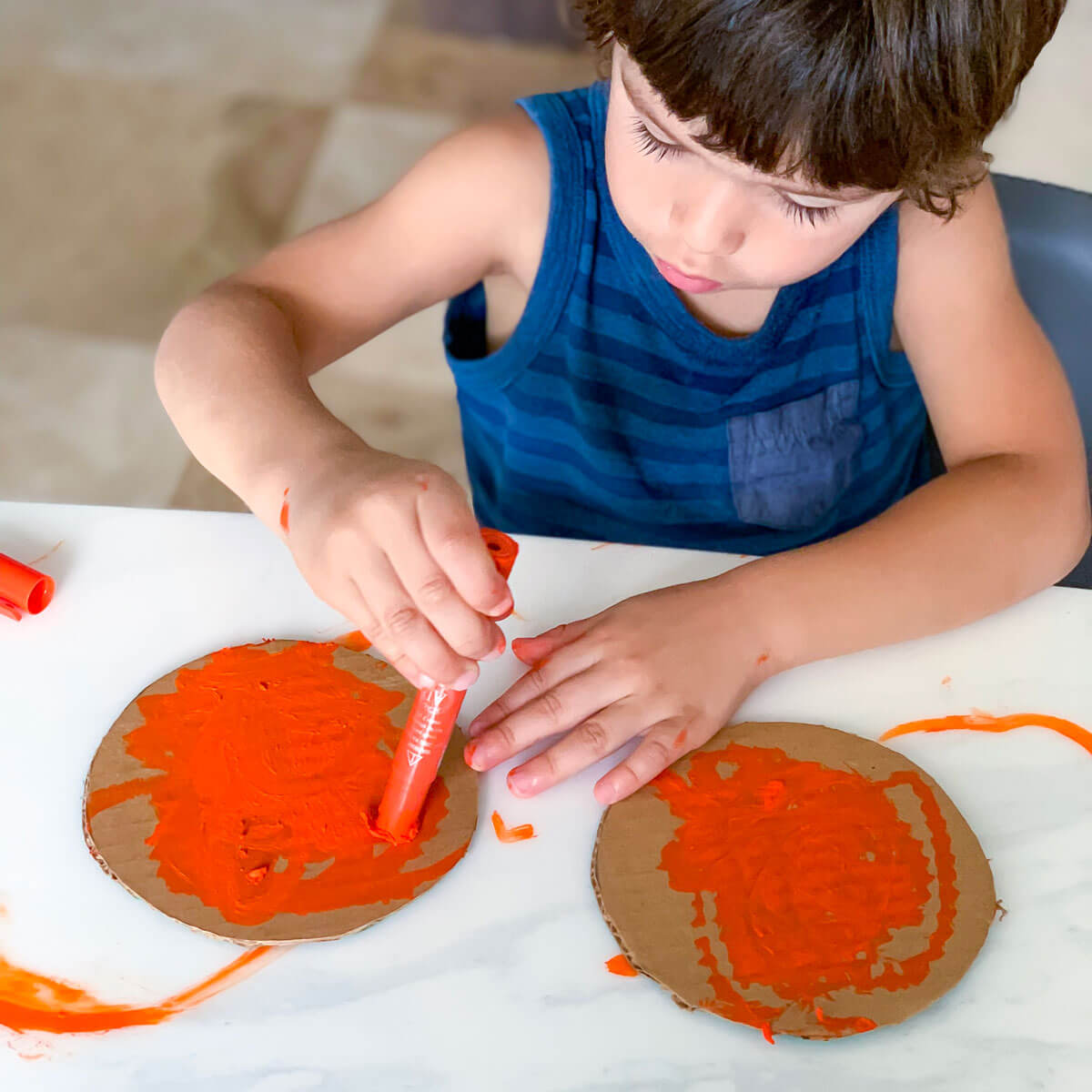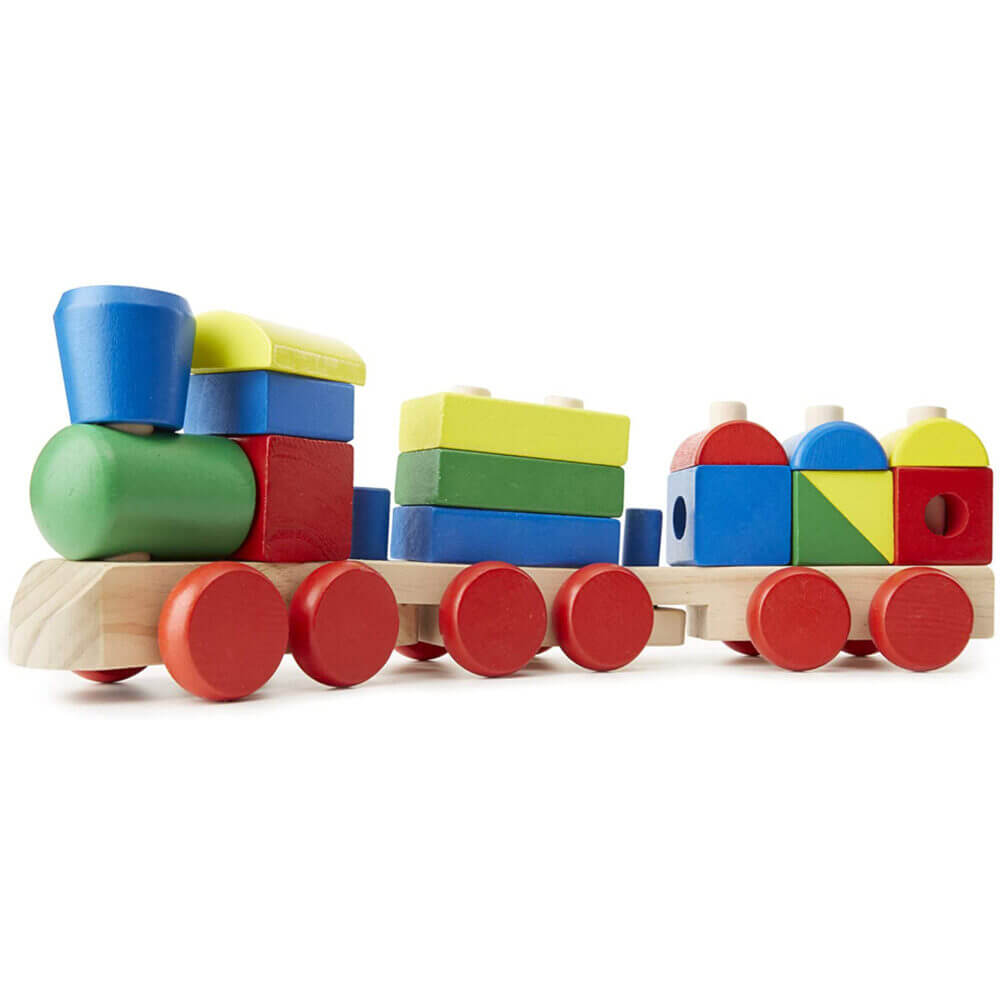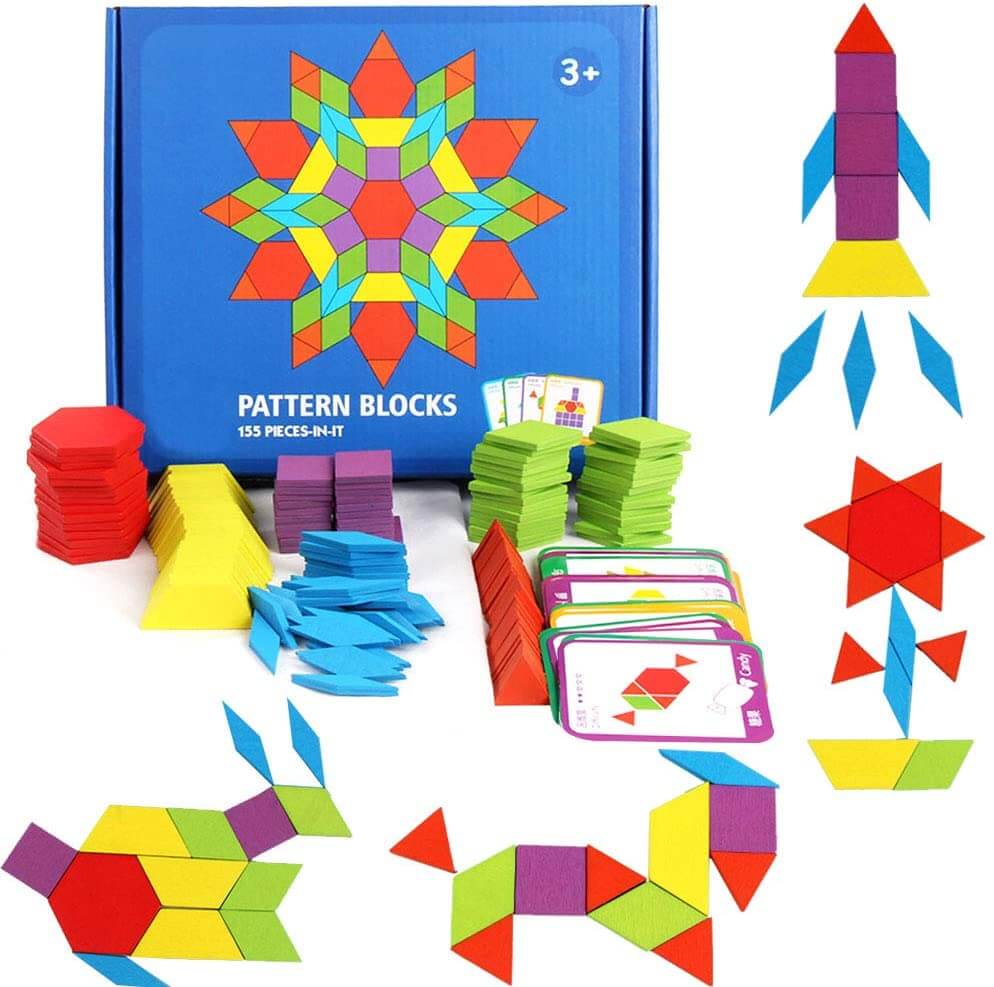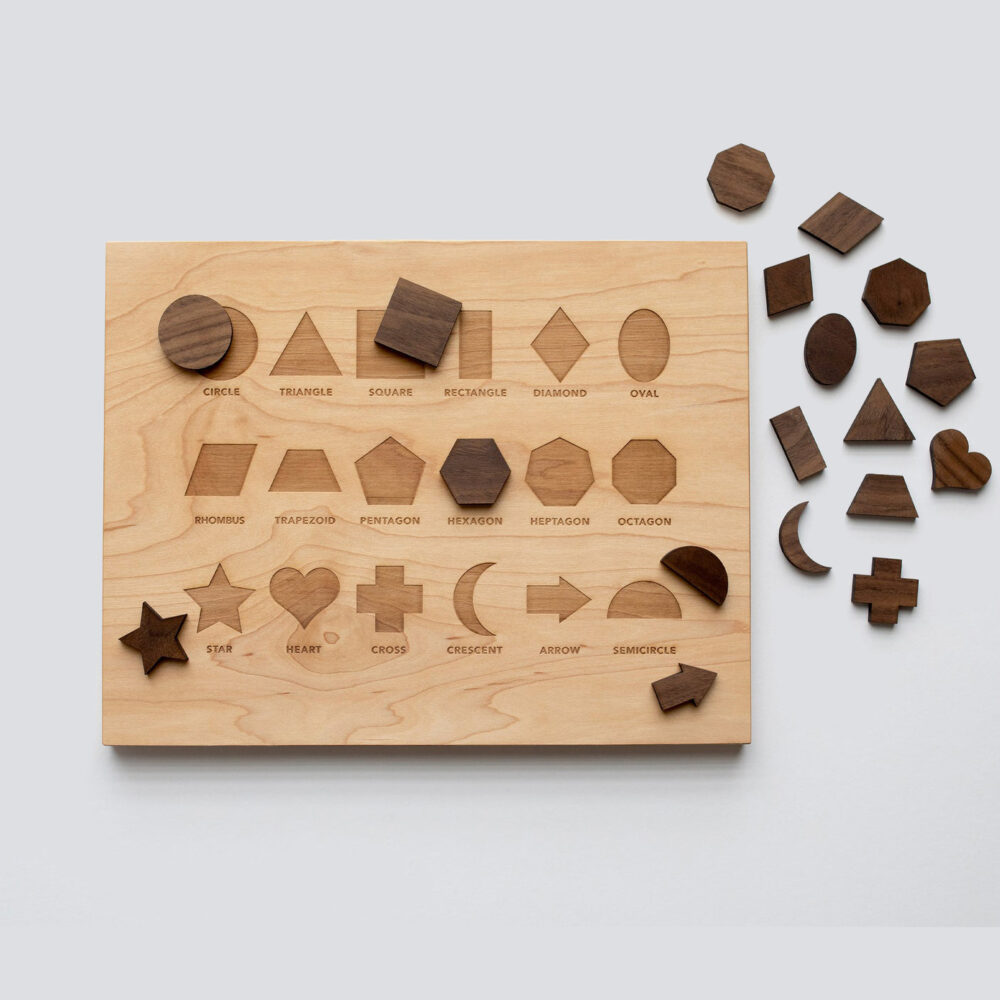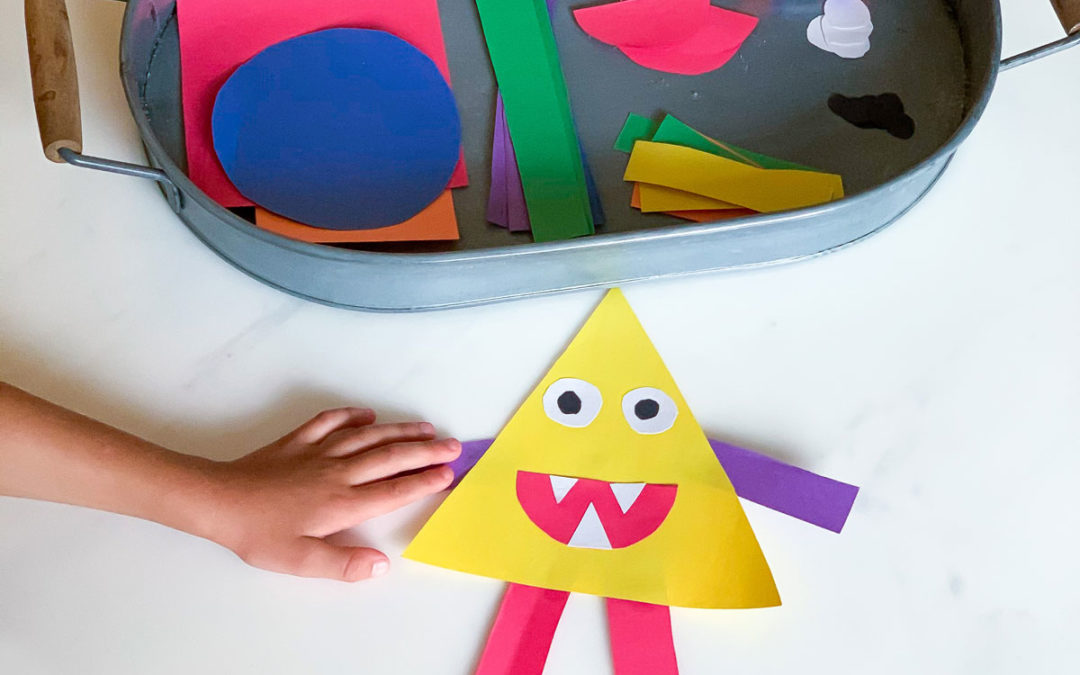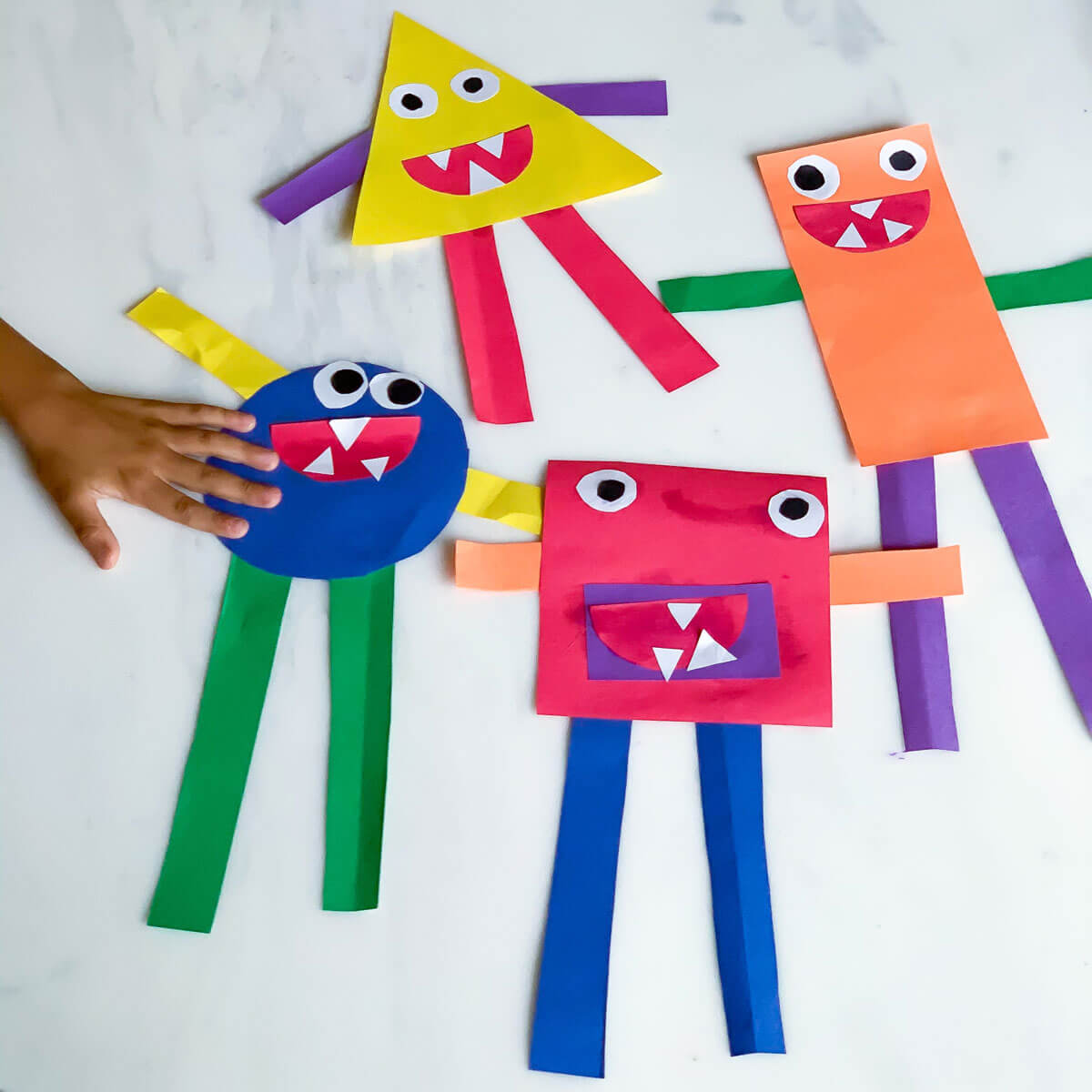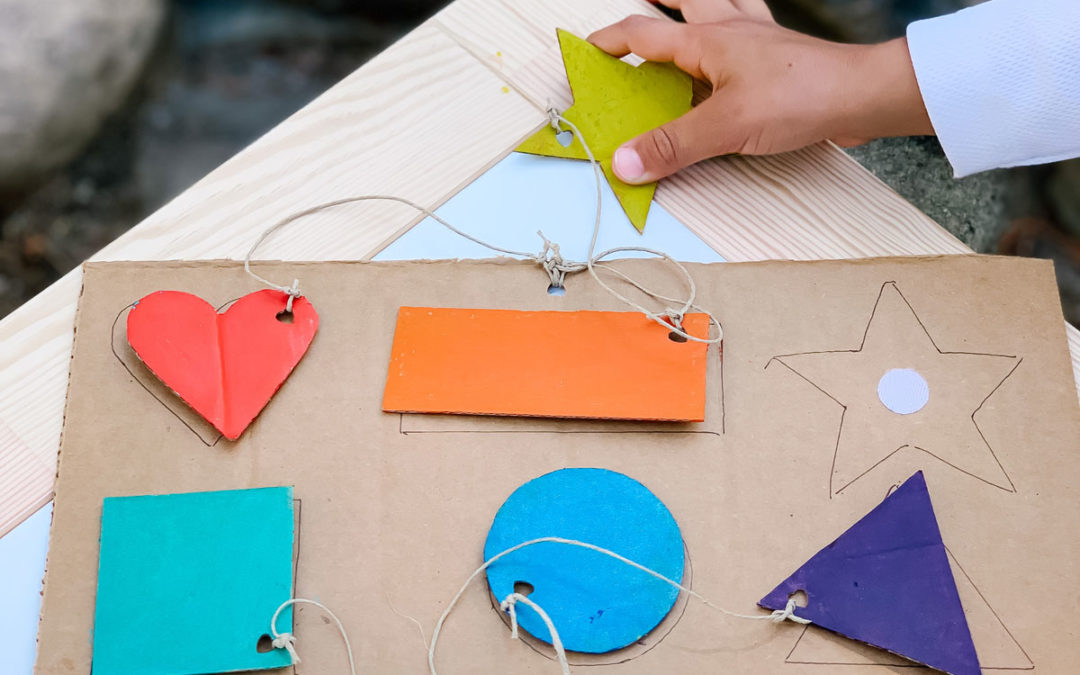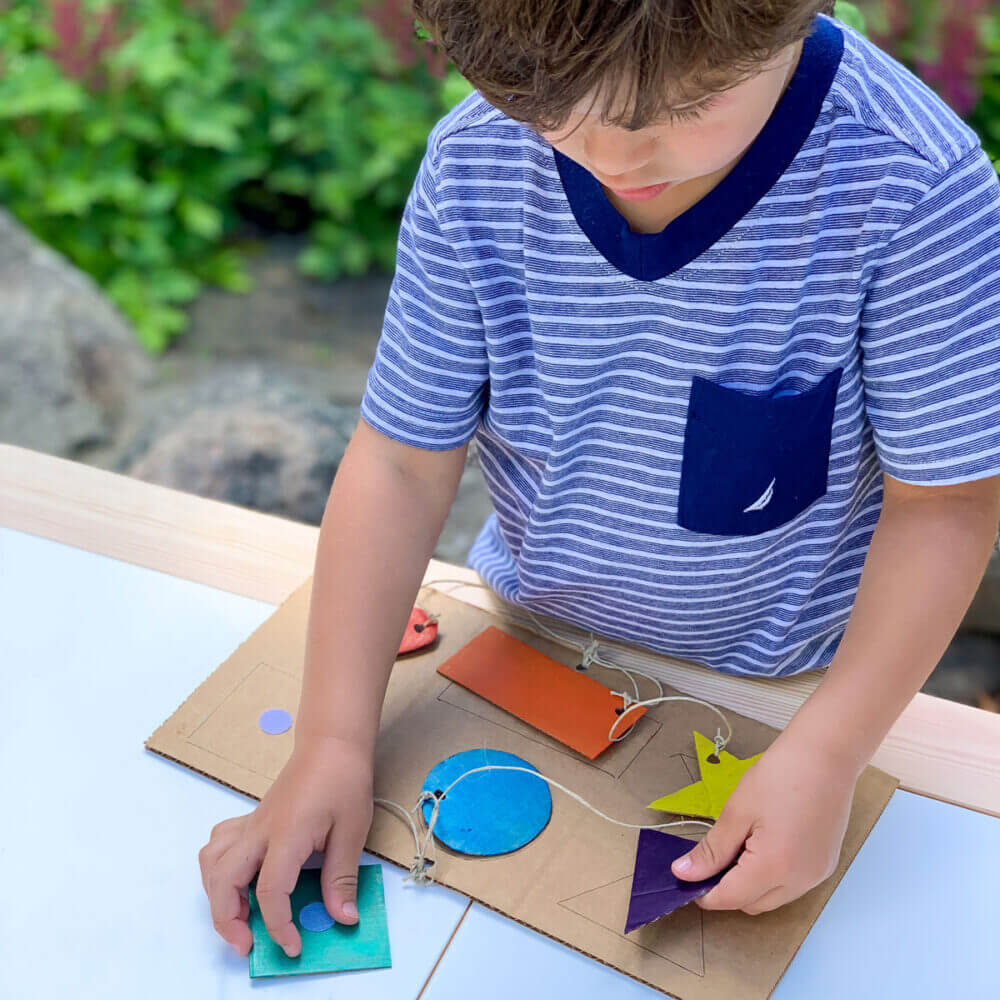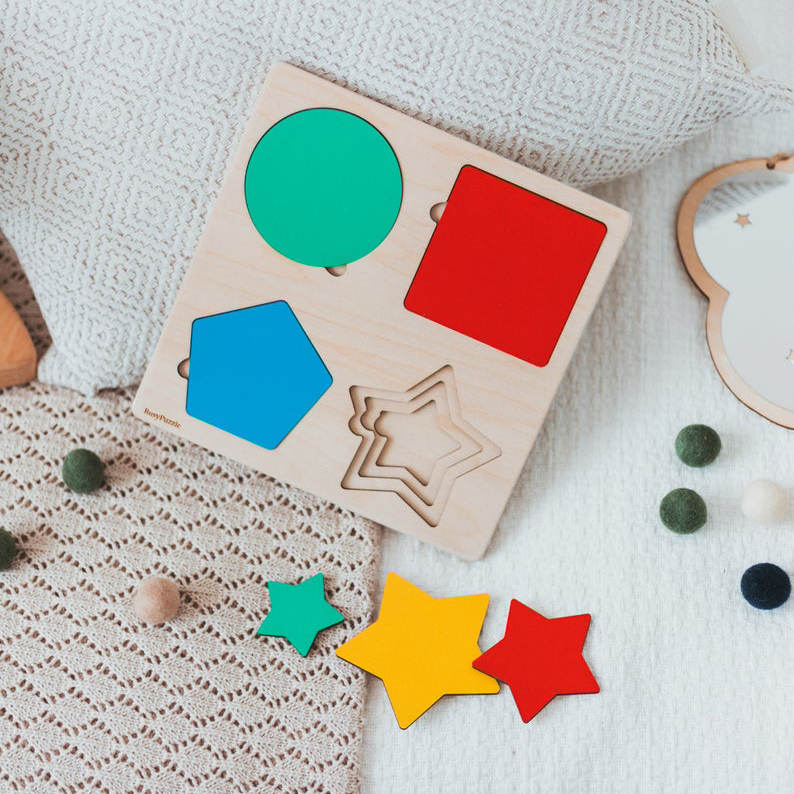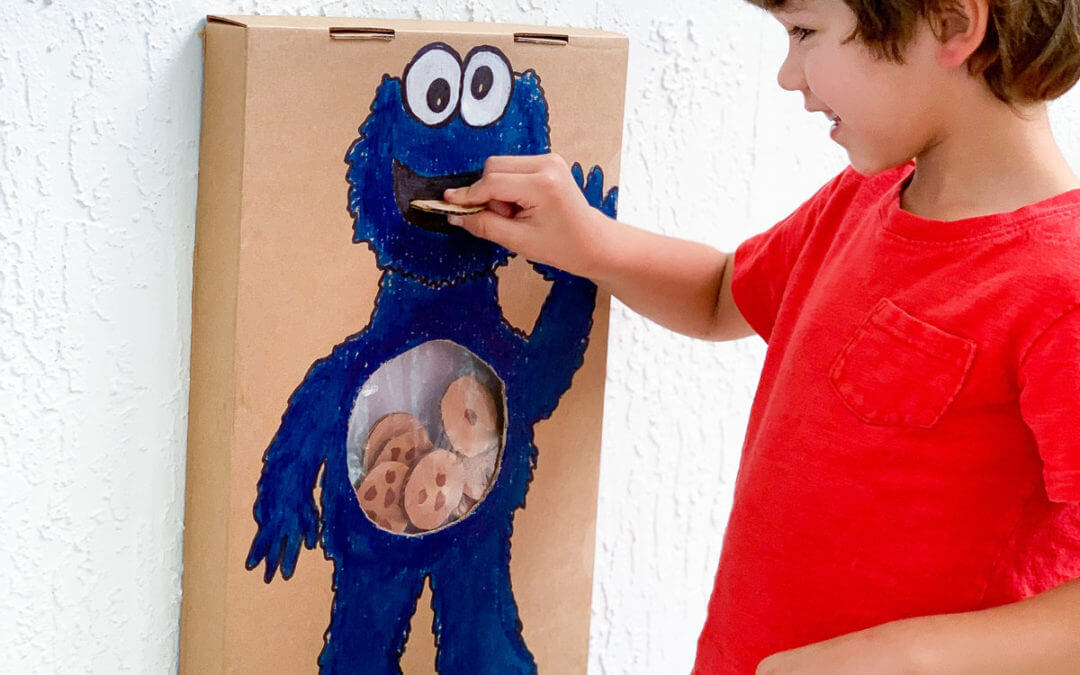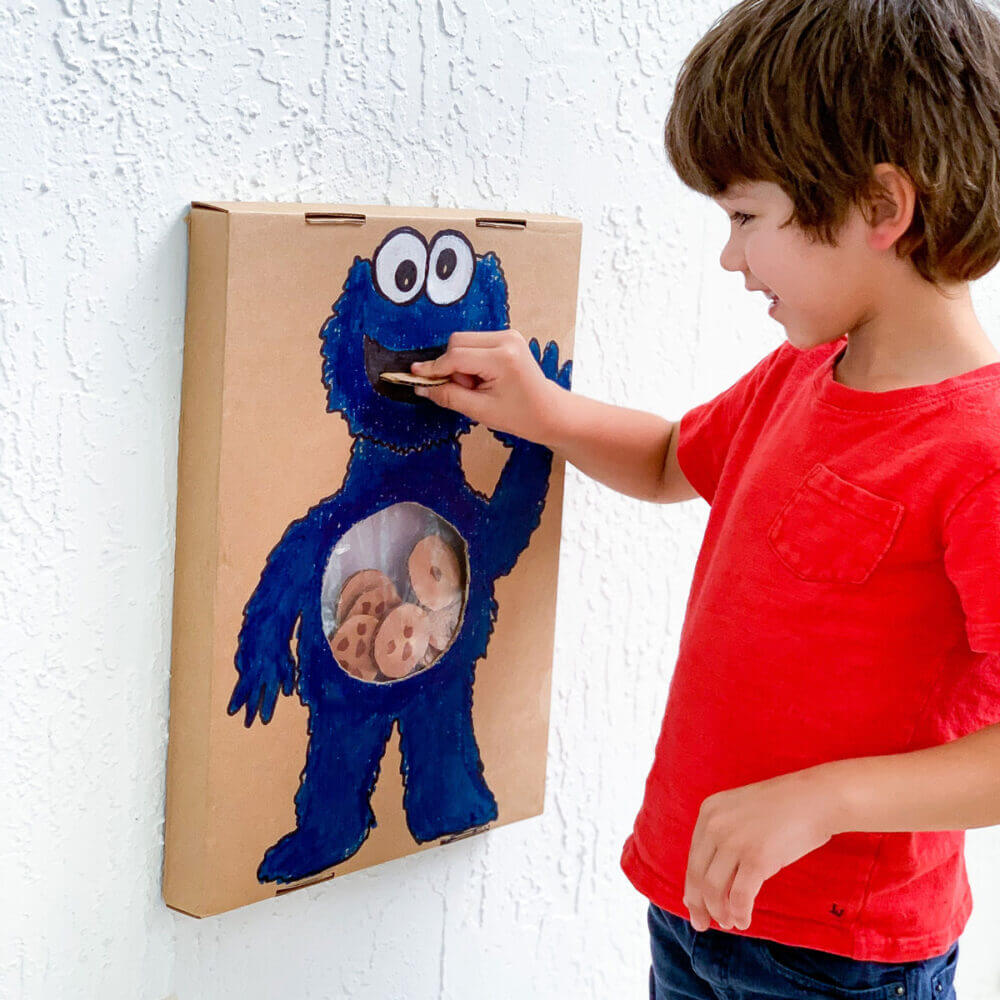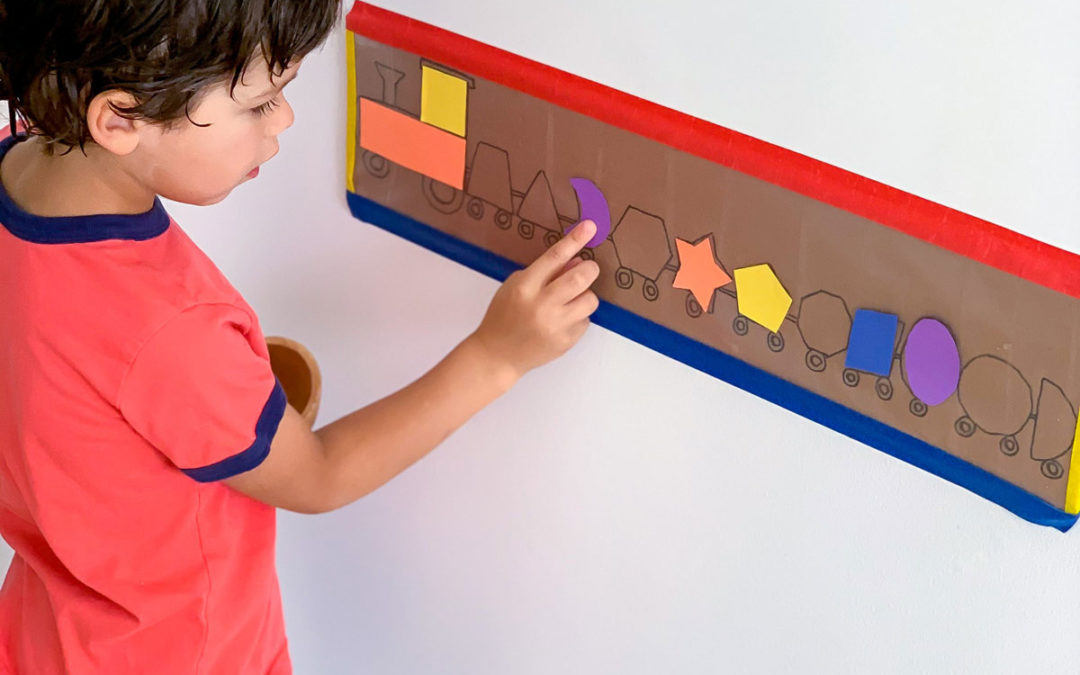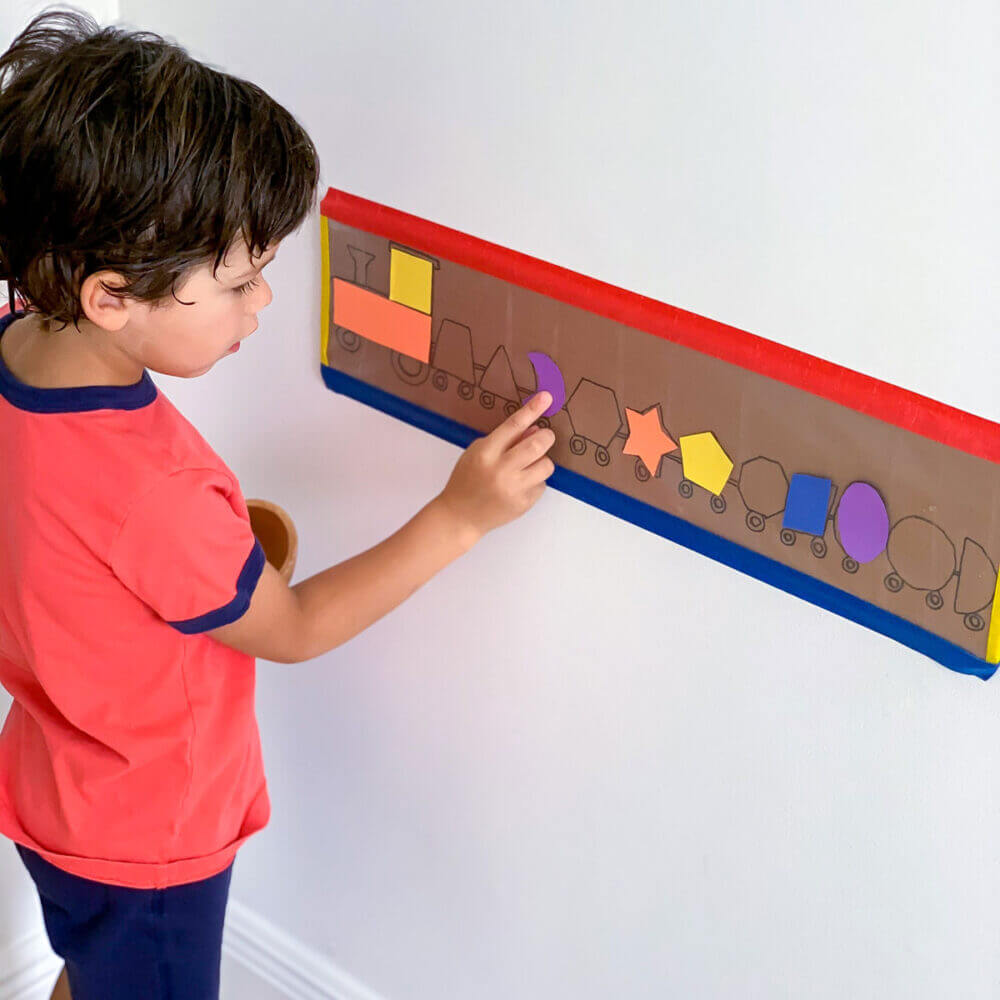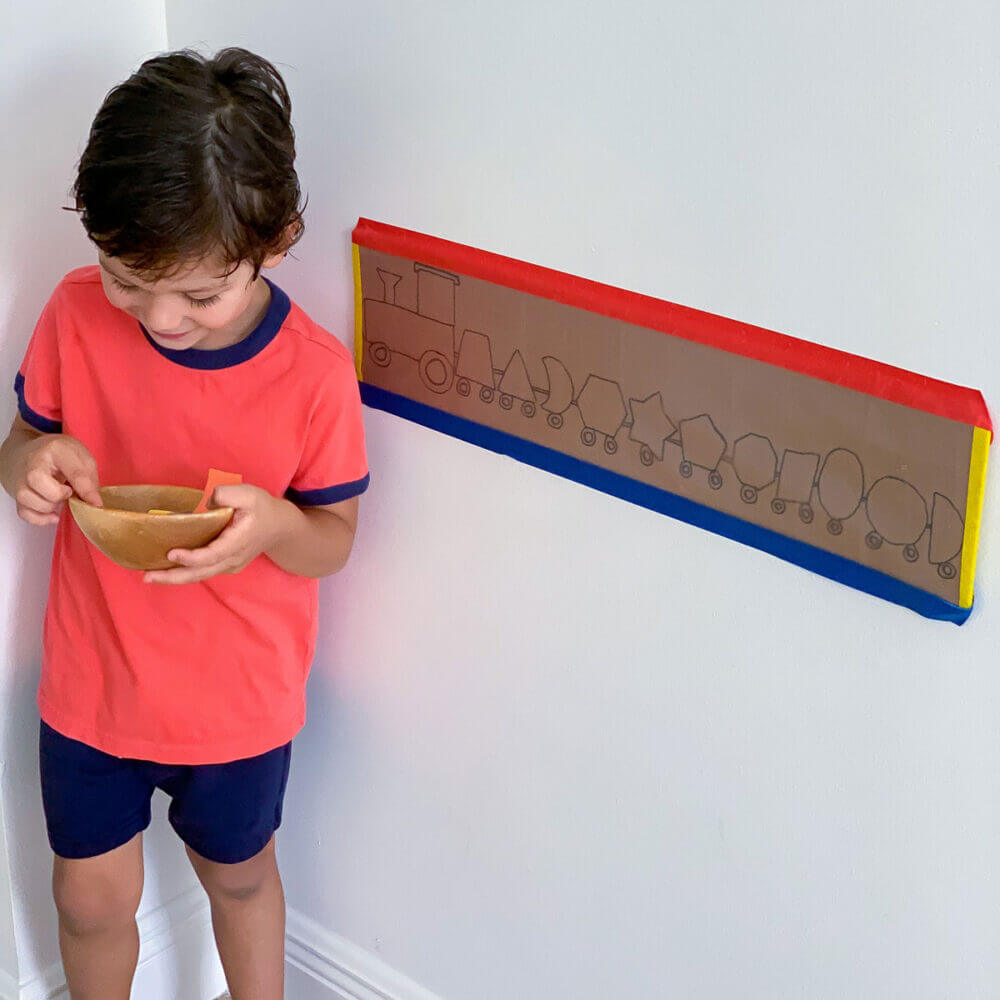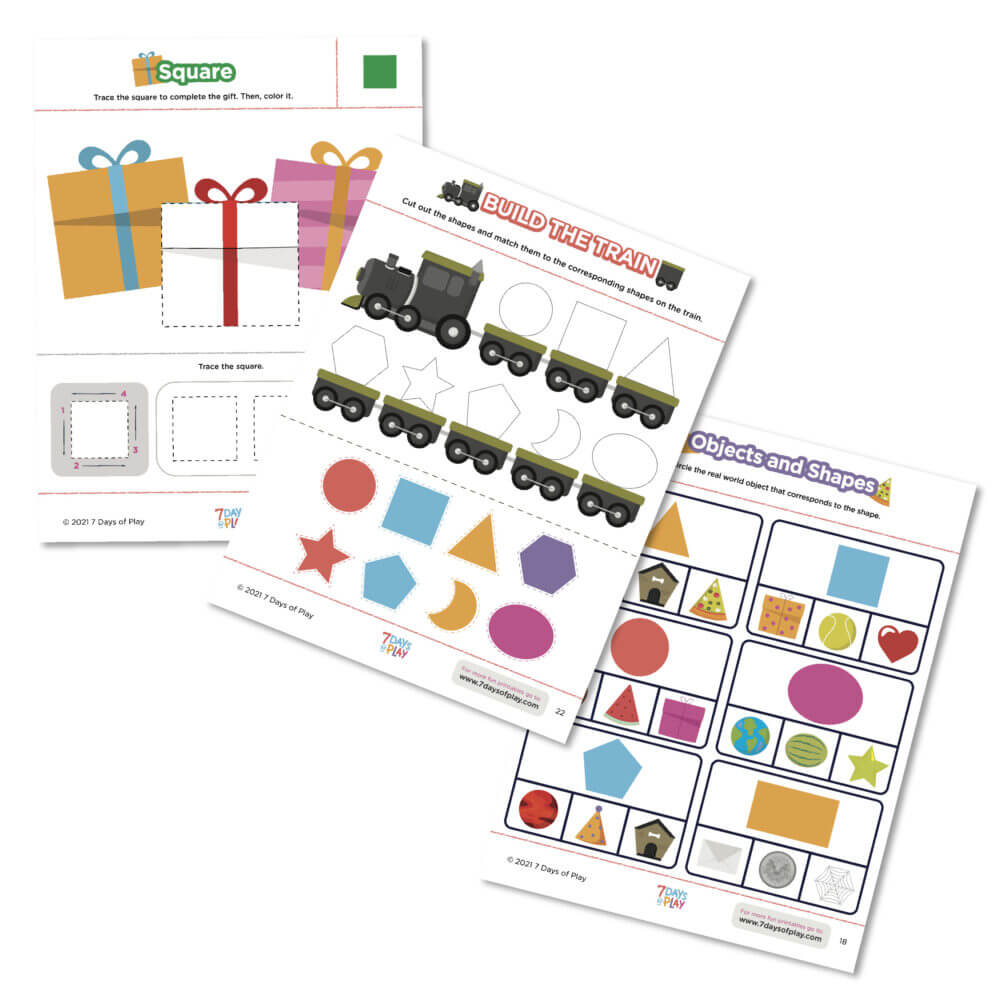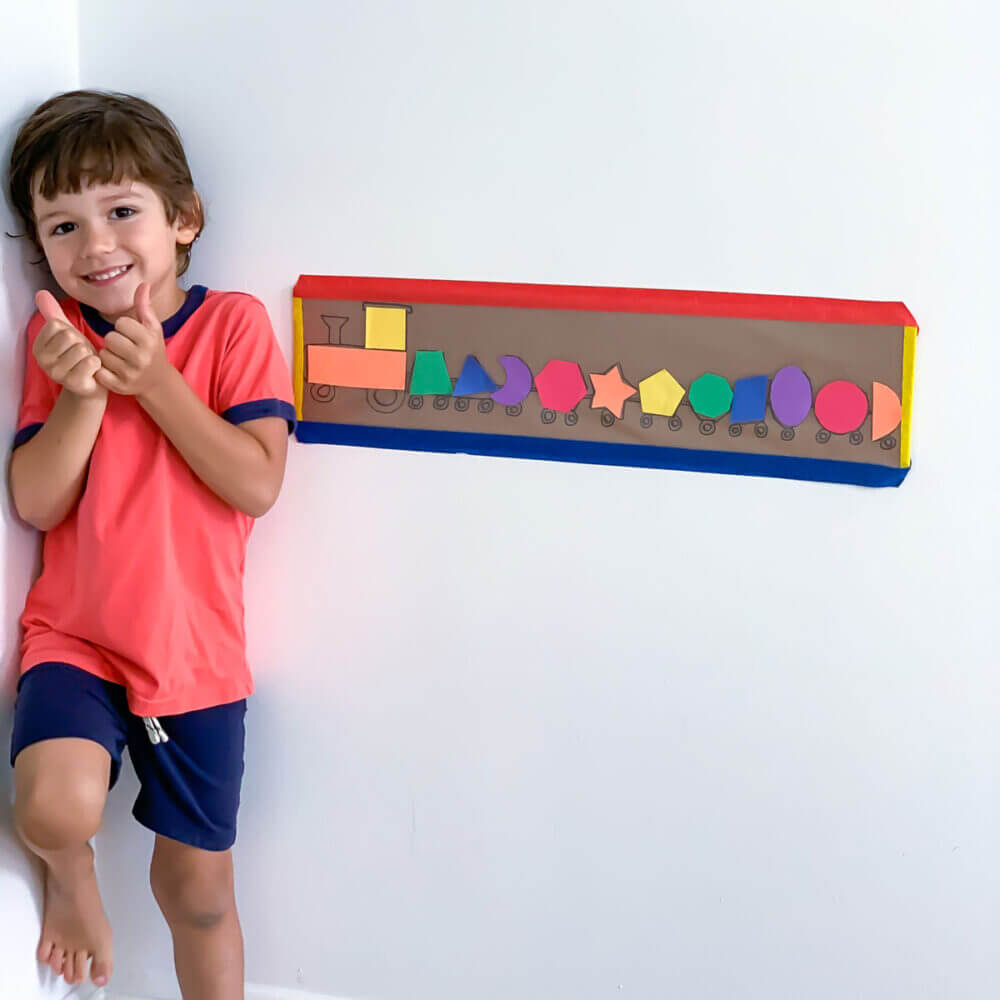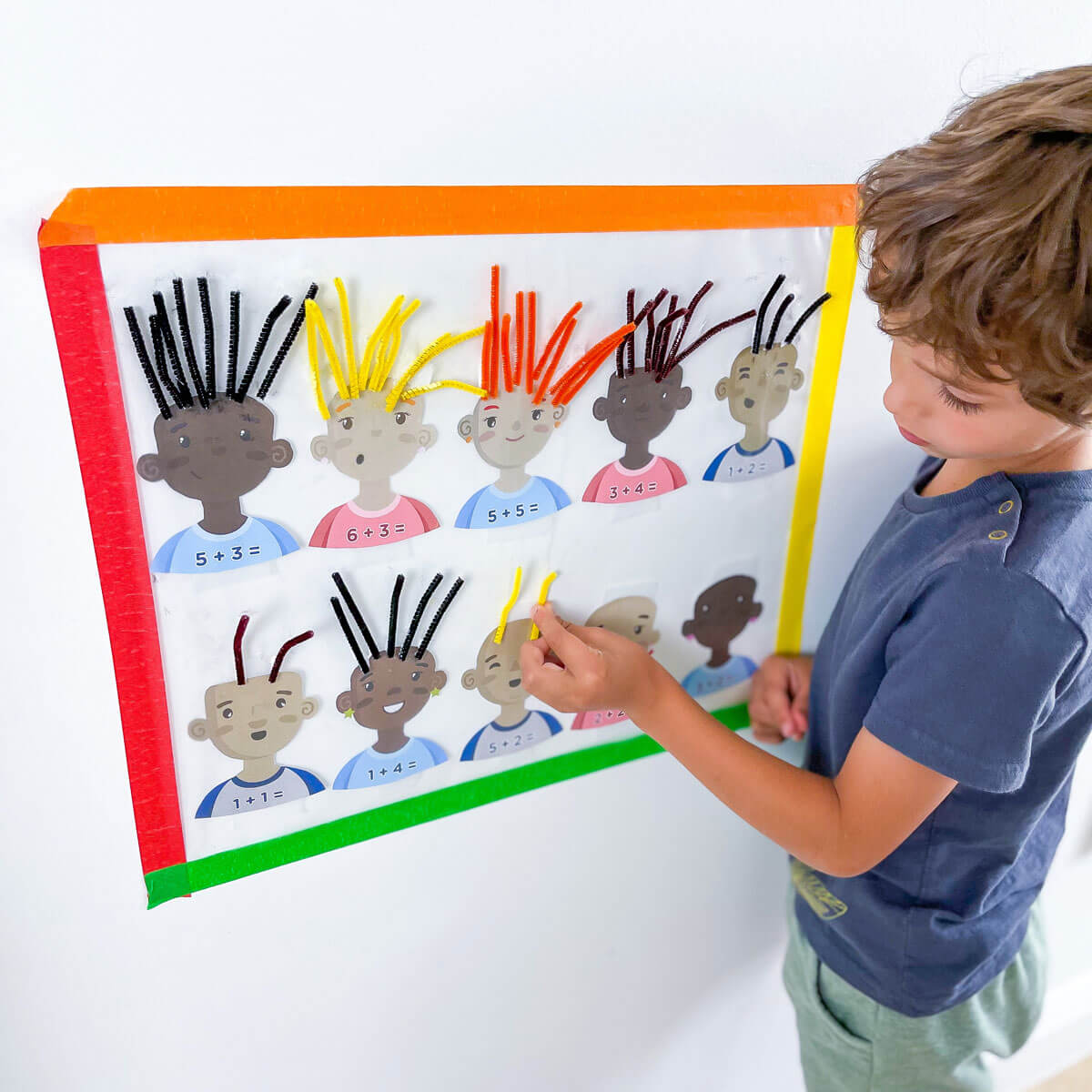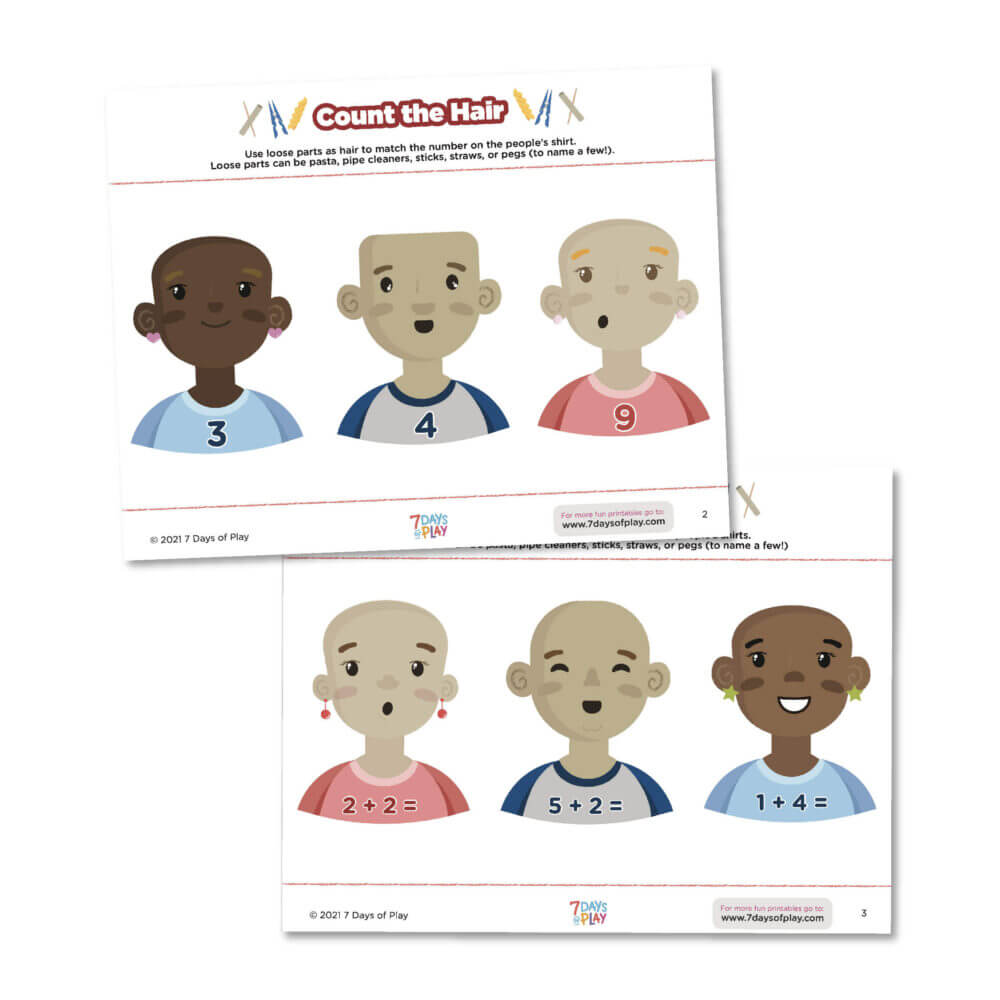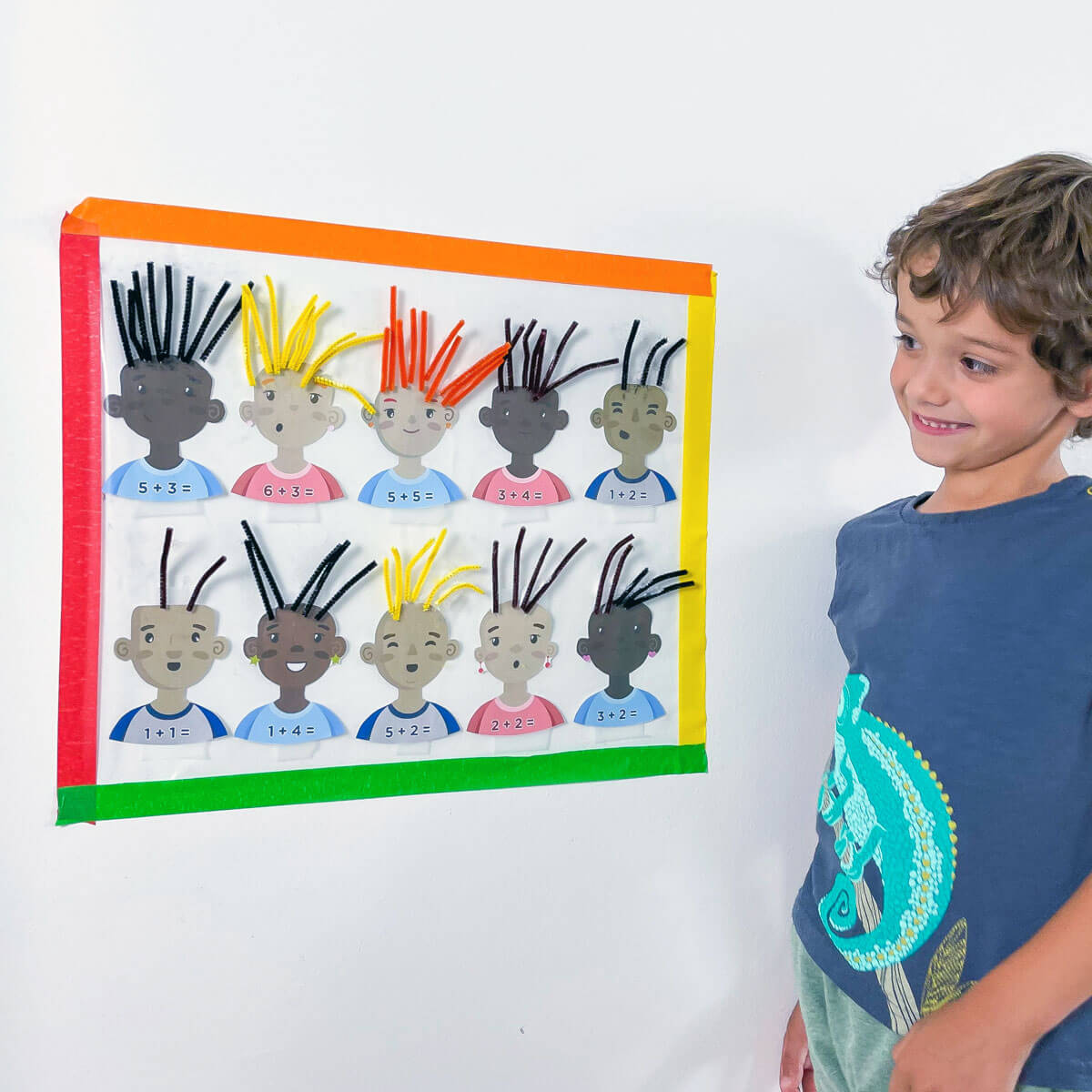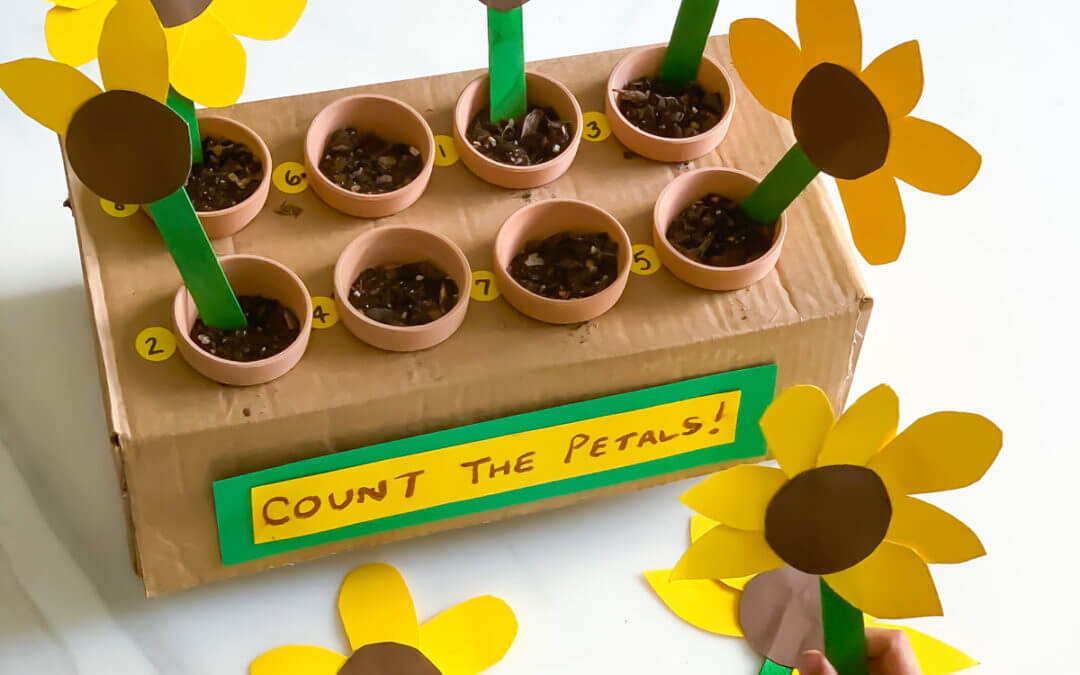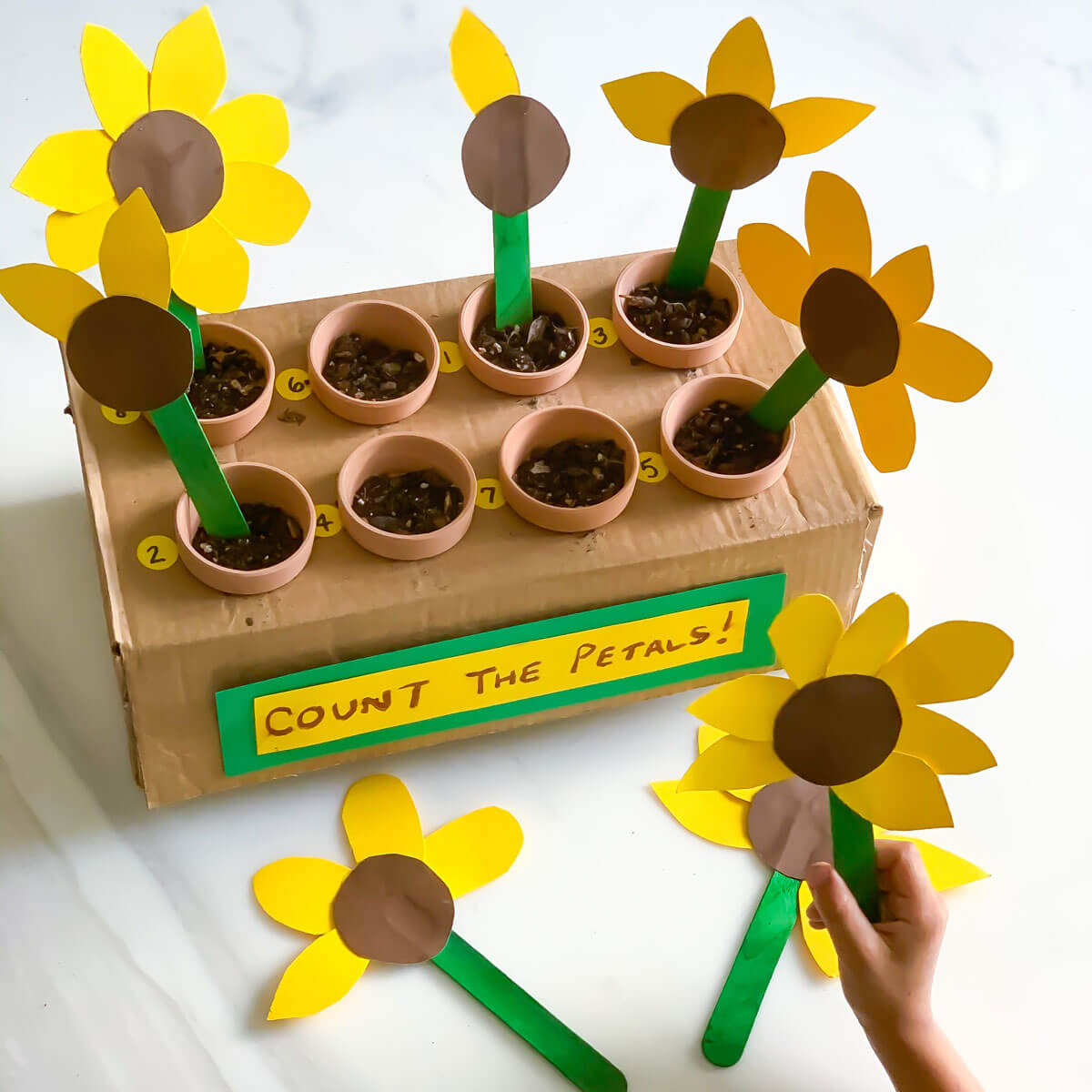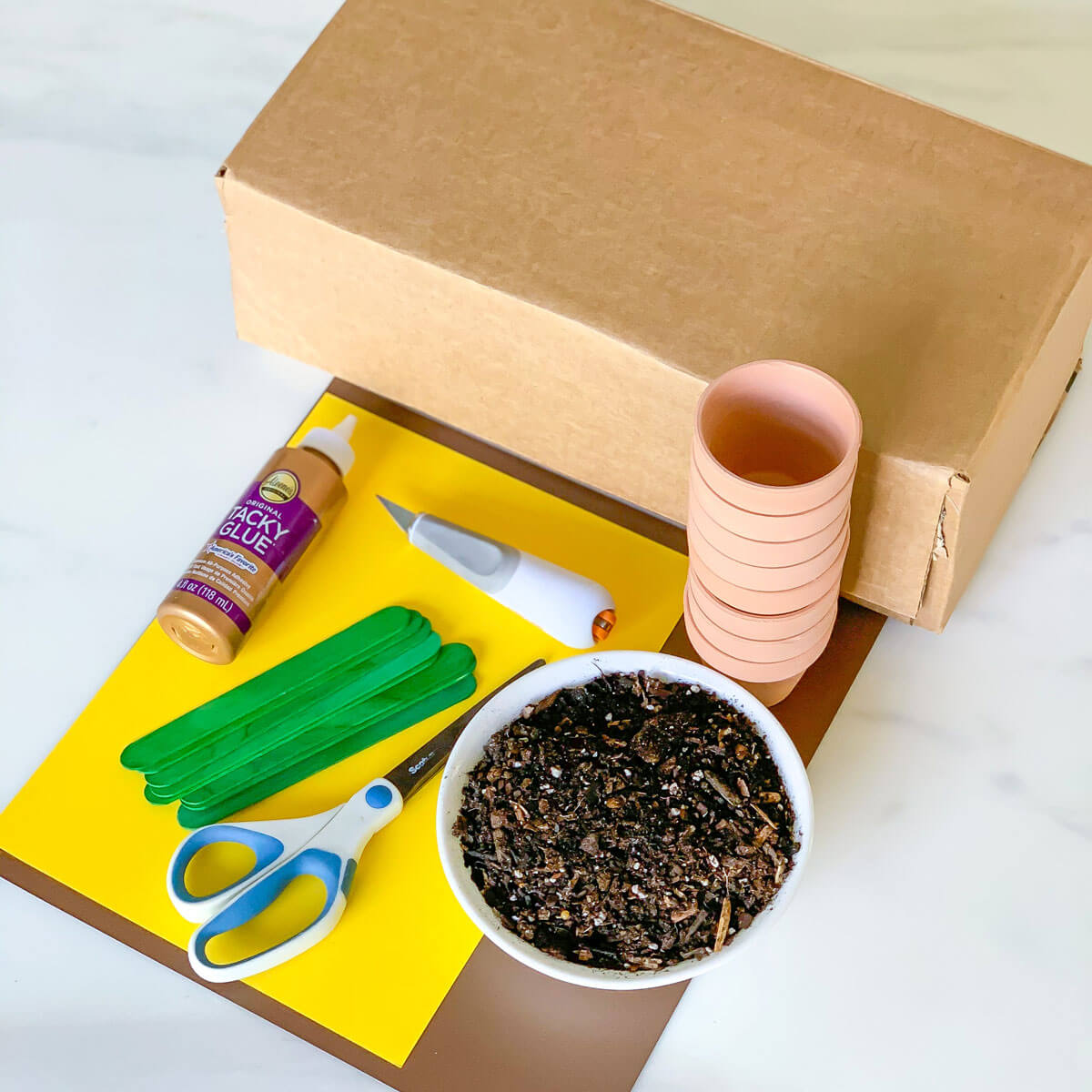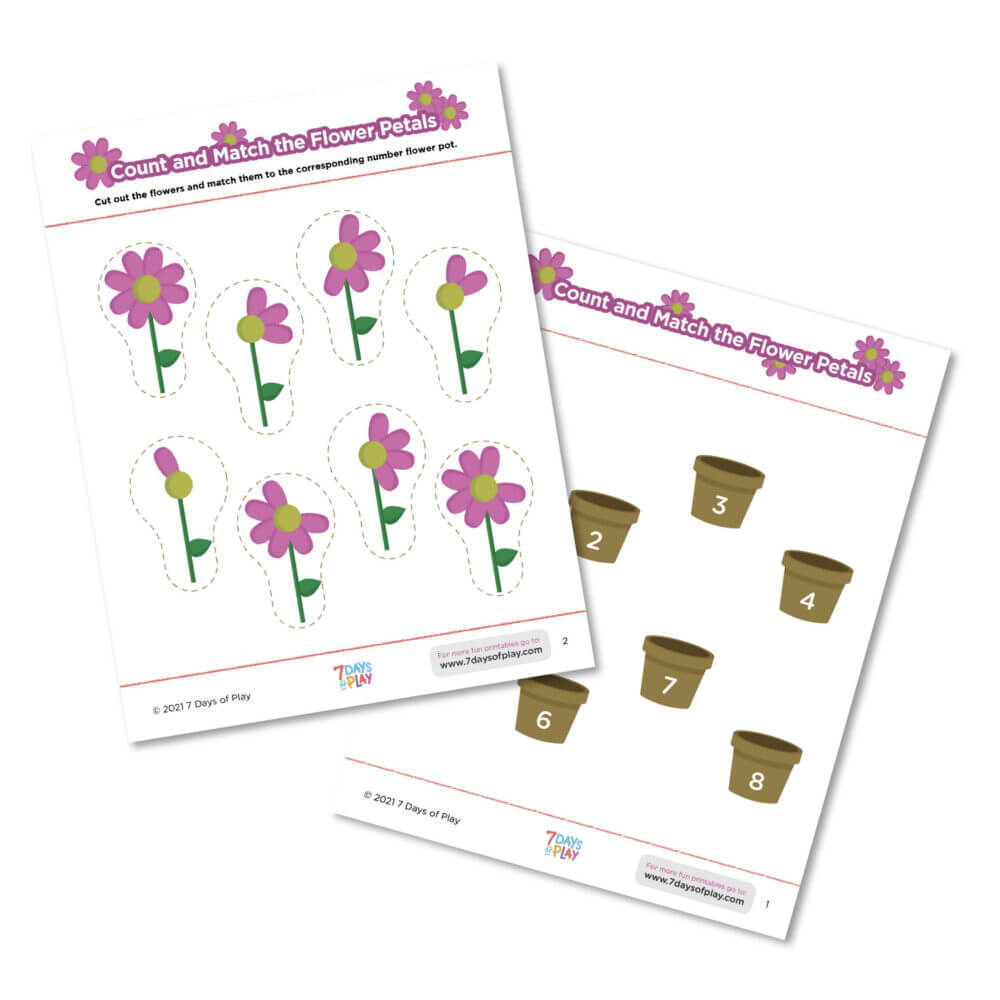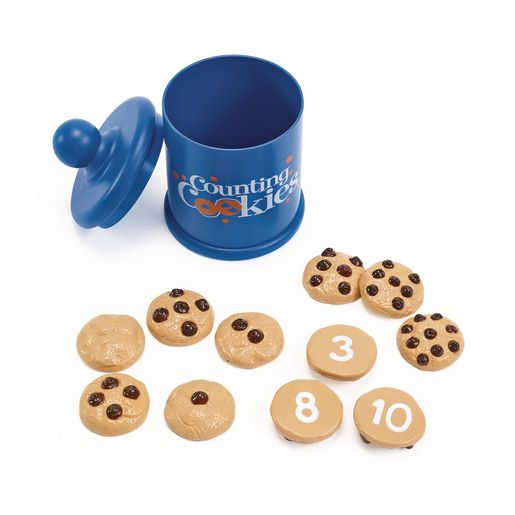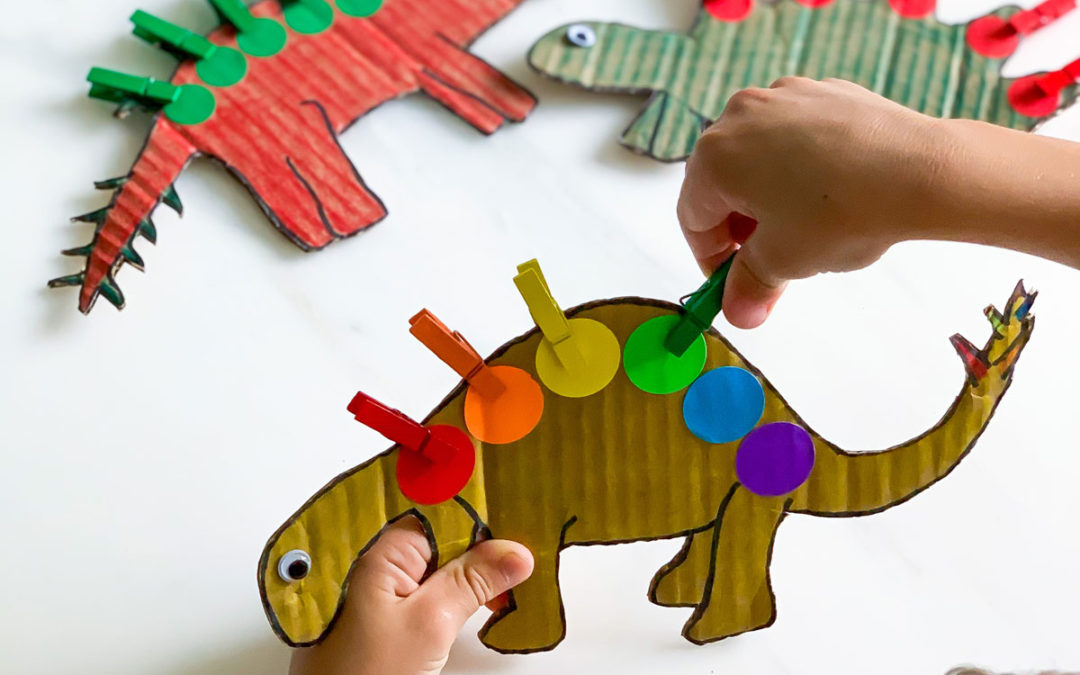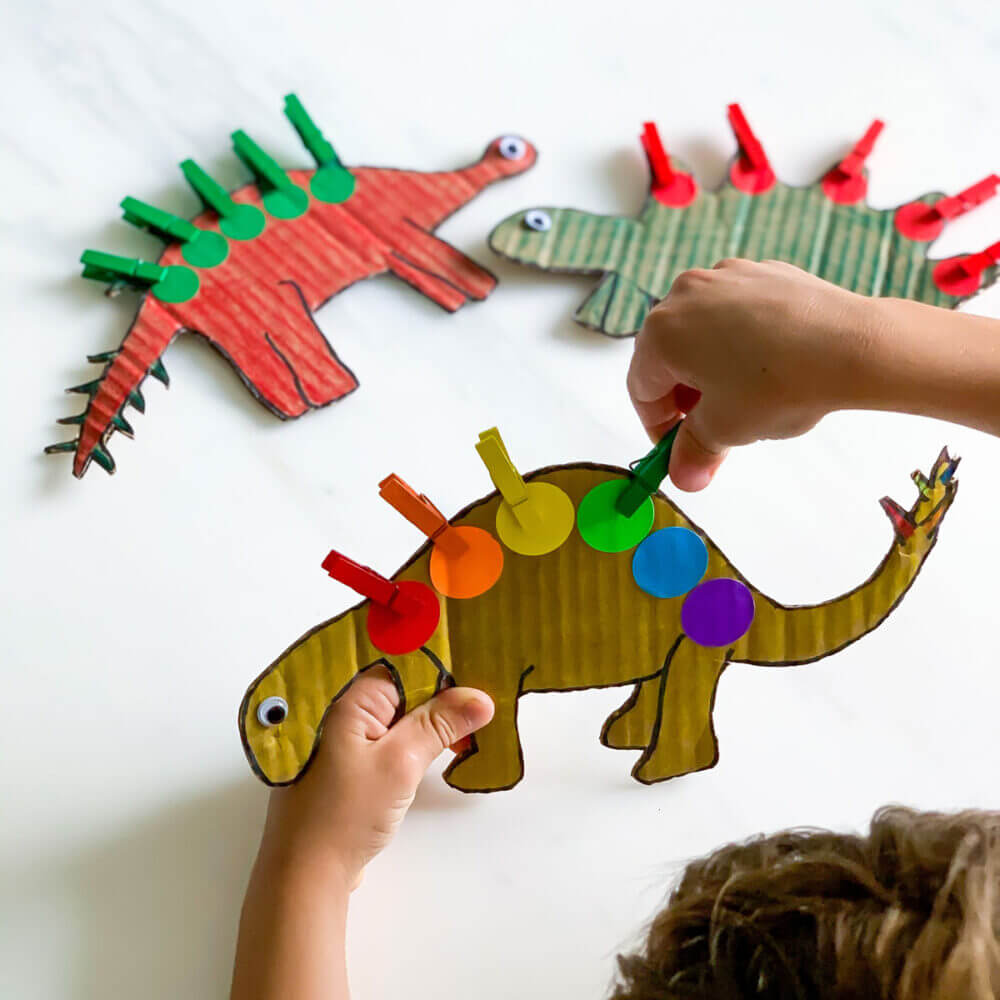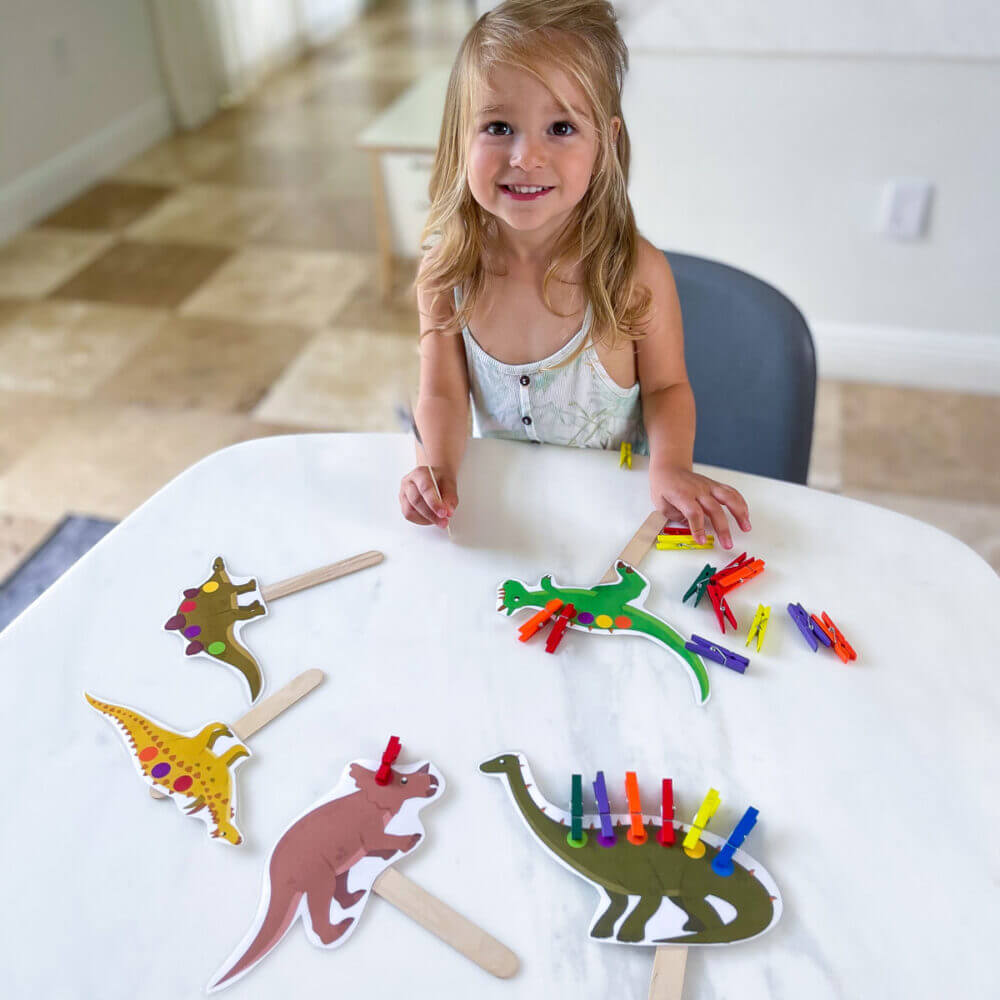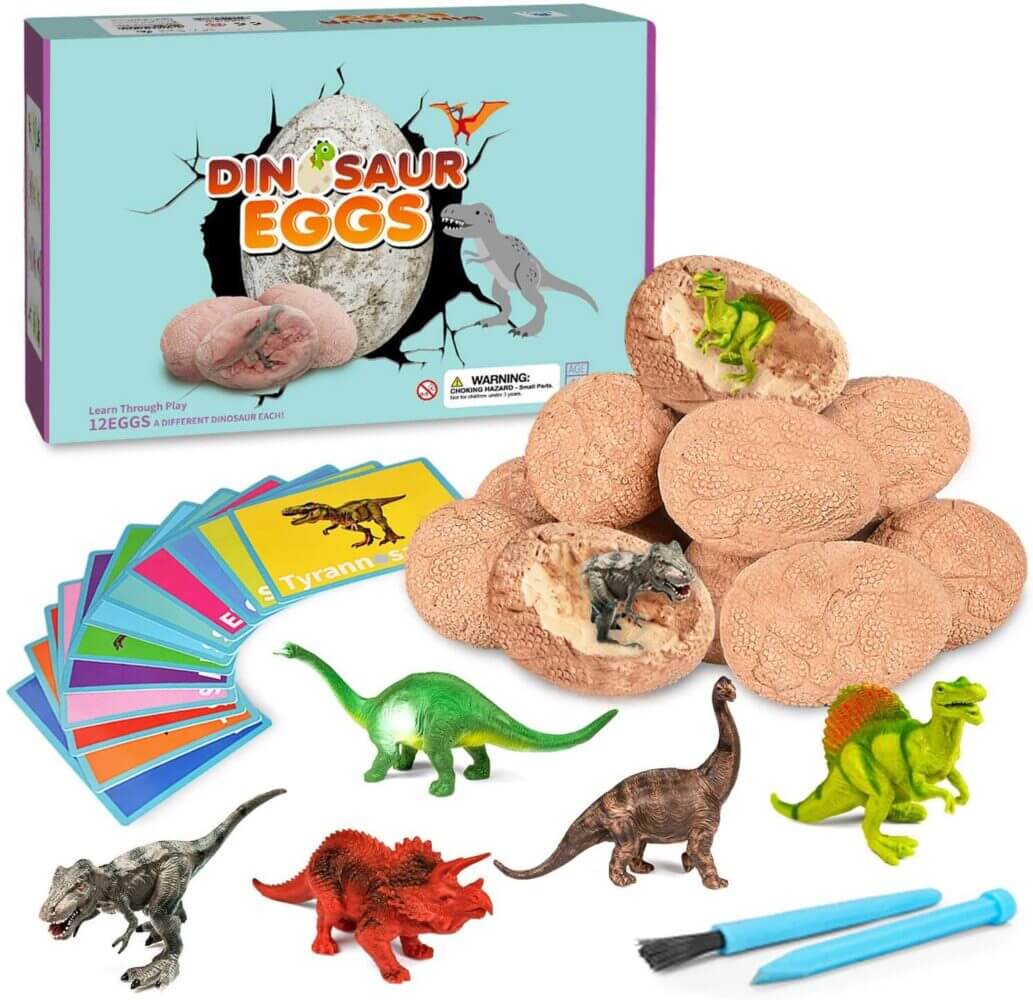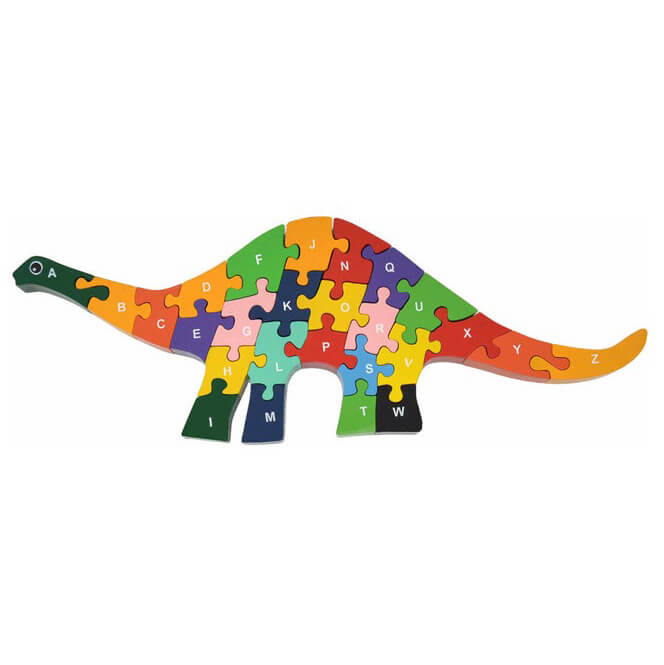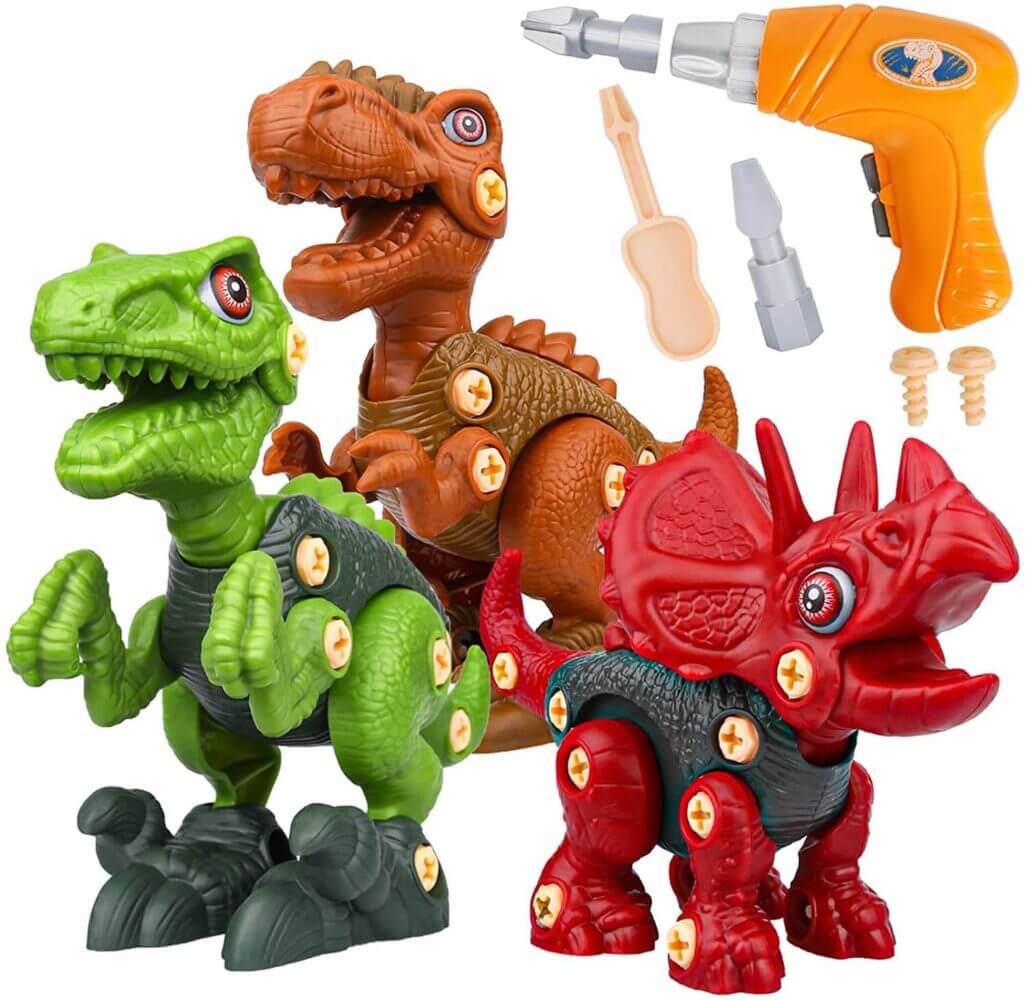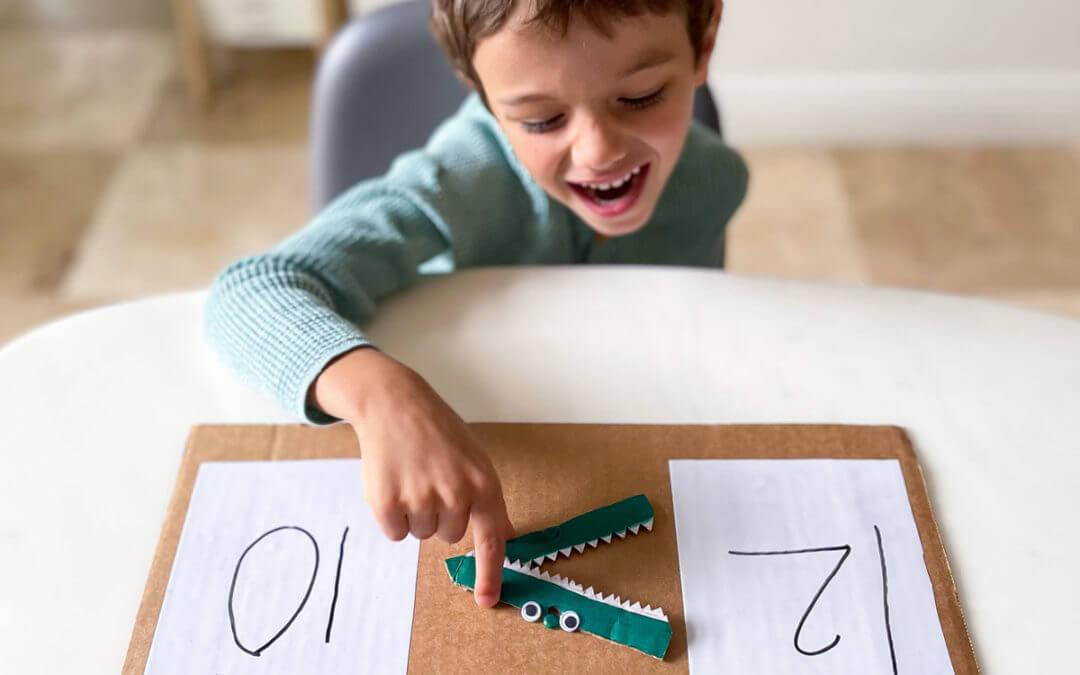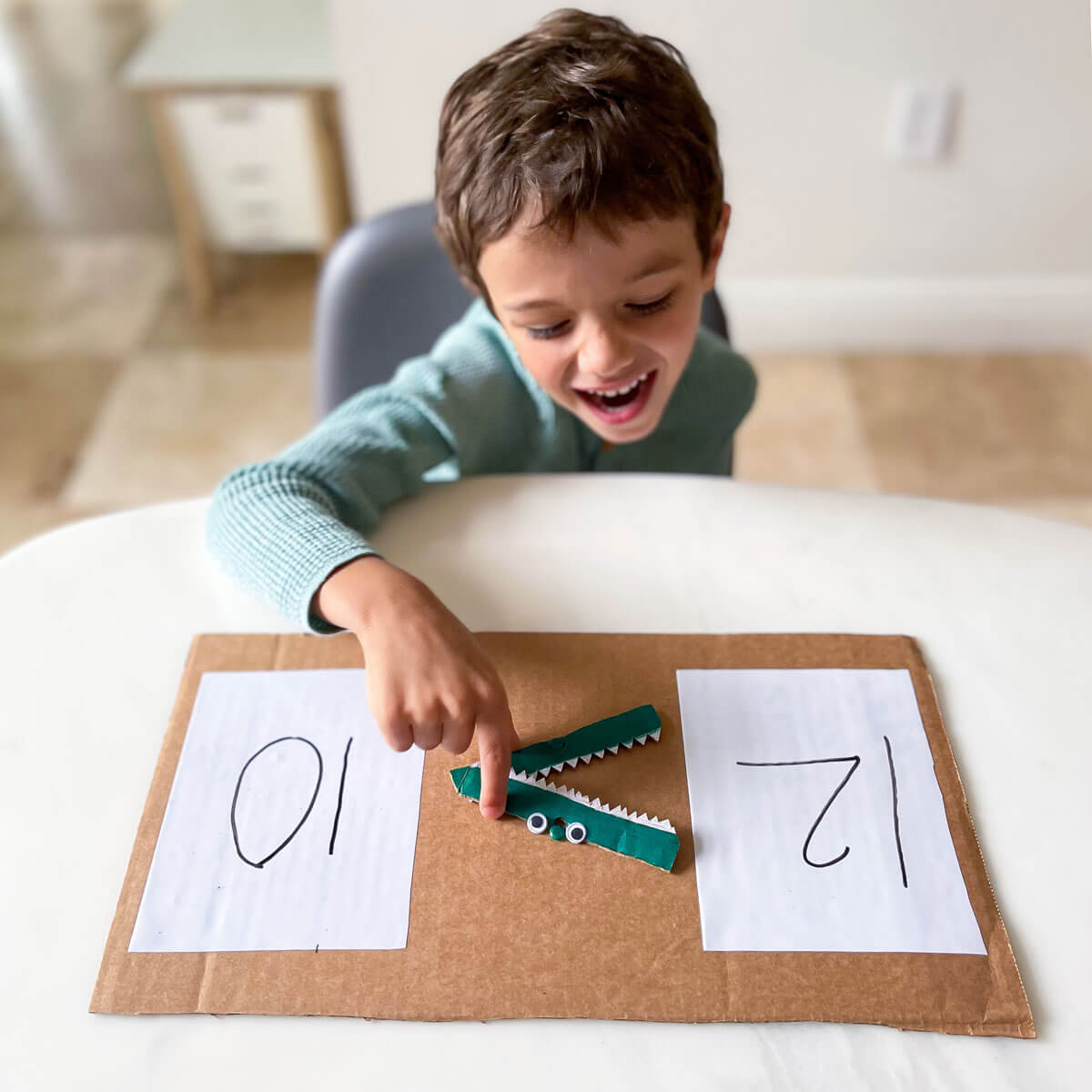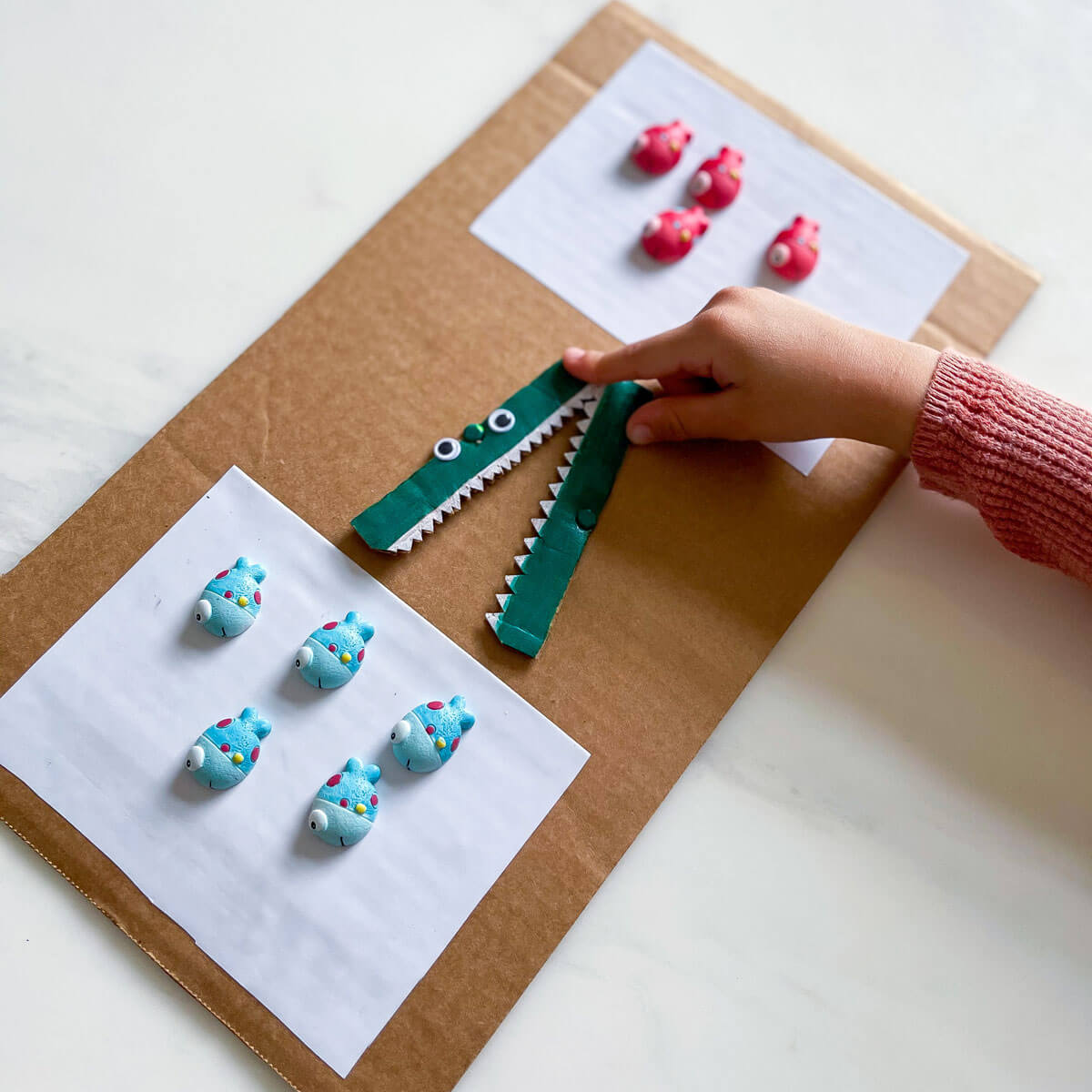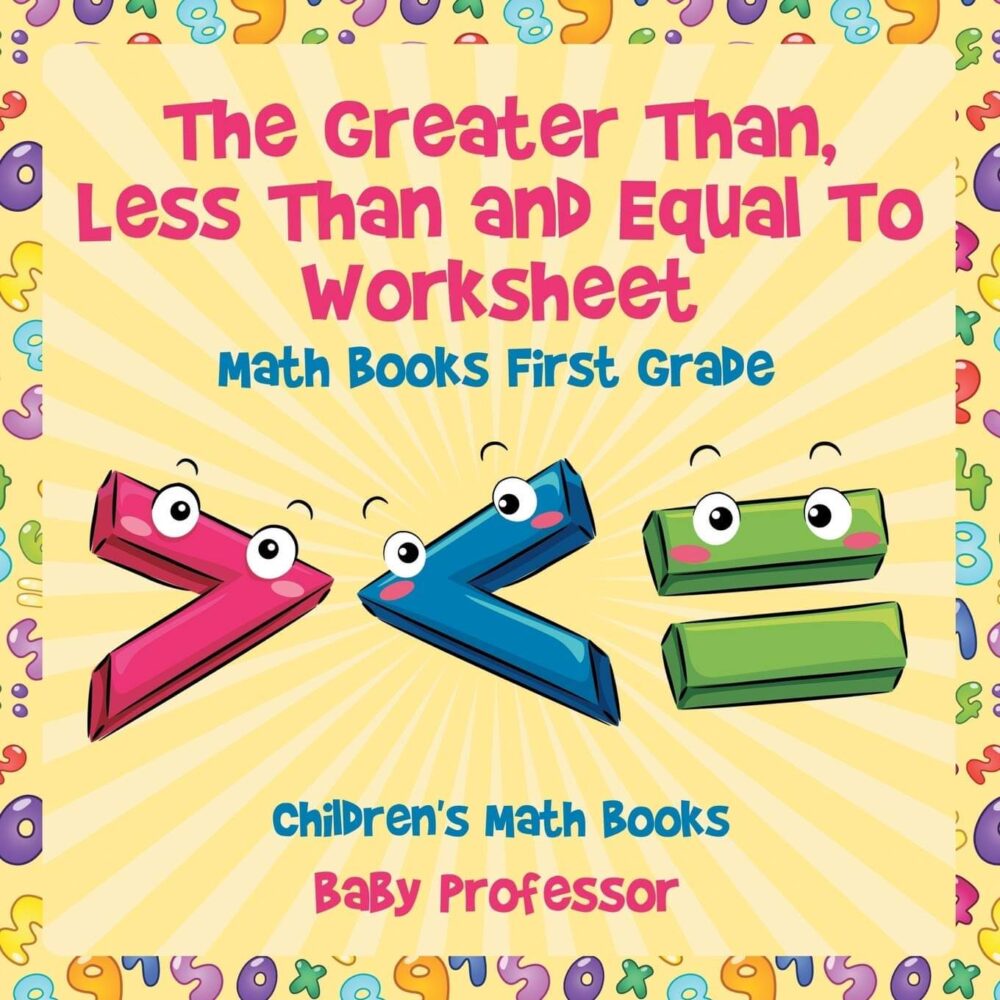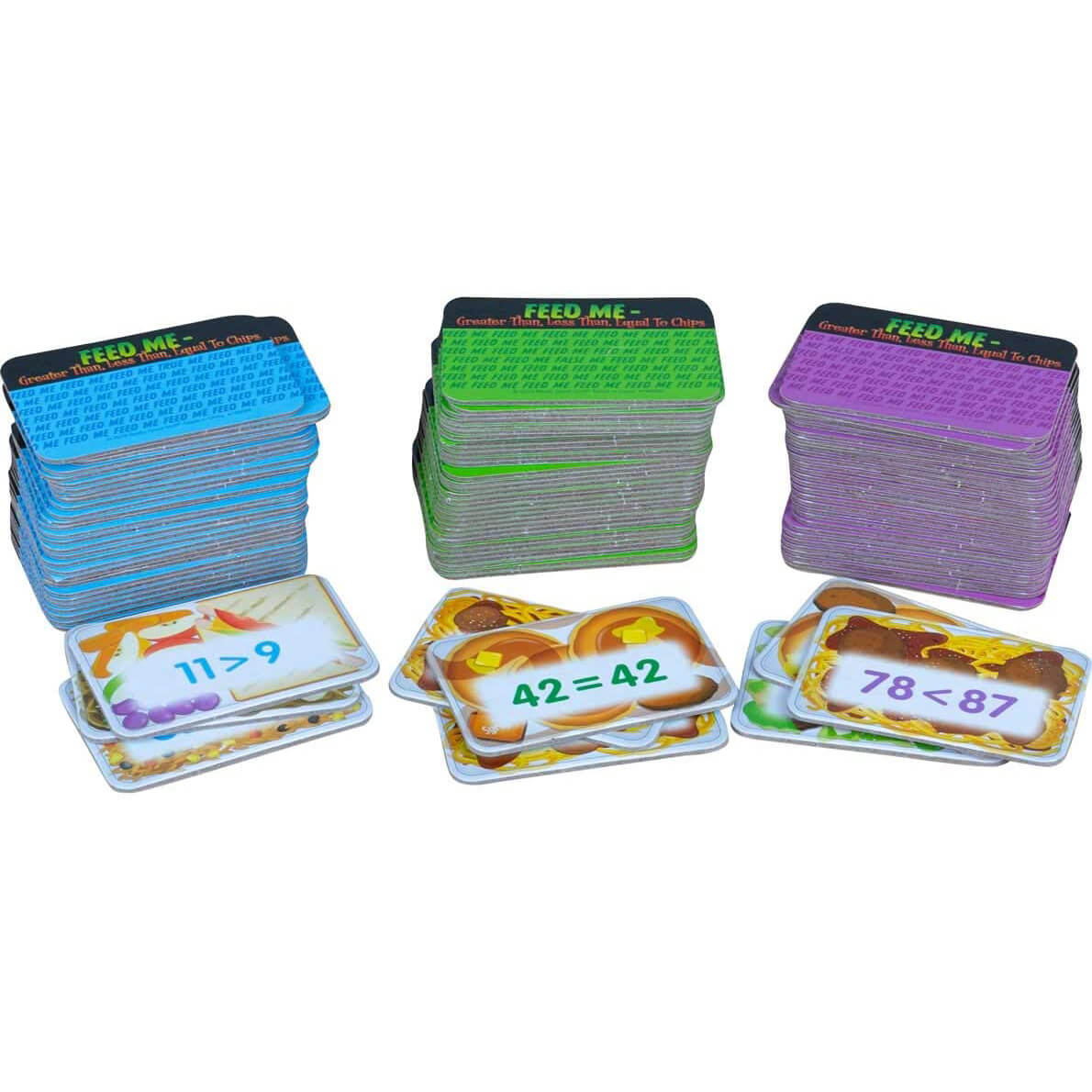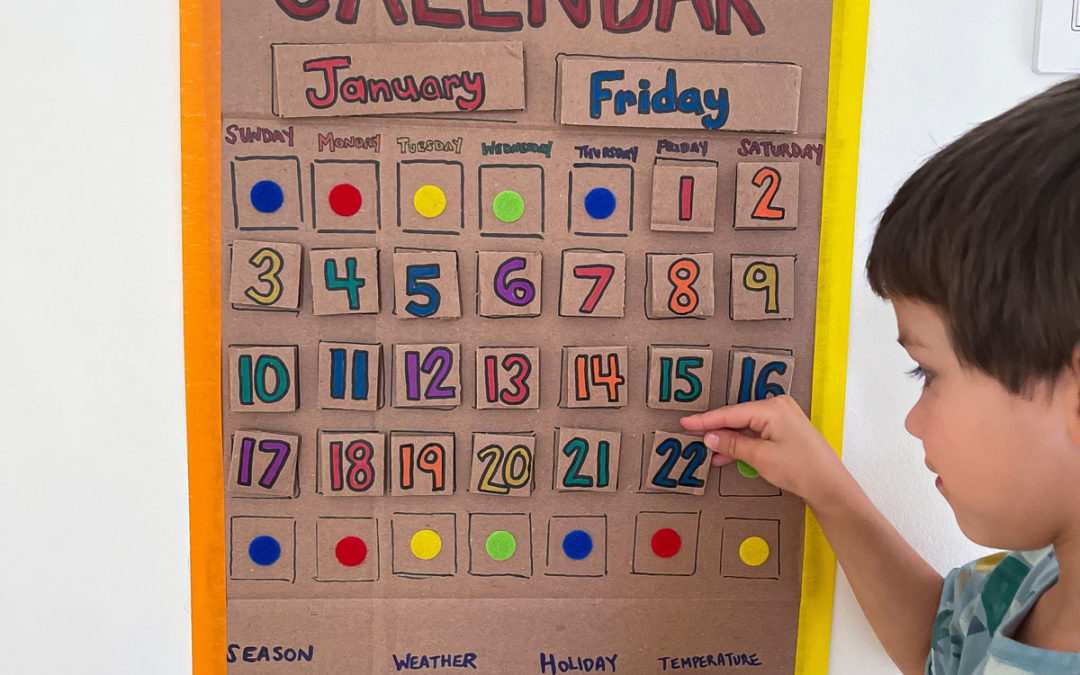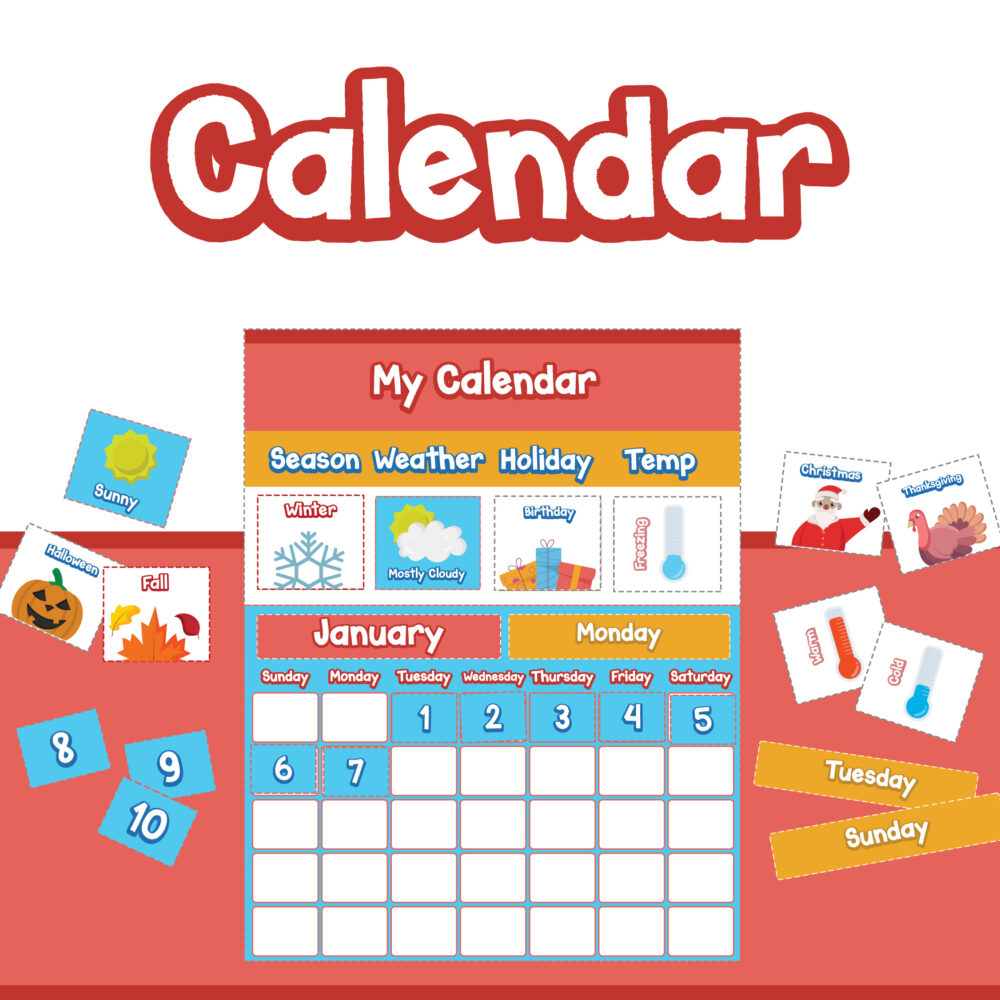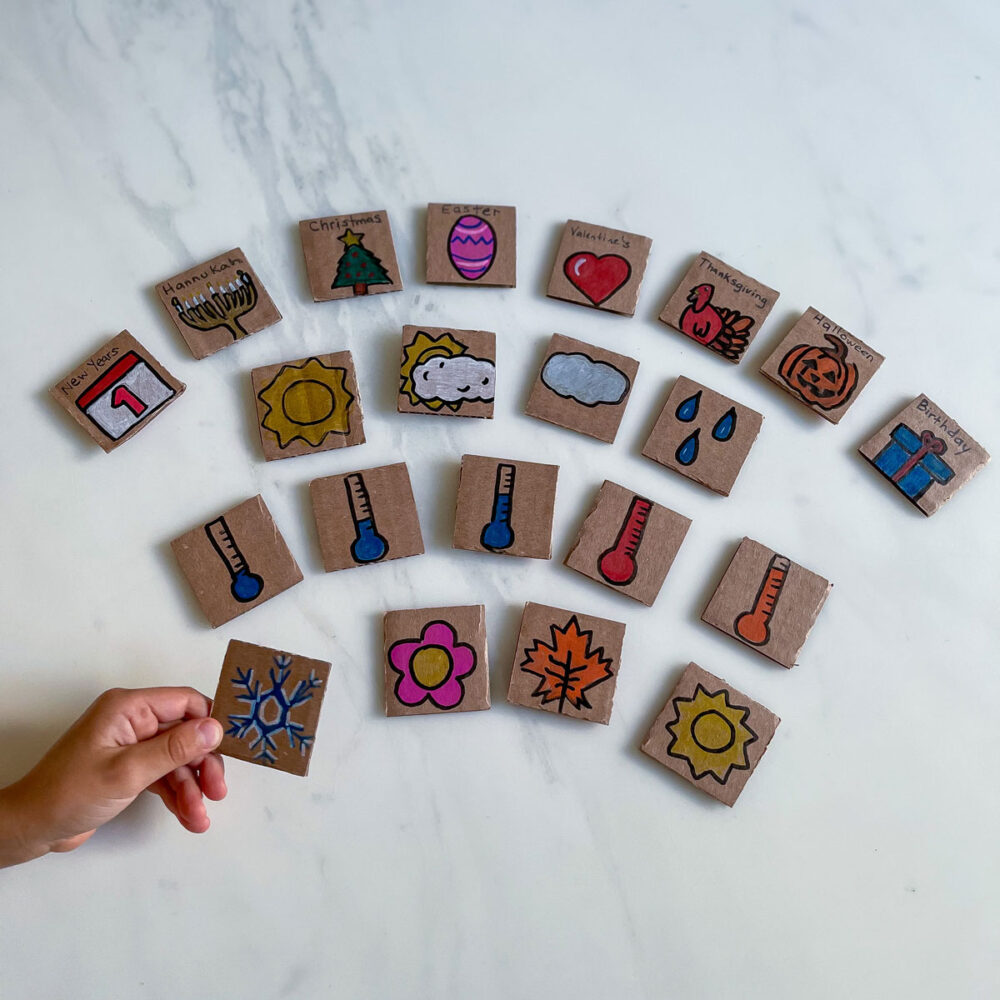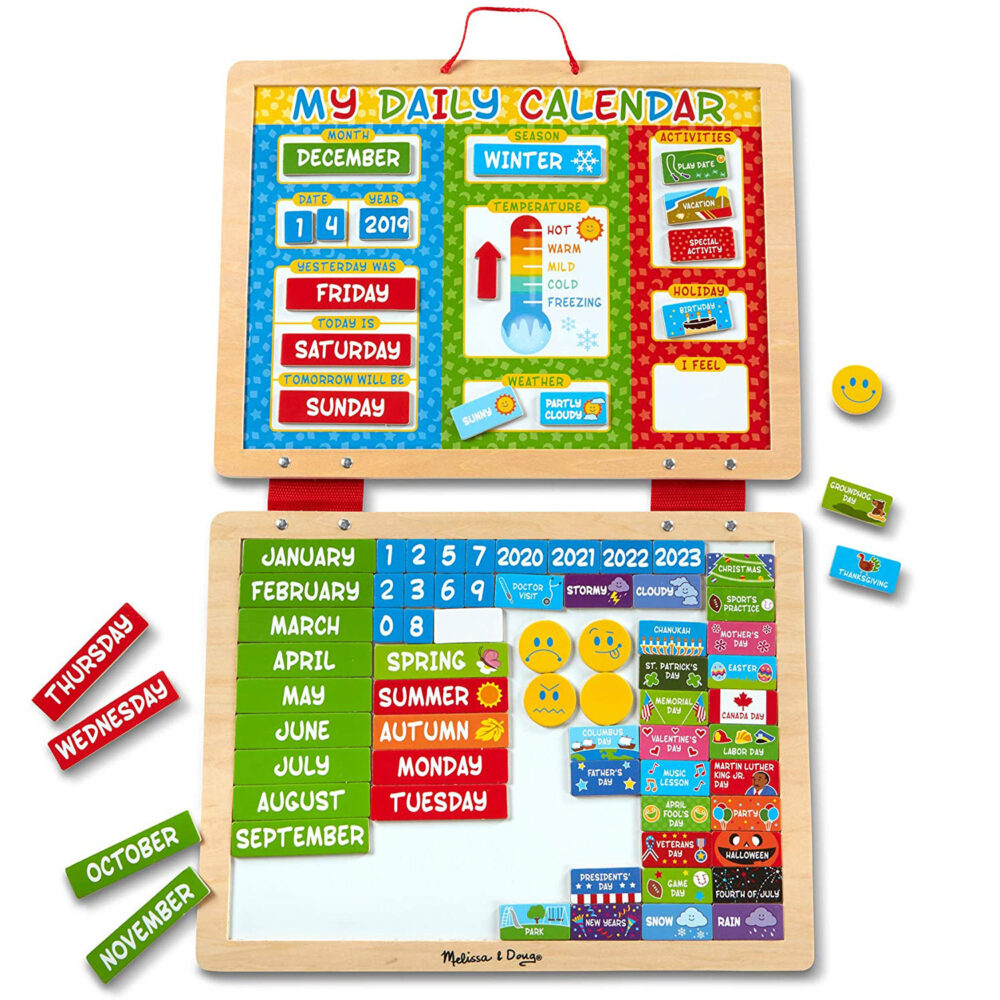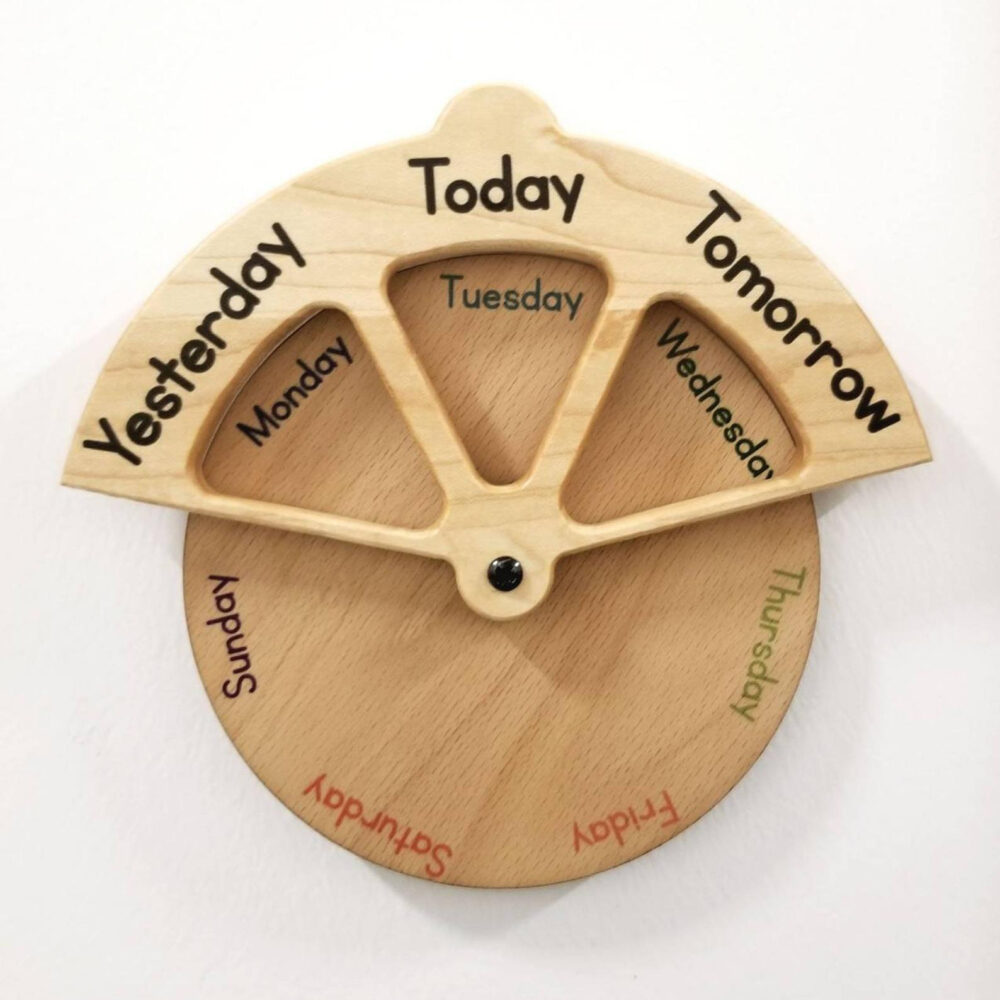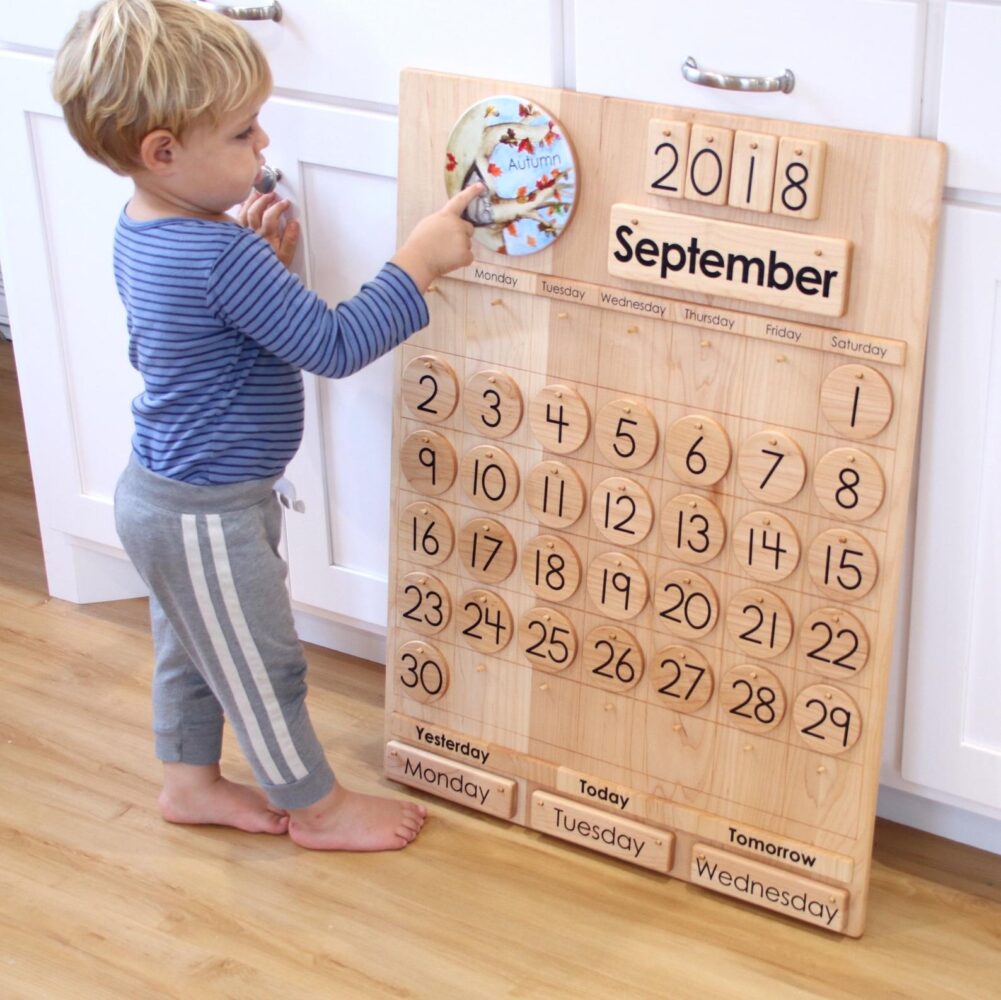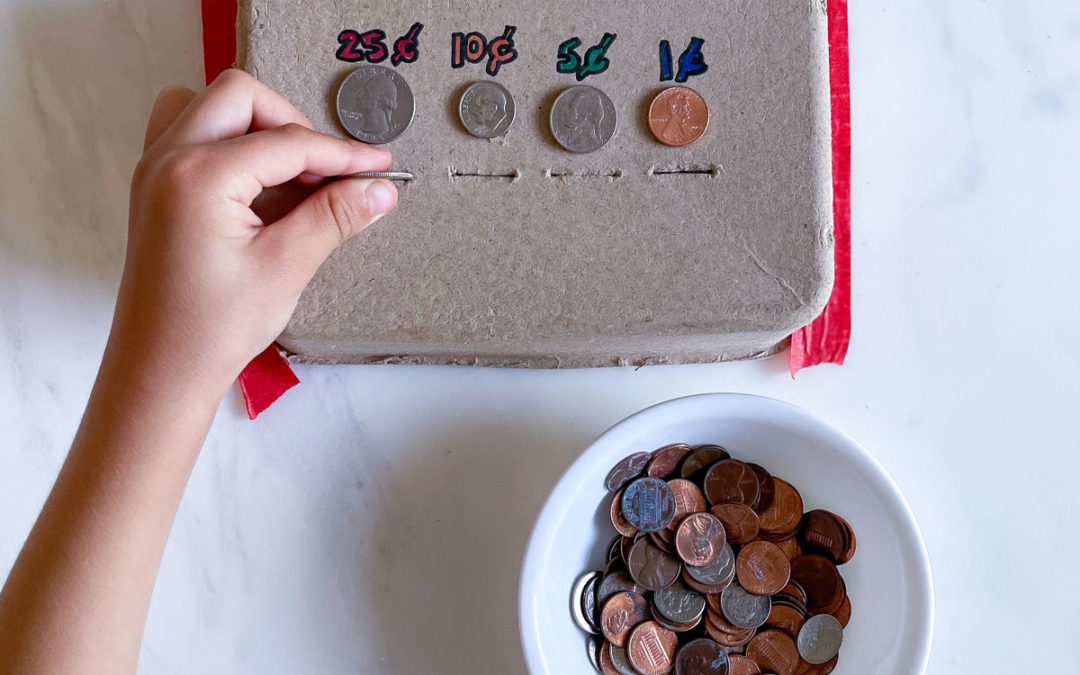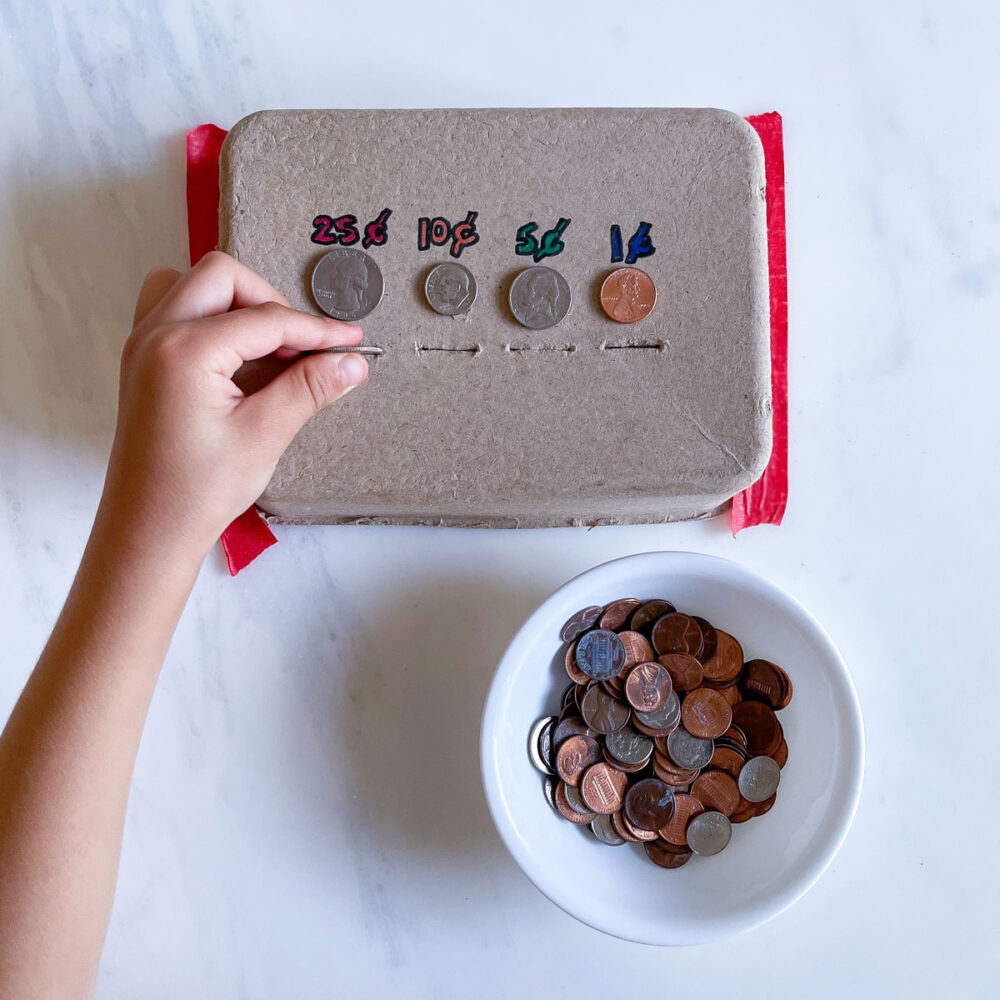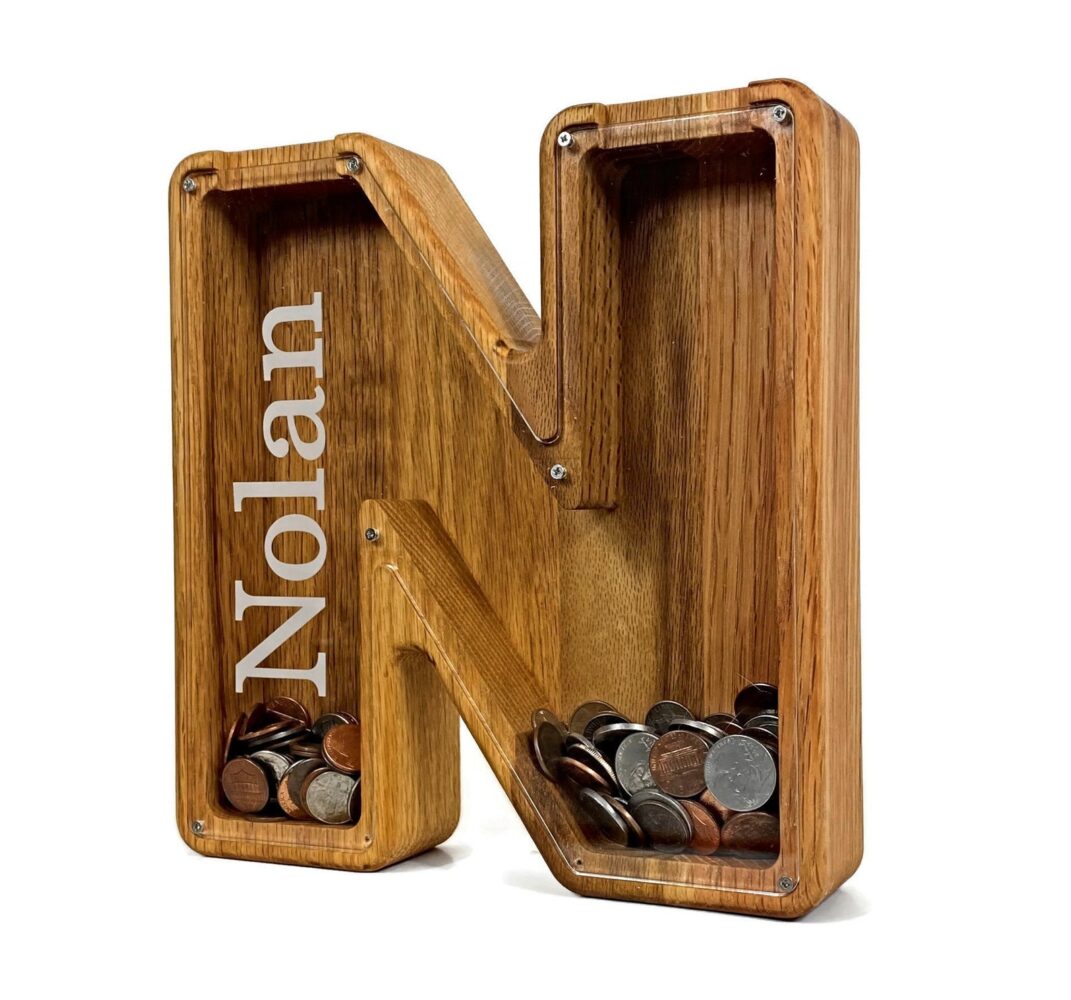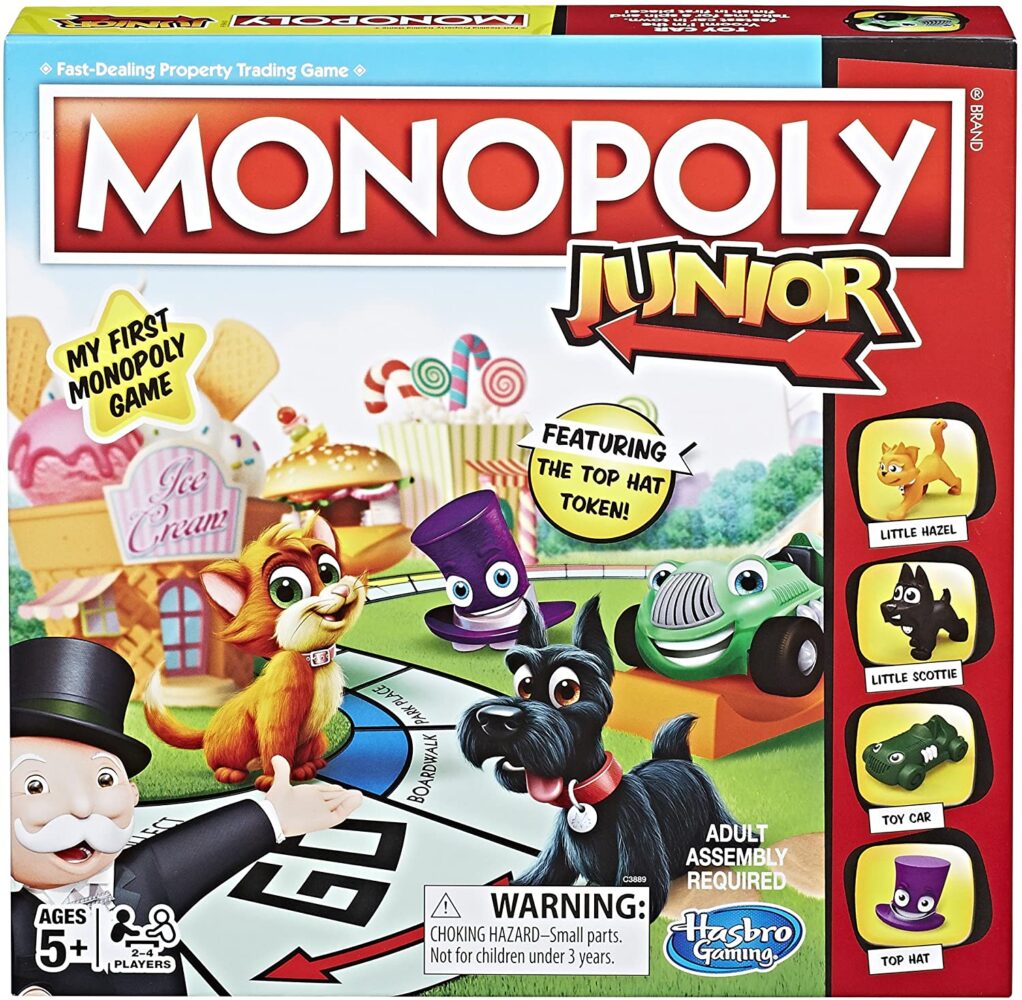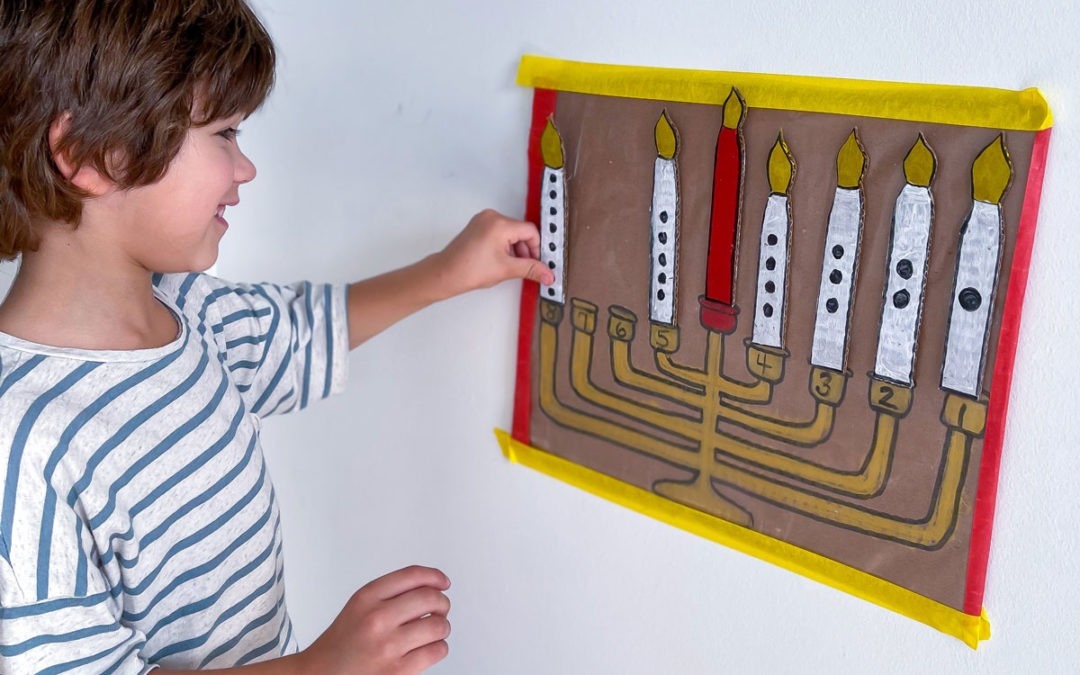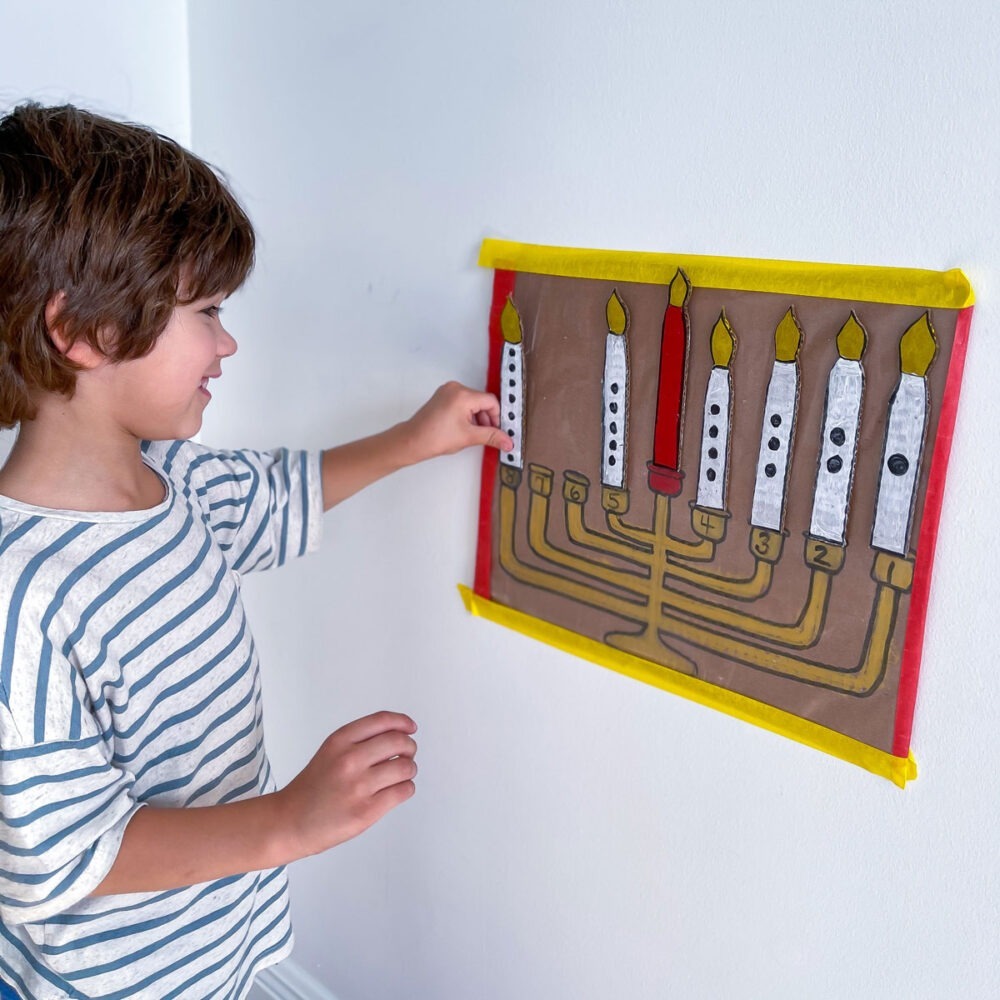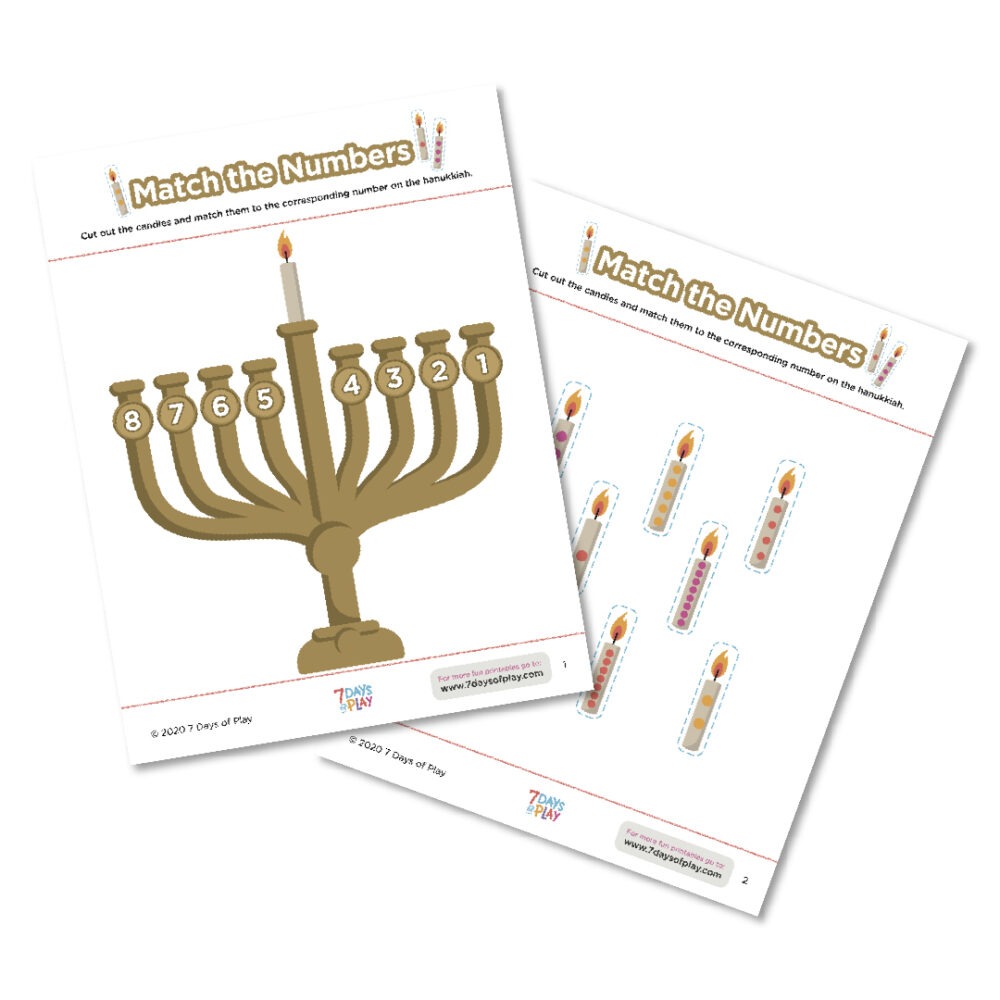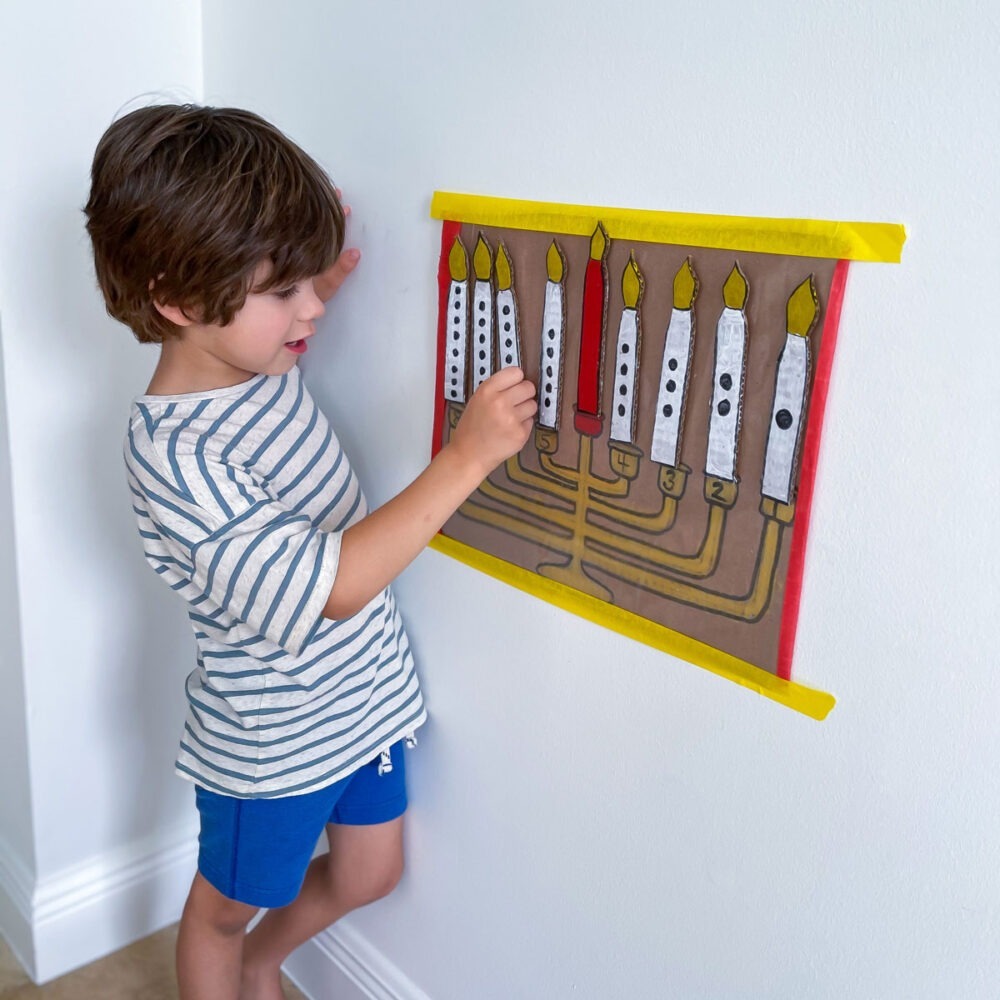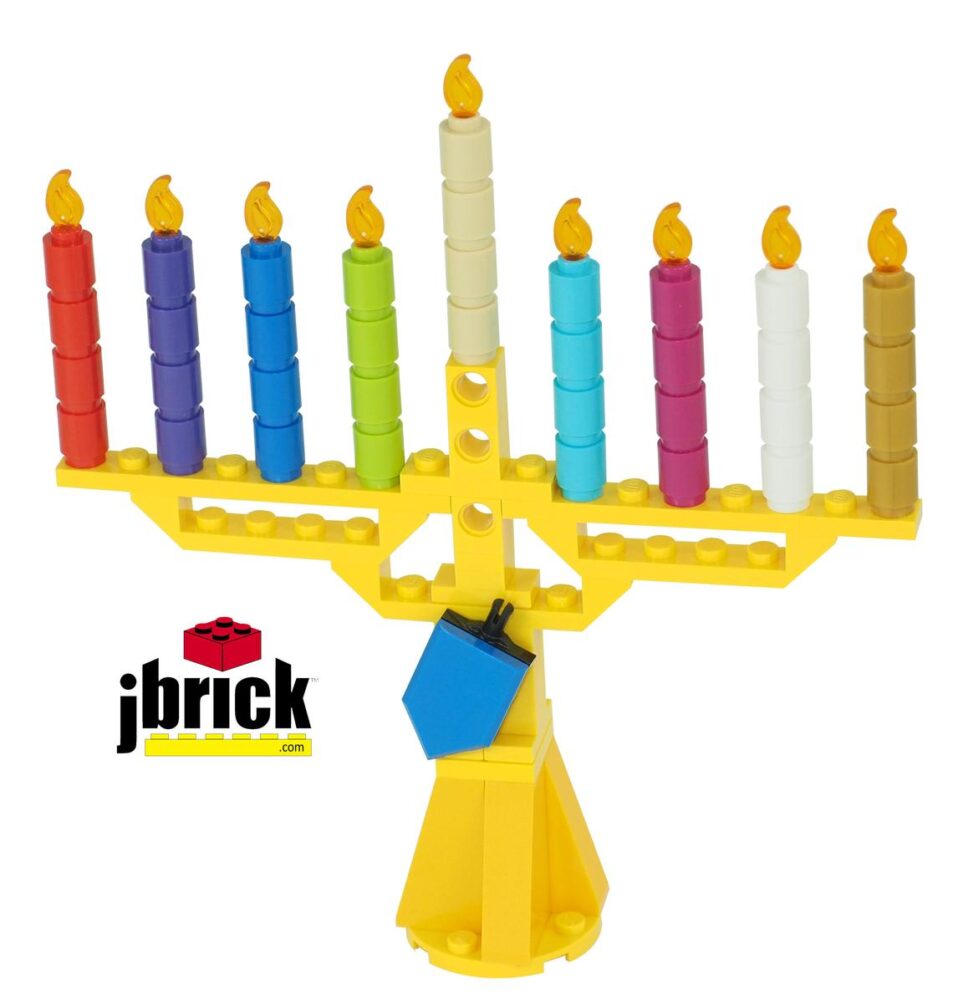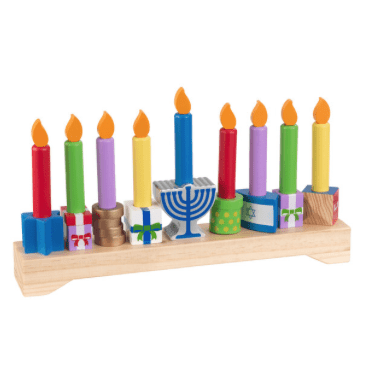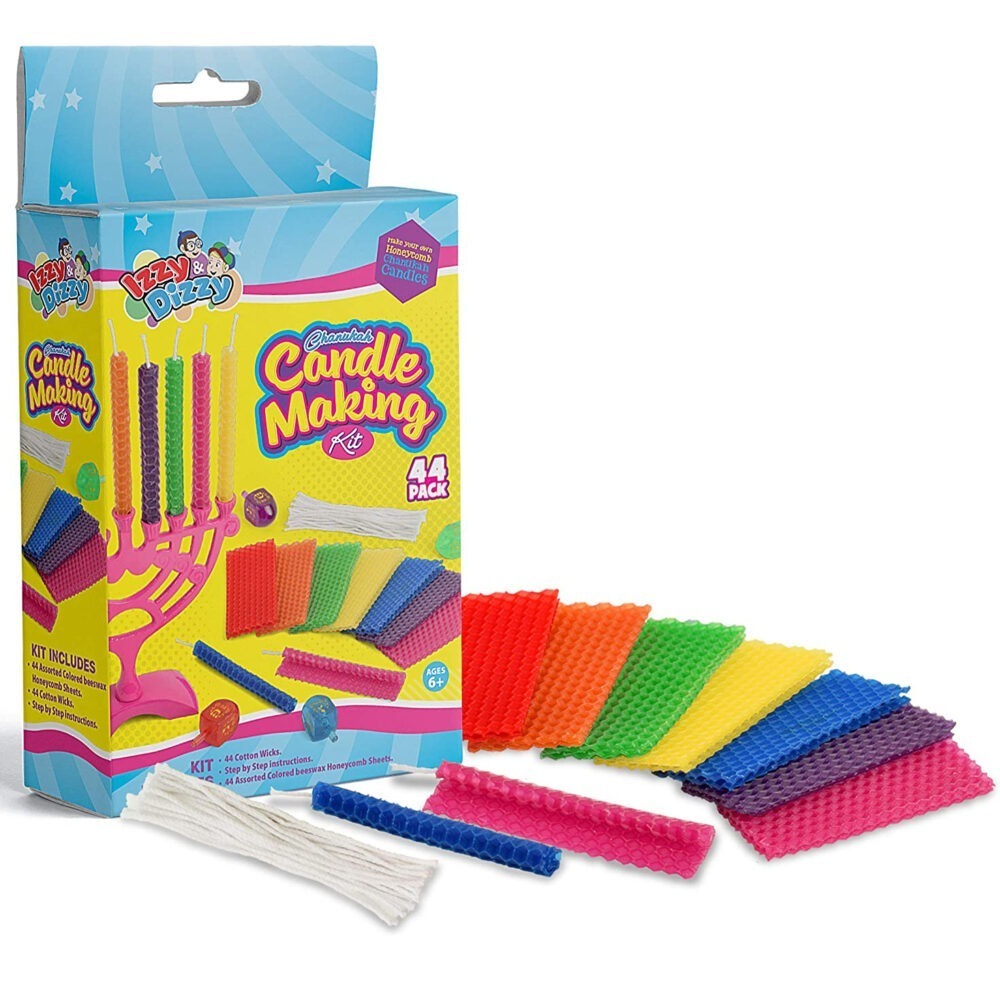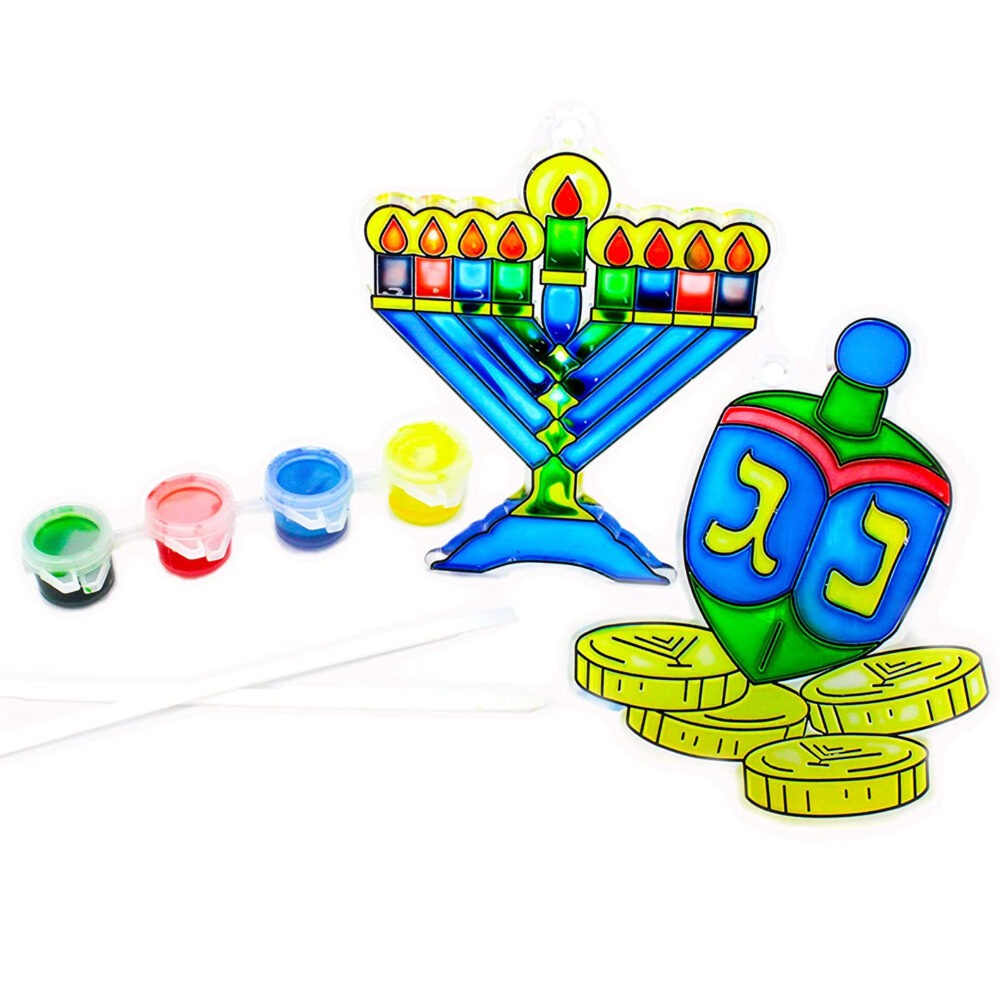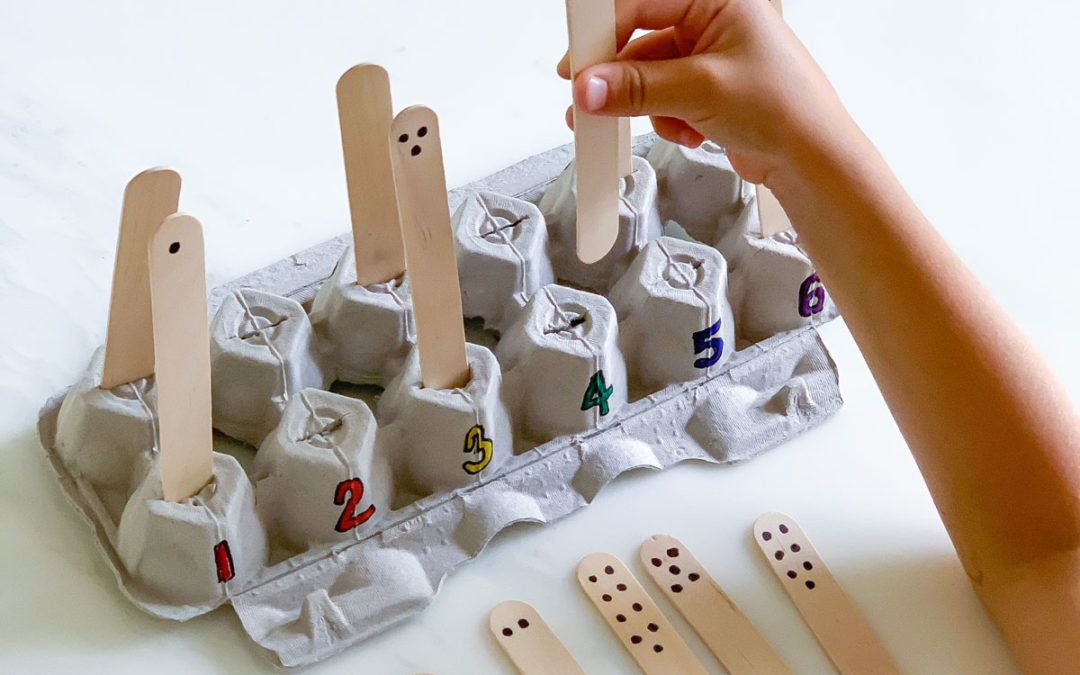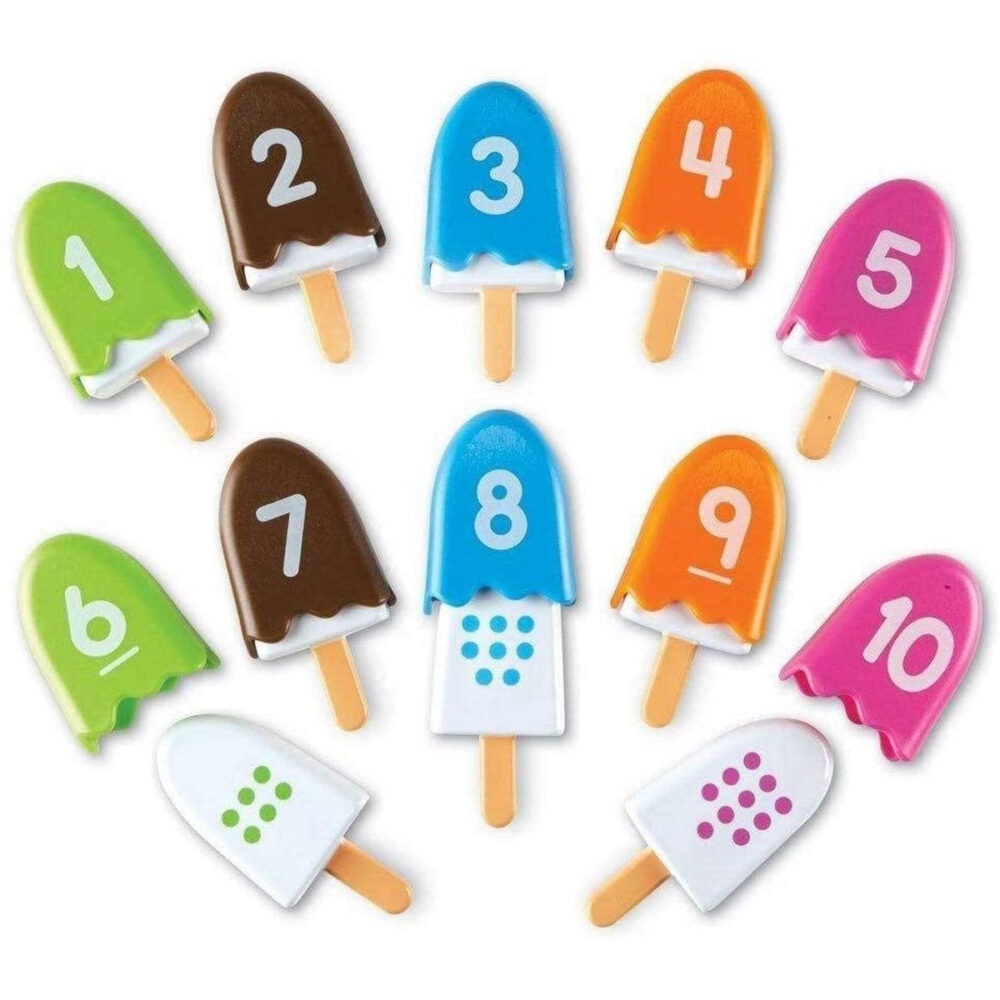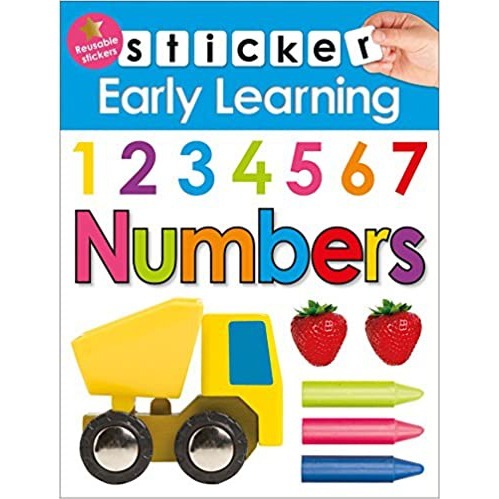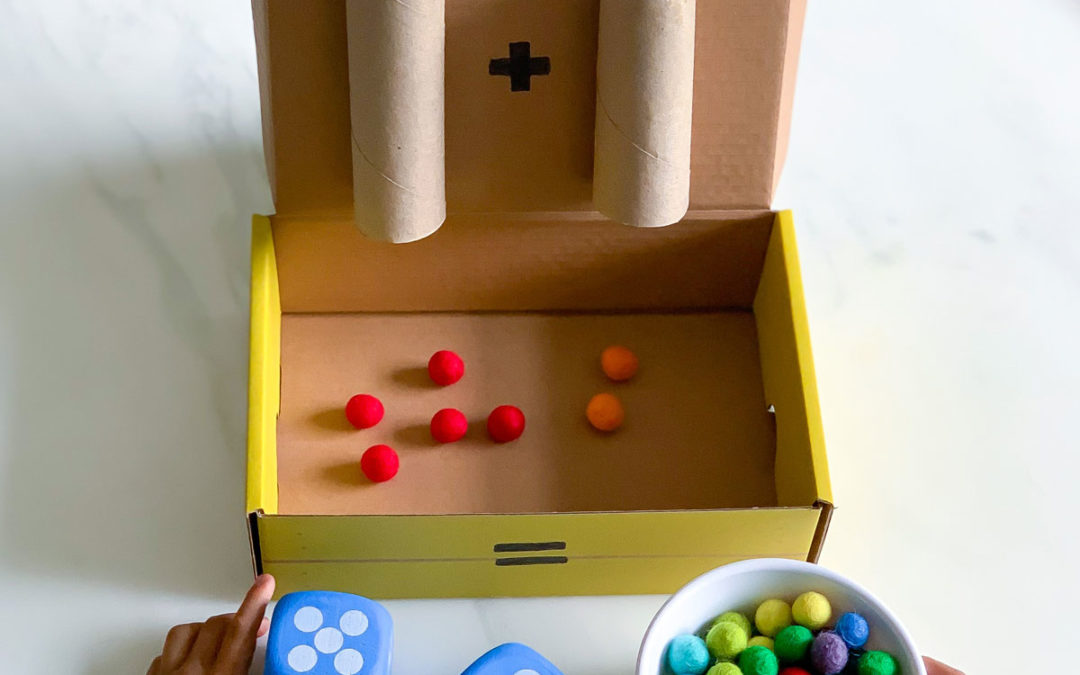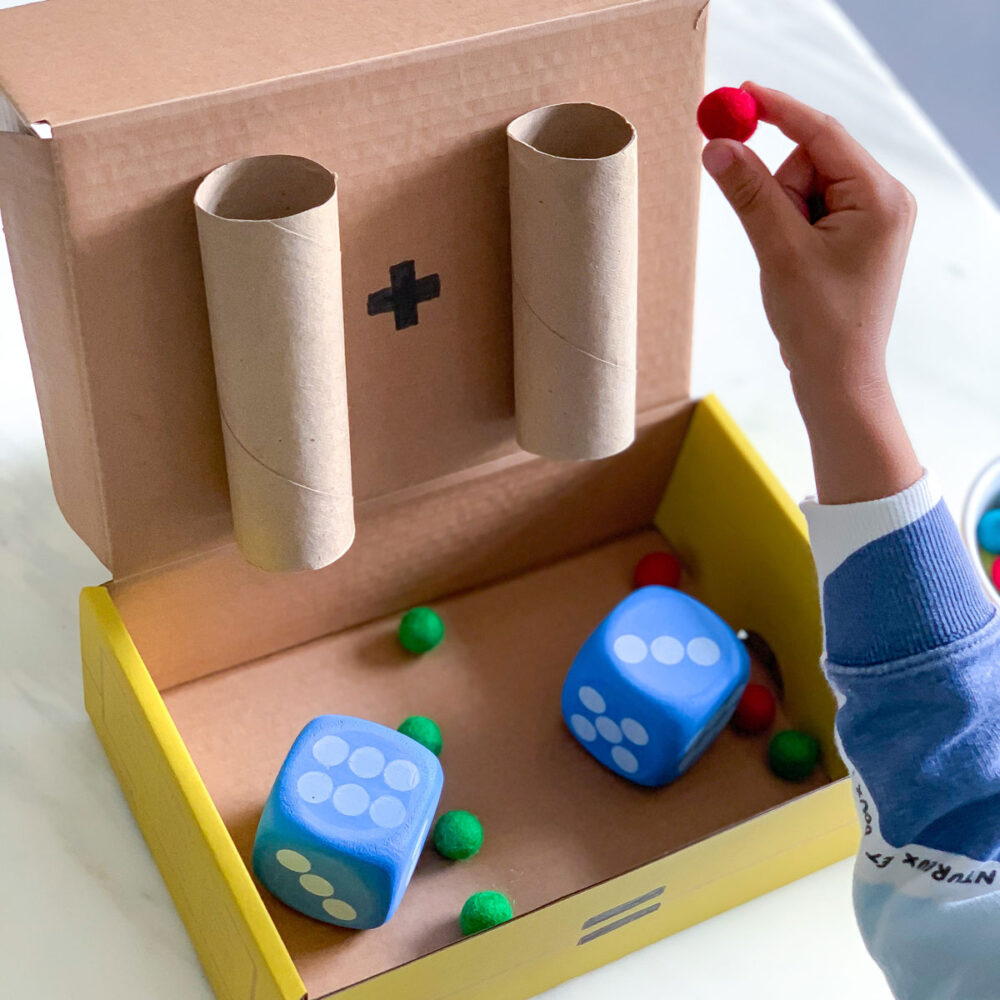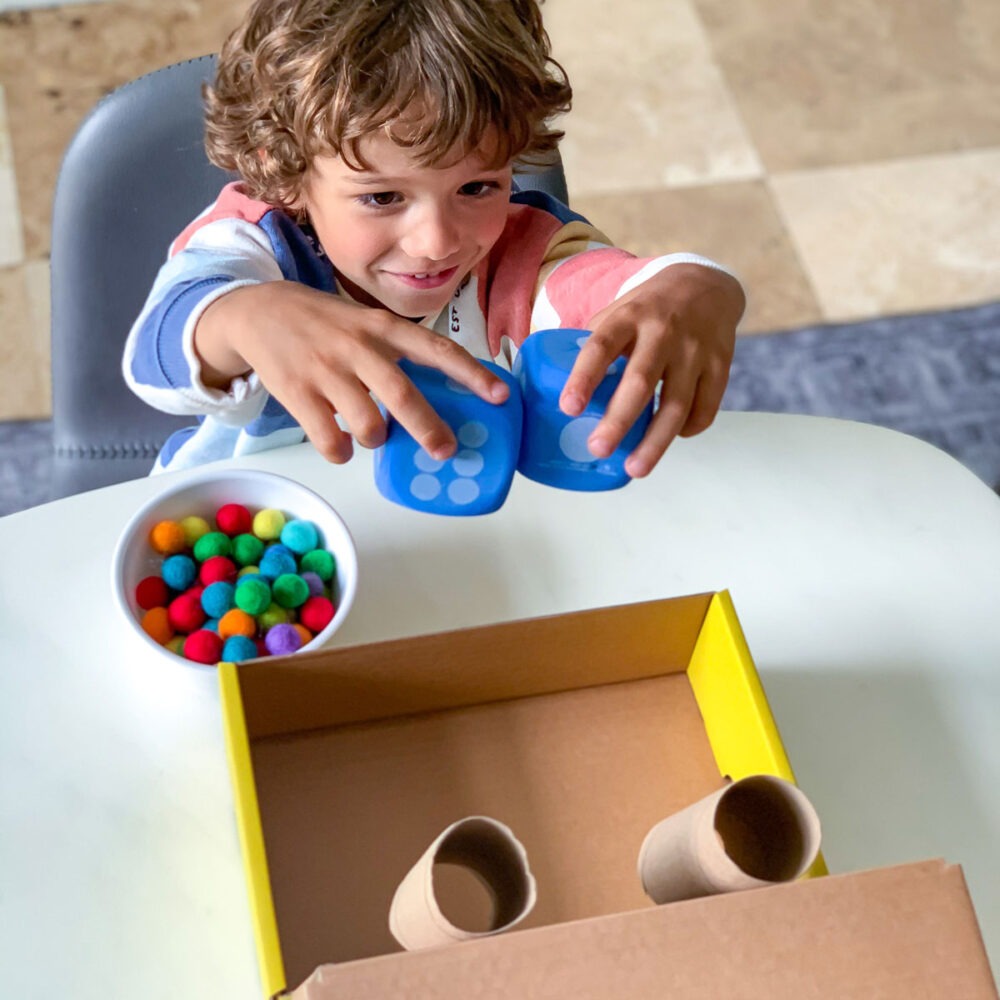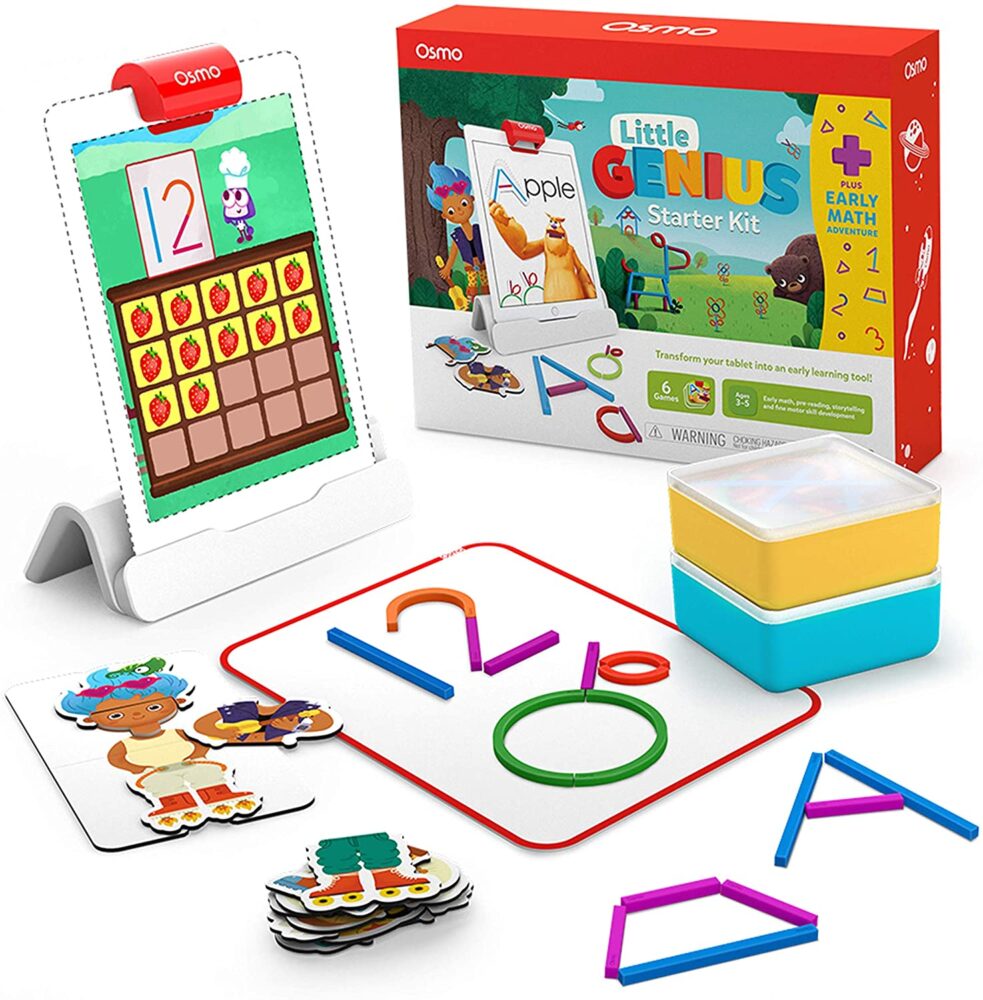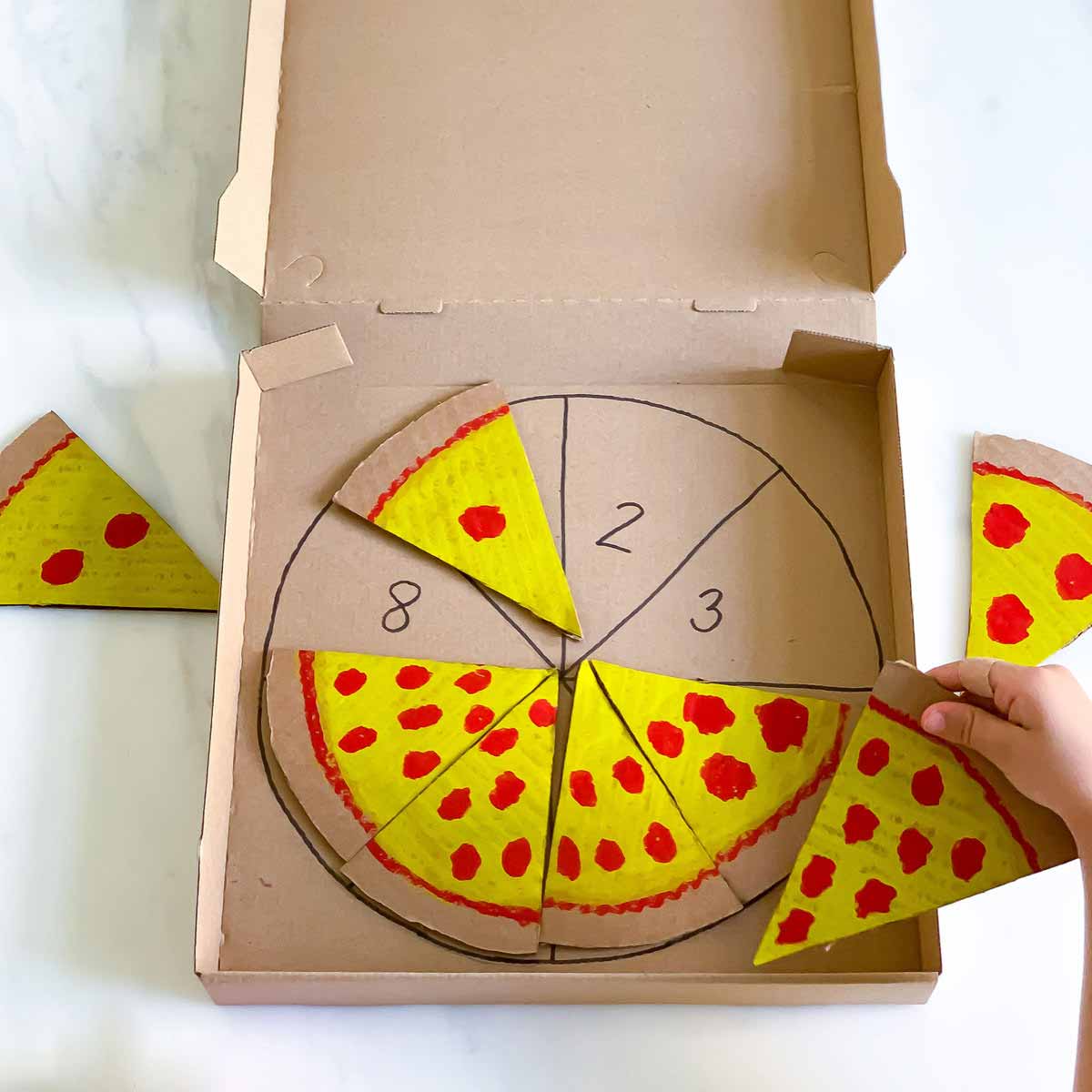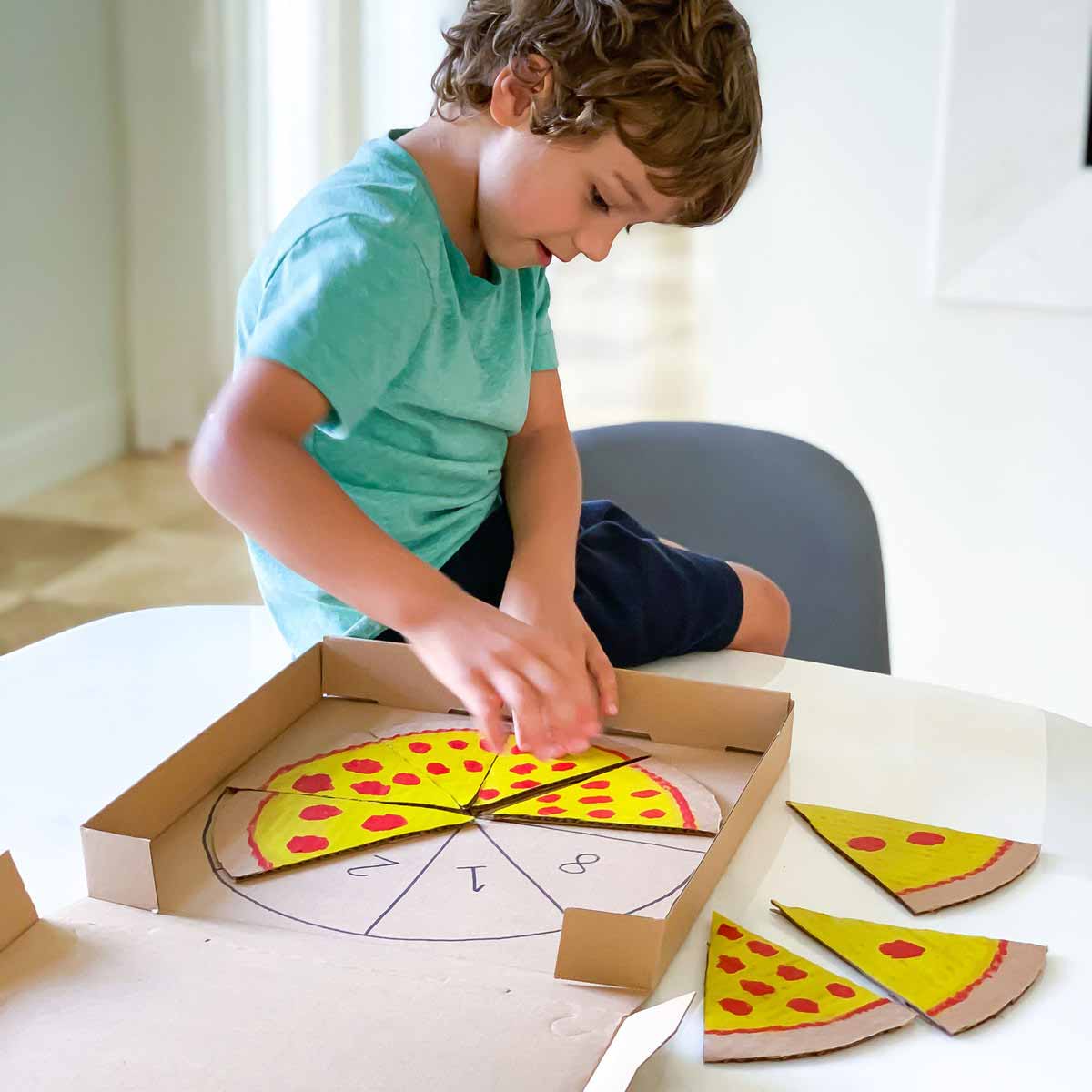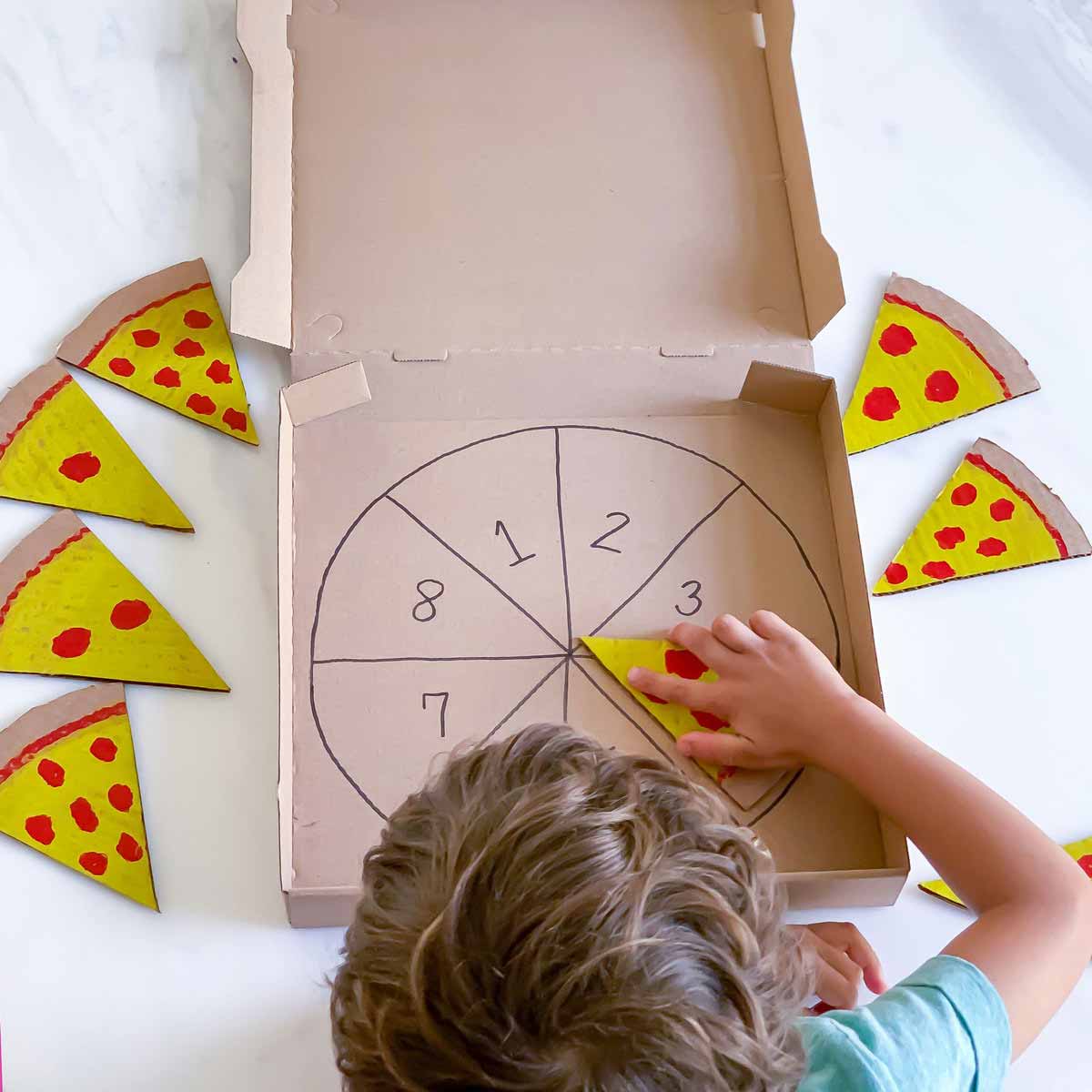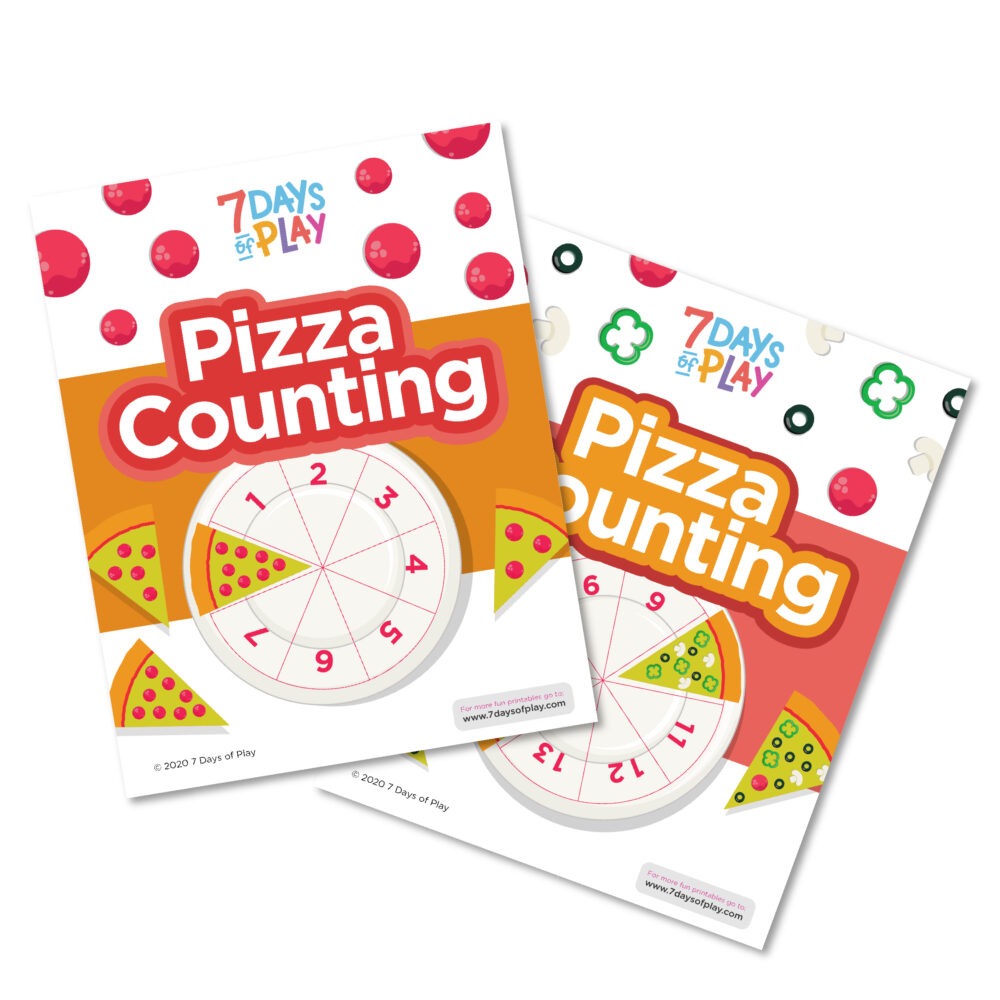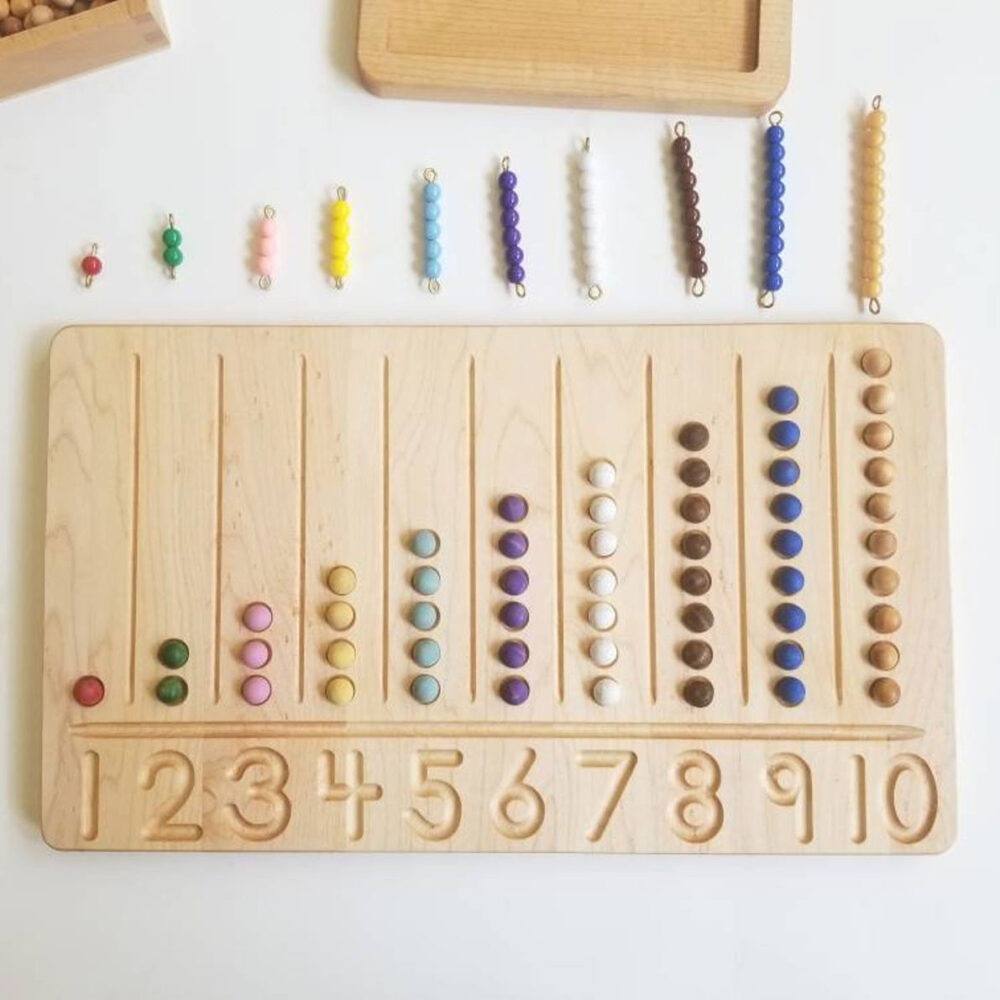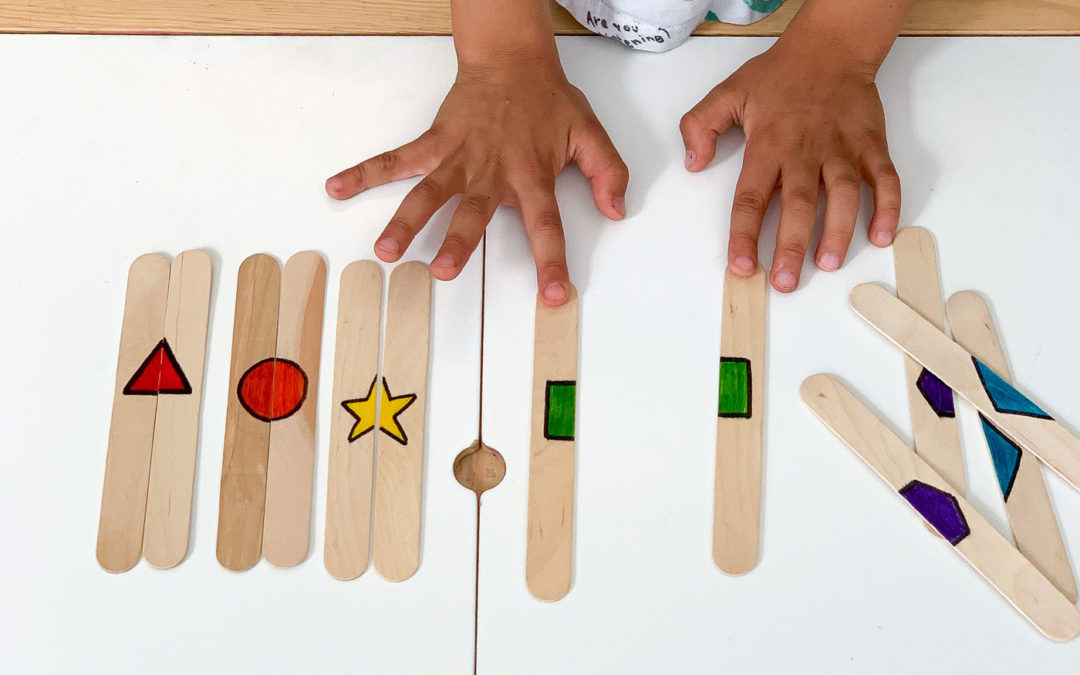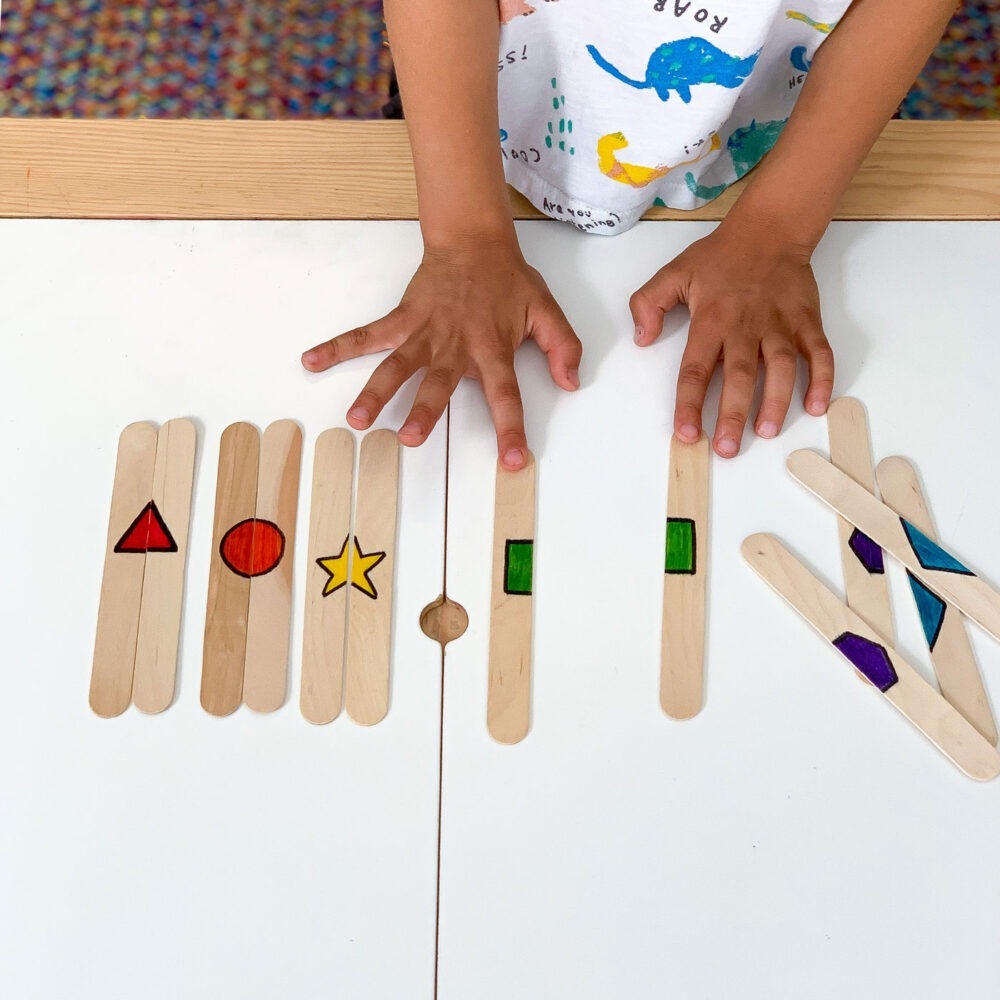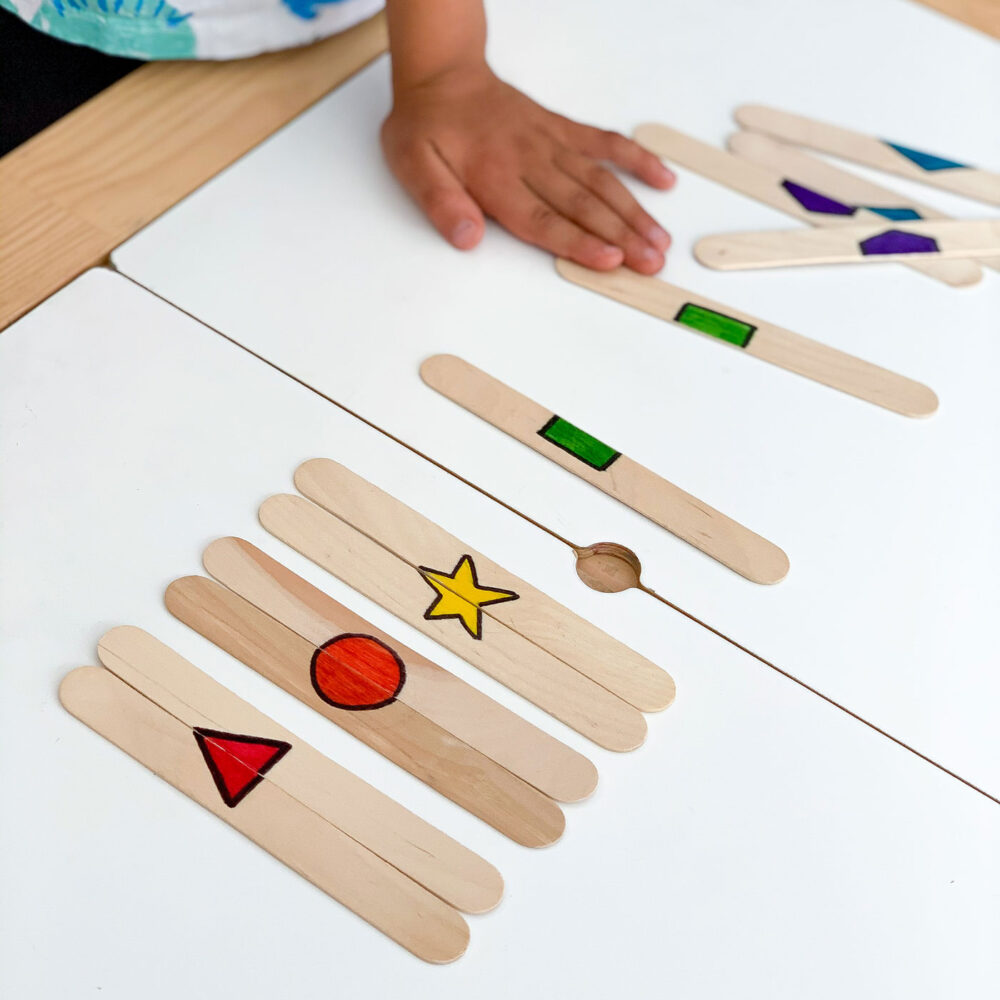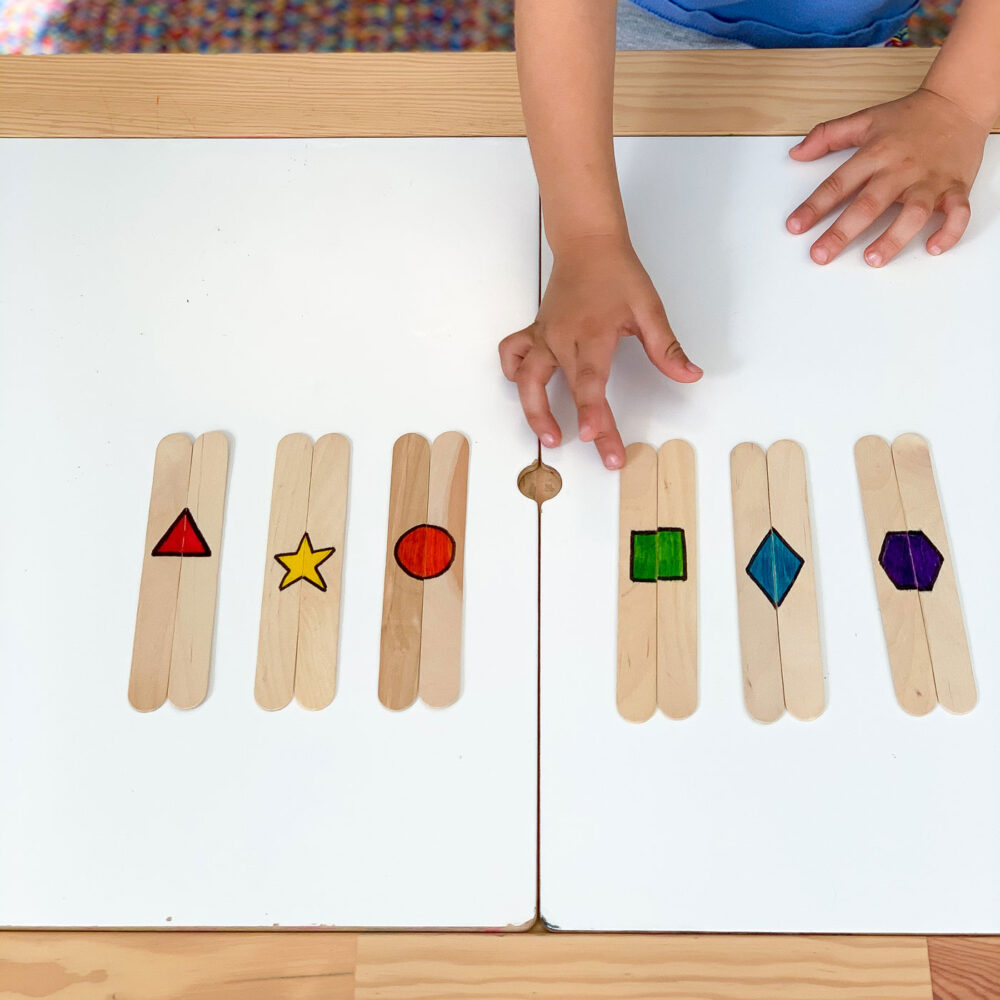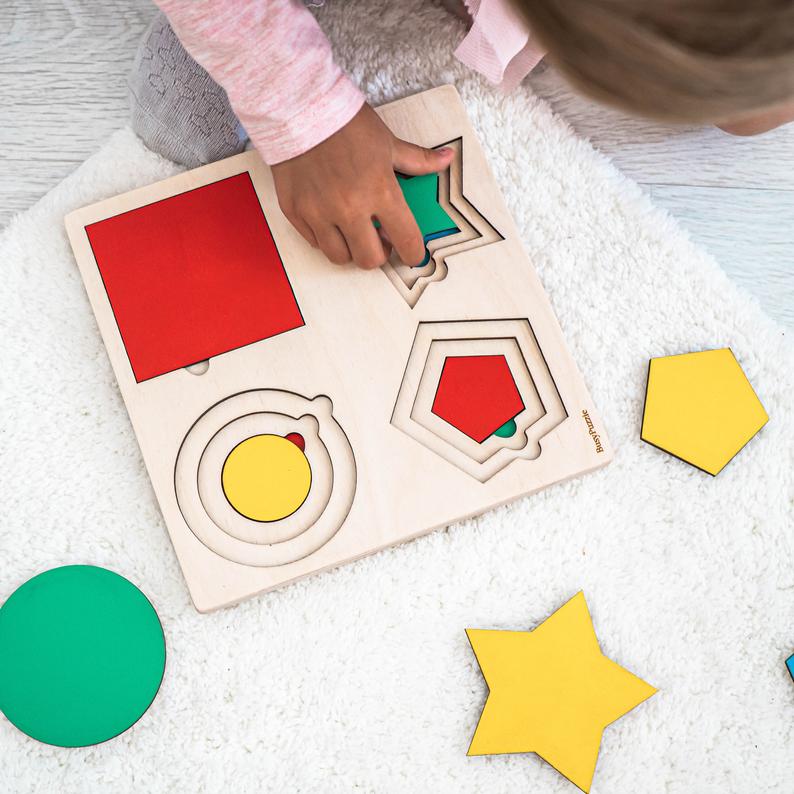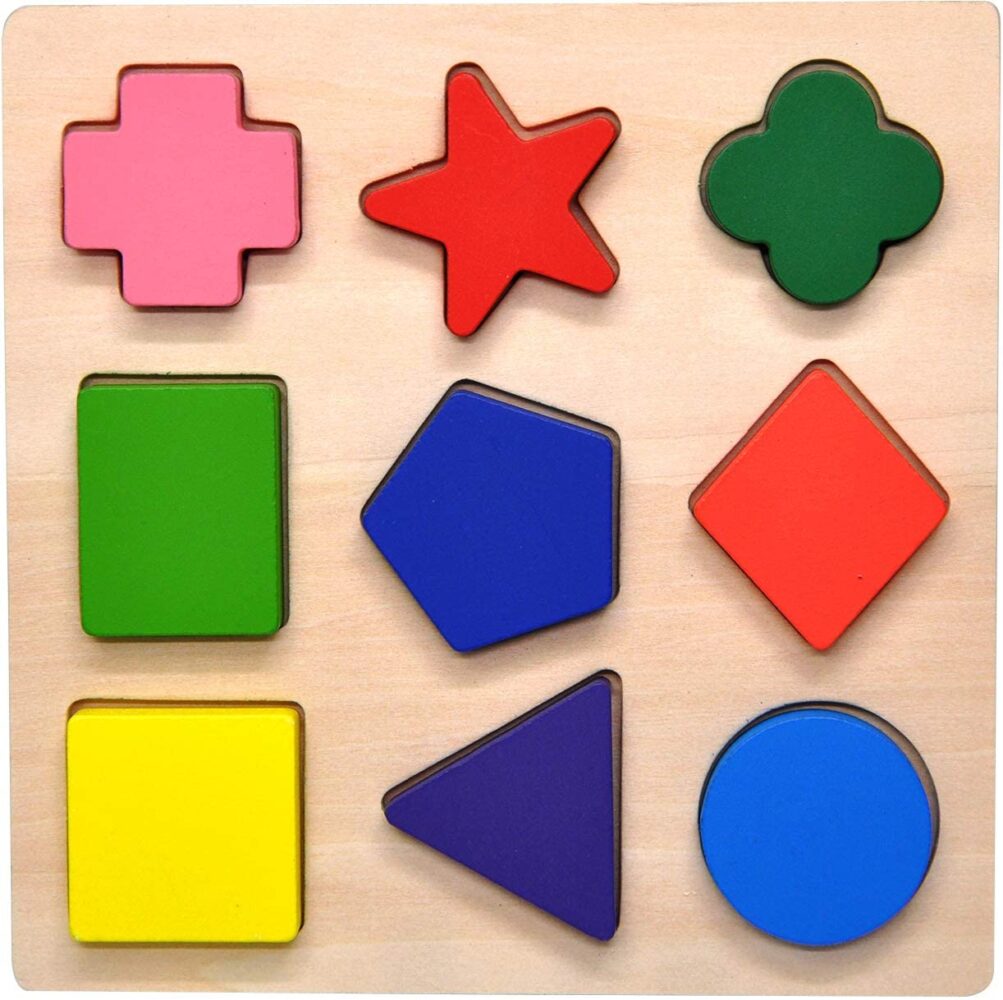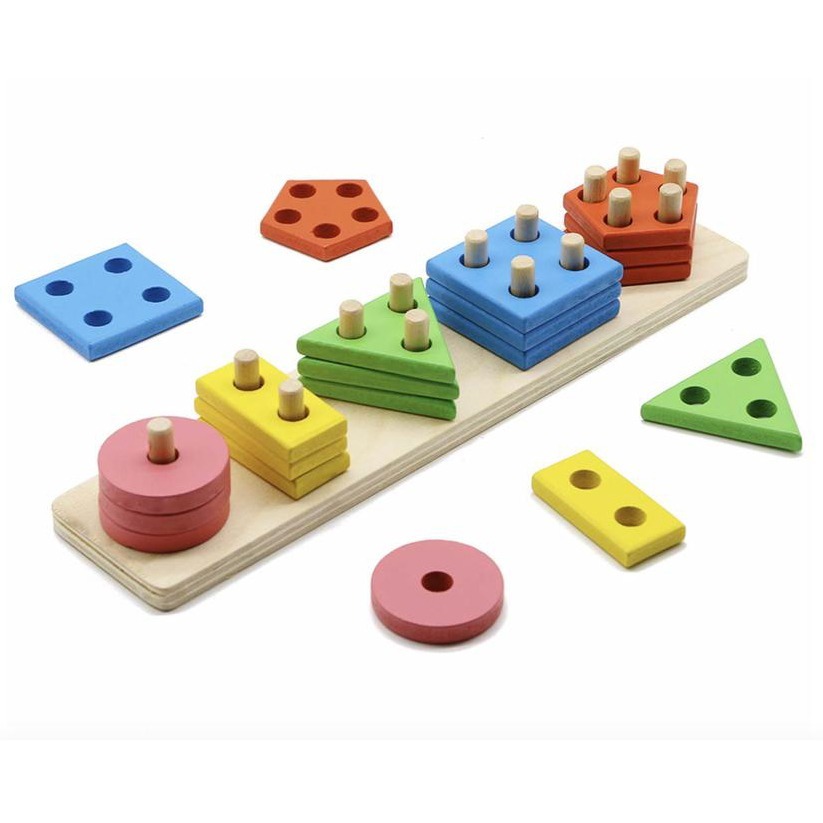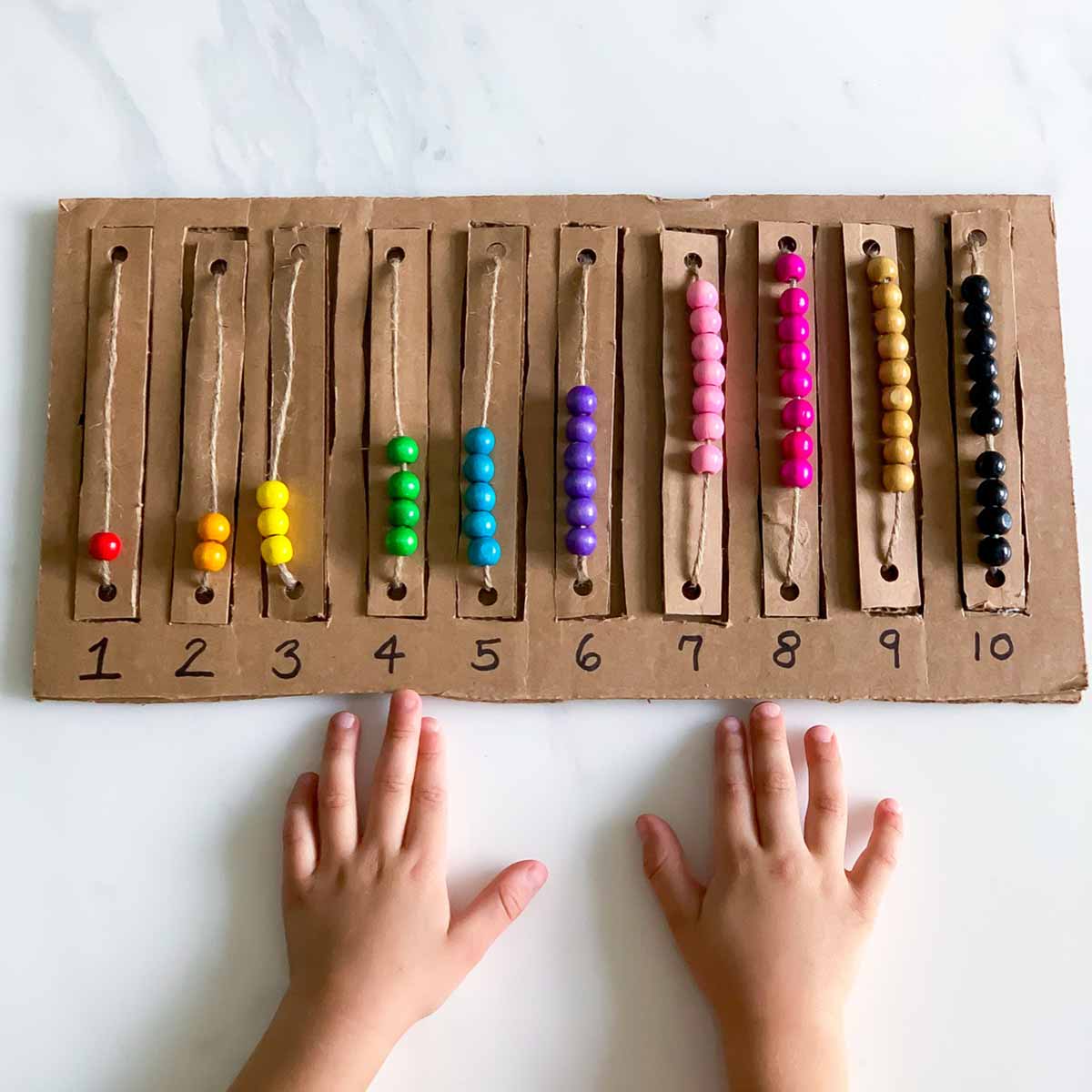Explore a fun and easy way to make bath time fun for kids with our vibrant and homemade kids bath paint recipe!
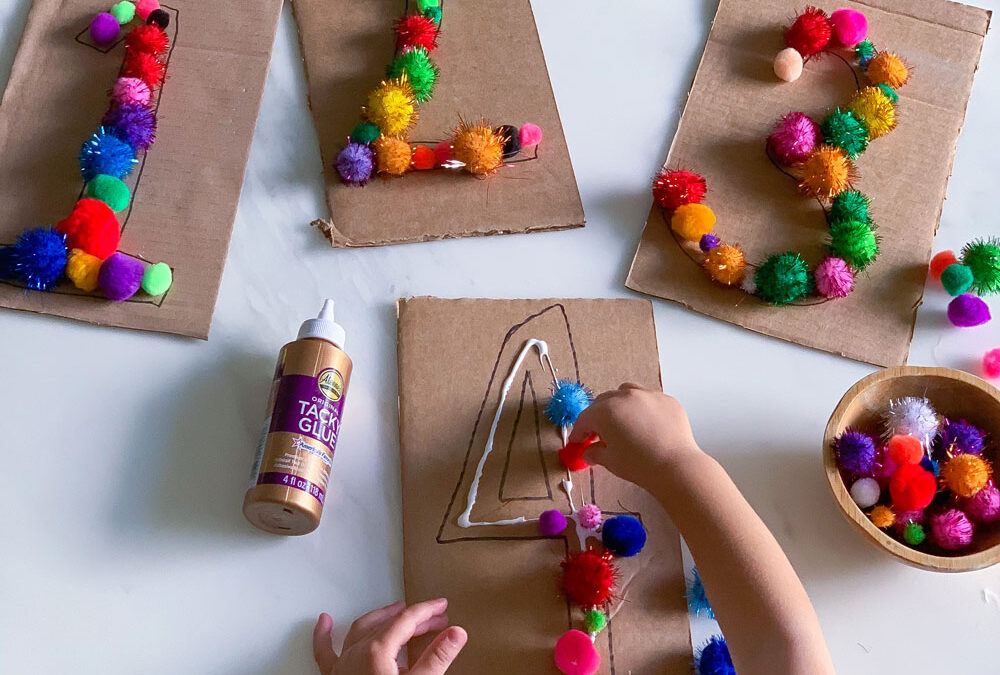
Number Recognition for Toddlers – The Best Activity to Start Learning
Number Recognition for Toddlers – The Best Activity to Start Learning

Kickstart number recognition for toddlers with this beginner’s activity! Fill bubble outlines with pom poms for engaging hands-on learning.
Pom Pom Number Craft – The Perfect Way to Start Number Recognition for Toddlers
Introducing toddlers to the world of numbers can be fun filled with exploration and hands-on learning. As they transition into this educational phase, providing interactive activities tailored to their developmental stage is key to fostering a solid foundation in numeracy.
This fun pom pom activity is a great way to introduce number symbols to toddlers. By filling in each number with pom poms, this gives their brains more time to see the number, say the number, and have that number in front of them during the entire process.
All activities should be supervised by an adult. As an Amazon Associate I earn from qualifying purchases. This post may contain affiliate links.
Skills:
Ages:
Prep Time:
This Interactive Approach to Number Recognition for Toddlers
The hands-on nature of this activity offers a myriad of benefits for toddlers as they embark on their journey of number recognition. As toddlers fill in the bubble outlines with colorful pom poms, they strengthen their understanding of numerical concepts through visual reinforcement. Grown-ups can further enhance this learning experience by verbally reinforcing number names aloud as the toddler places each pom pom, providing valuable auditory cues that complement the hands-on learning process. This interactive approach not only fosters a deeper connection with numbers but also cultivates a sense of achievement and pride as toddlers witness their creations come to life.
This Interactive Approach to Number Recognition for Toddlers
The hands-on nature of this activity offers a myriad of benefits for toddlers as they embark on their journey of number recognition. As toddlers fill in the bubble outlines with colorful pom poms, they strengthen their understanding of numerical concepts through visual reinforcement. Grown-ups can further enhance this learning experience by verbally reinforcing number names aloud as the toddler places each pom pom, providing valuable auditory cues that complement the hands-on learning process. This interactive approach not only fosters a deeper connection with numbers but also cultivates a sense of achievement and pride as toddlers witness their creations come to life.
Materials
Step-by-Step Instructions
Step 1
Draw a number on a piece of cardboard and then add some glue inside the lines.
Step 2
Have your child fill in the number by adding the pom poms on the glue. Please encourage them to stay in the lines to complete the number! (If you don’t have pom poms, you can use rice, pieces of paper – anything!) Keep in mind that depending on the size of the pom pom used, pom poms can be small parts which are choking hazards. Adult supervision is required. Consider using extra large pom poms.
Step 1
Draw a number on a piece of cardboard and then add some glue inside the lines.
Step 2
Have your child fill in the number by adding the pom poms on the glue. Please encourage them to stay in the lines to complete the number! (If you don’t have pom poms, you can use rice, pieces of paper – anything!) Keep in mind that depending on the size of the pom pom used, pom poms can be small parts which are choking hazards. Adult supervision is required. Consider using extra large pom poms.
The Significance of Early Numeracy: Why Toddlers Should Start Learning Numbers
Learning numbers at a young age lays the foundation for a lifetime of mathematical understanding and problem-solving skills. Toddlers are naturally curious and absorb information like sponges, making the early years an ideal time to introduce numerical concepts. By starting to learn numbers during this critical developmental stage, toddlers not only build a familiarity with numerical symbols but also begin to grasp fundamental mathematical principles such as counting, sequencing, and basic arithmetic. This early exposure to numbers nurtures cognitive development, enhancing skills such as critical thinking, pattern recognition, and logical reasoning.


The Significance of Early Numeracy: Why Toddlers Should Start Learning Numbers
Learning numbers at a young age lays the foundation for a lifetime of mathematical understanding and problem-solving skills. Toddlers are naturally curious and absorb information like sponges, making the early years an ideal time to introduce numerical concepts. By starting to learn numbers during this critical developmental stage, toddlers not only build a familiarity with numerical symbols but also begin to grasp fundamental mathematical principles such as counting, sequencing, and basic arithmetic. This early exposure to numbers nurtures cognitive development, enhancing skills such as critical thinking, pattern recognition, and logical reasoning.
More Ways to Explore Numbers and Counting!
Beyond the hands-on activity described, there are numerous other engaging ways to delve into the world of counting and numbers with toddlers. Here are just a few:
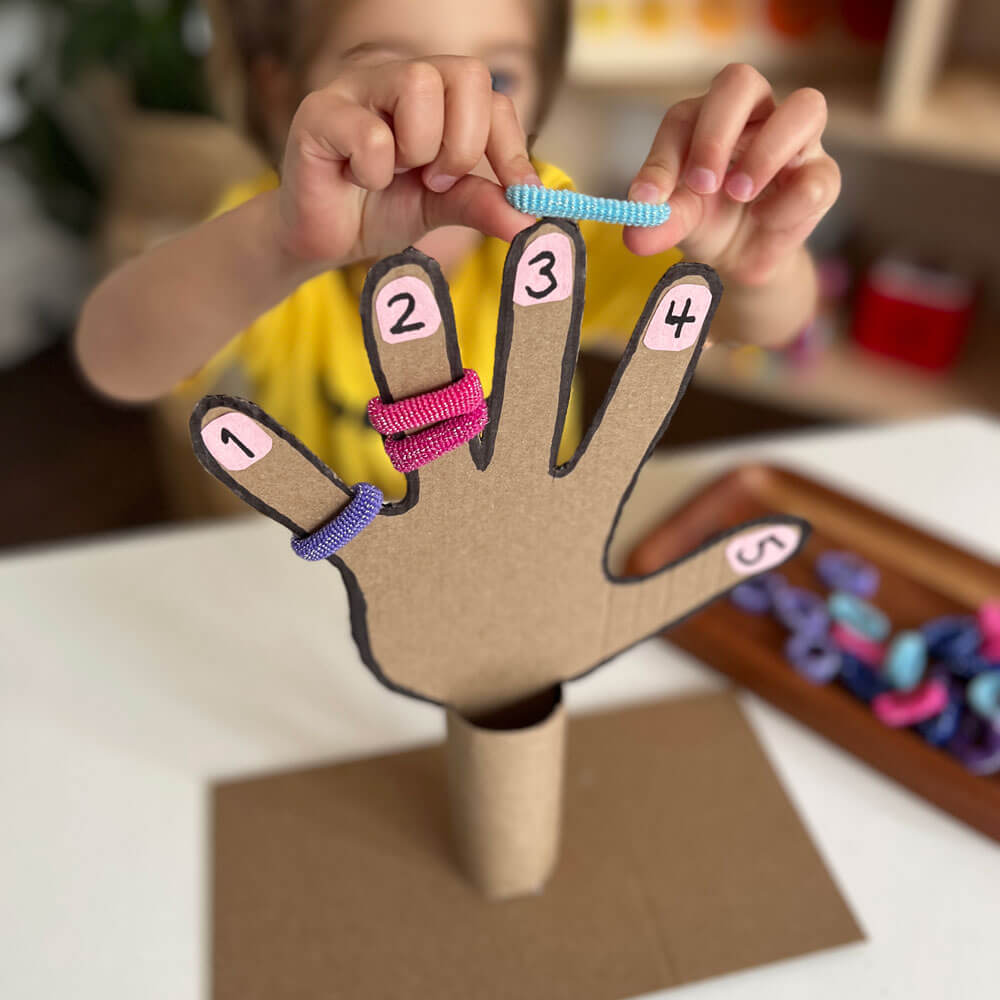
Counting to 5: Hands-On Number Recognition
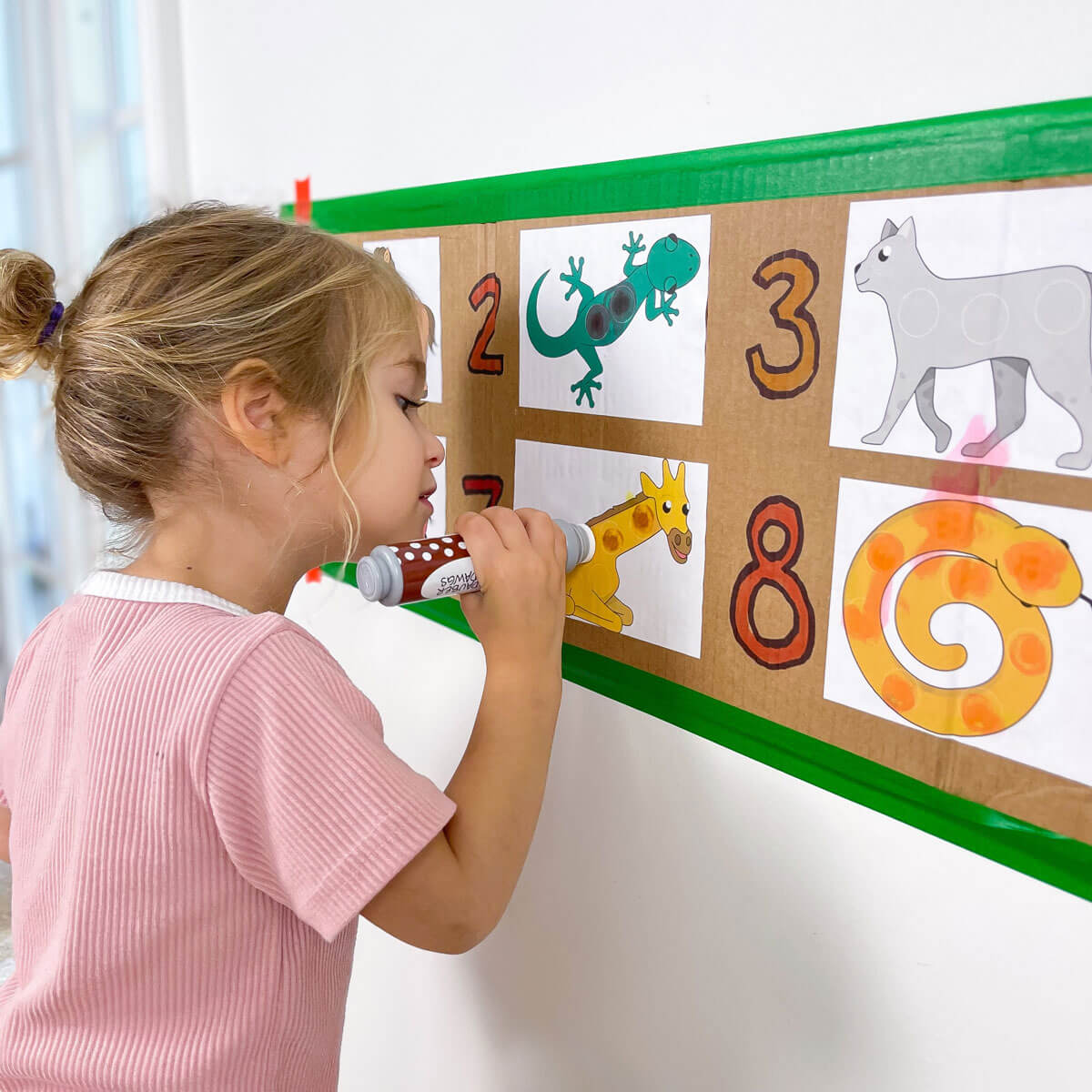
Dot the Animal Printable

DIY Number Board!
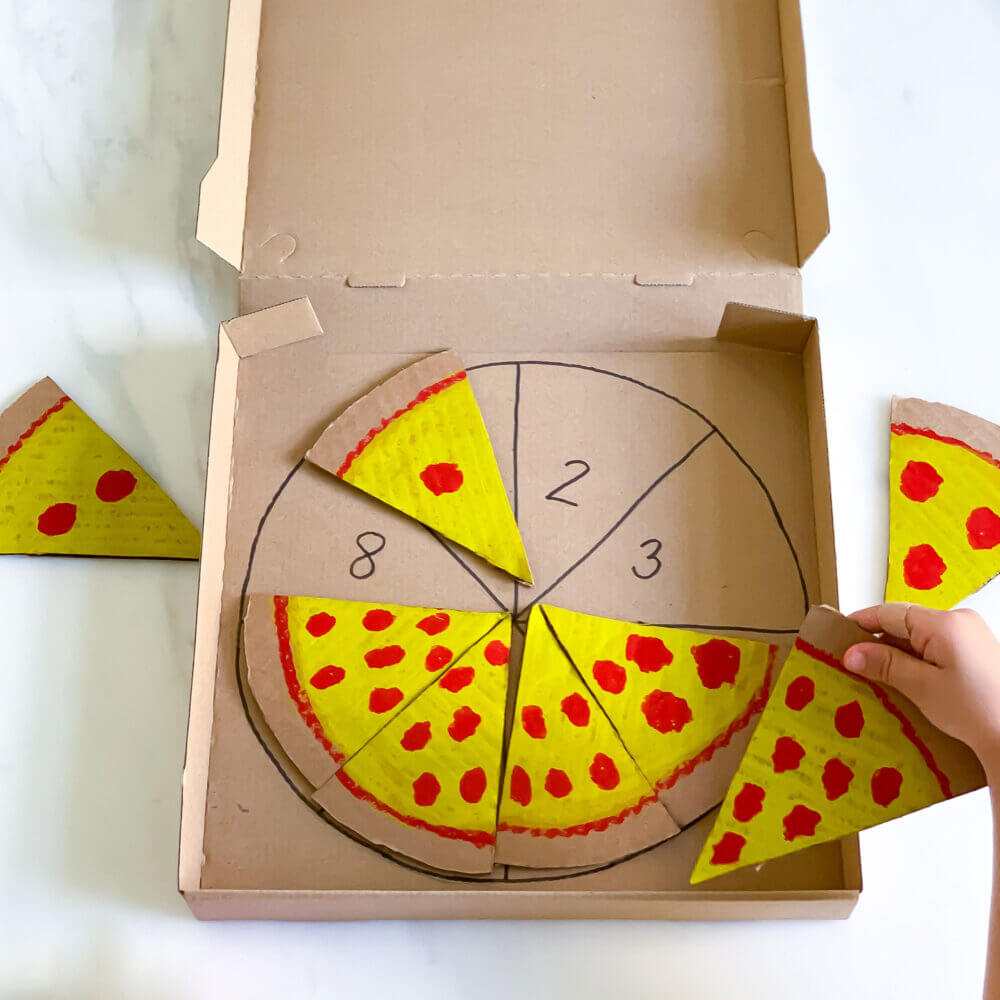
Numbers Game for the Pizza Lover!
What’s Next?
How to Make Kids Bath Paint – Colorful Clean Fun
The Best Bath Toys for Kids in 2024
Explore the best bath toys for kids! Discover the ultimate guide to bath time fun with these top picks that will make every splash memorable.
How to Layer a Raised Garden Bed and Make a Trellis
Learn how to layer a raised bed and create affordable trellises for thriving gardens. Explore our guide for expert tips & easy instructions!


